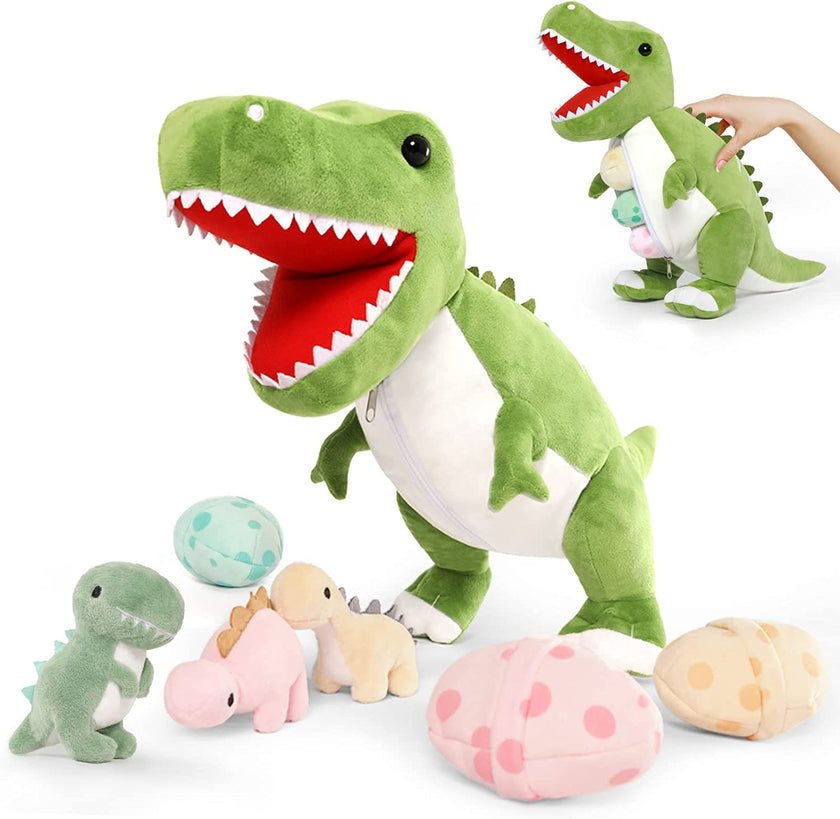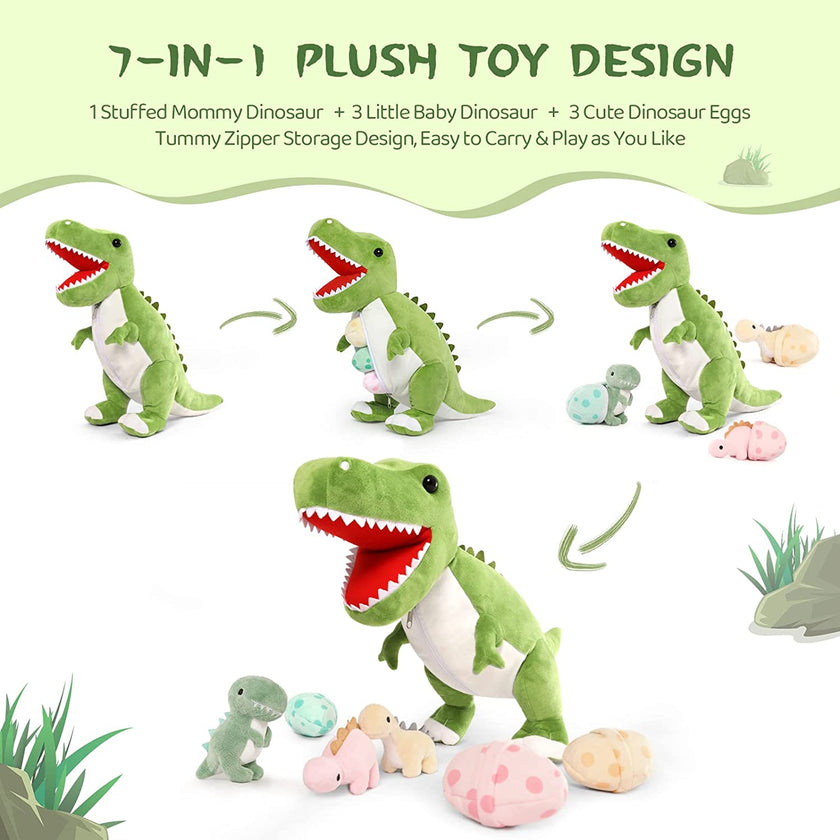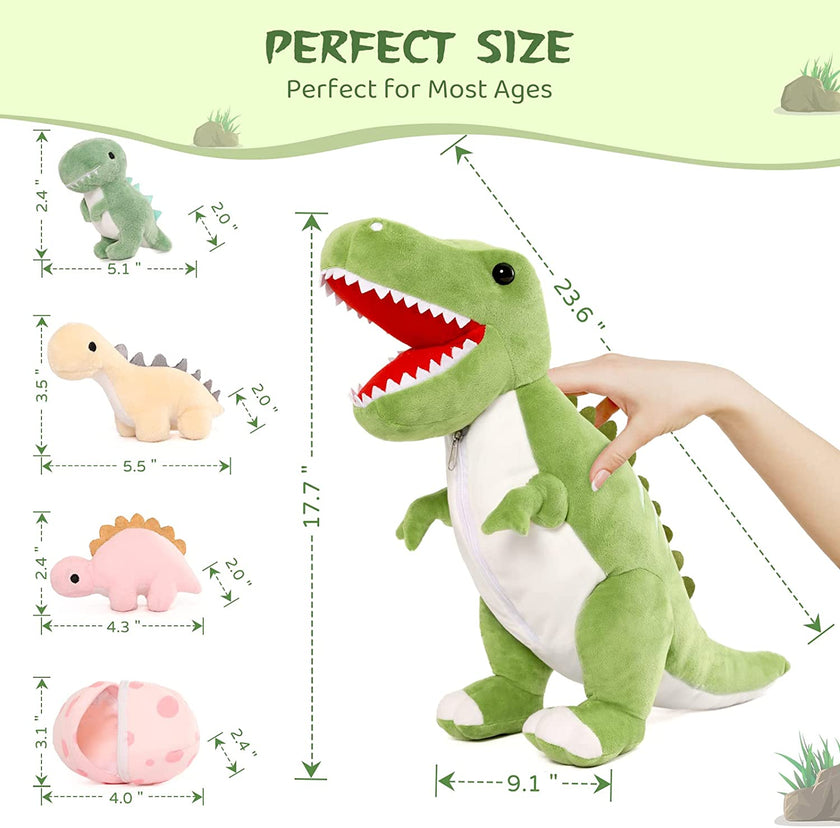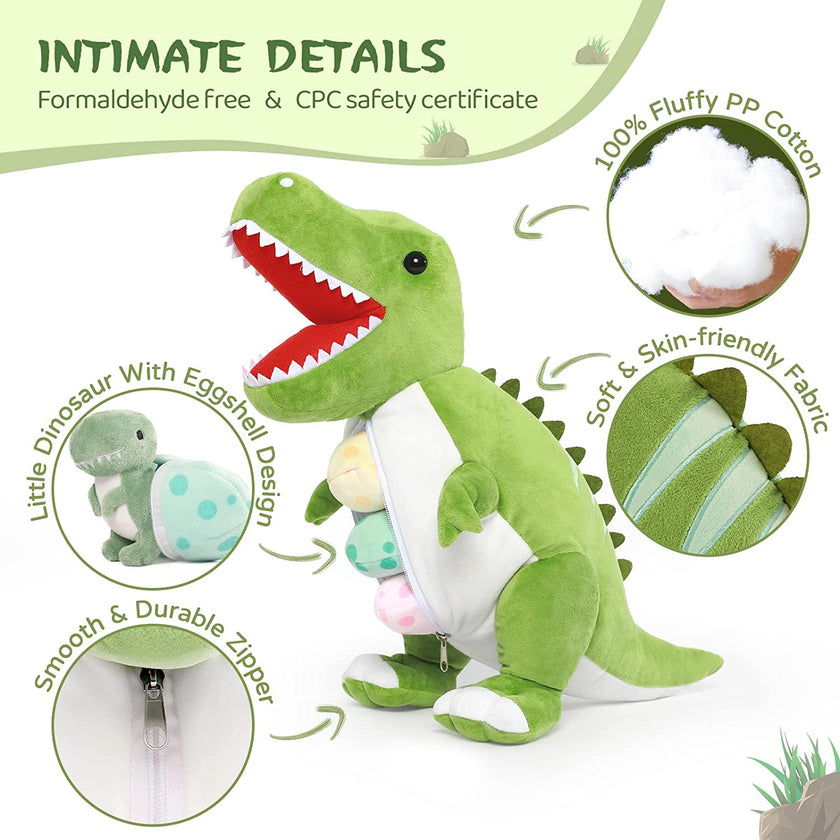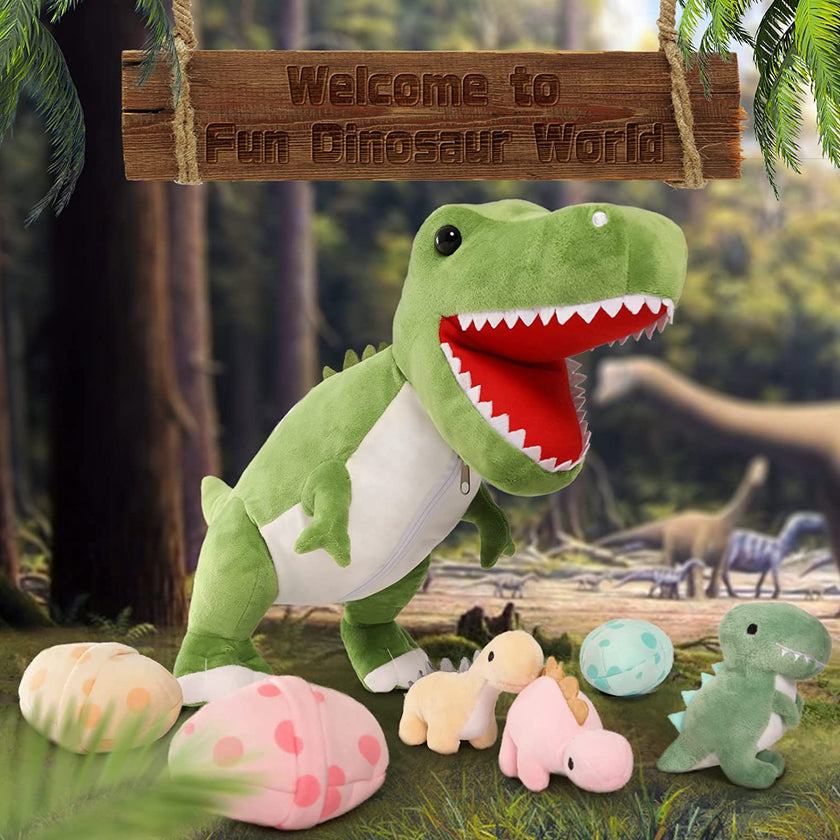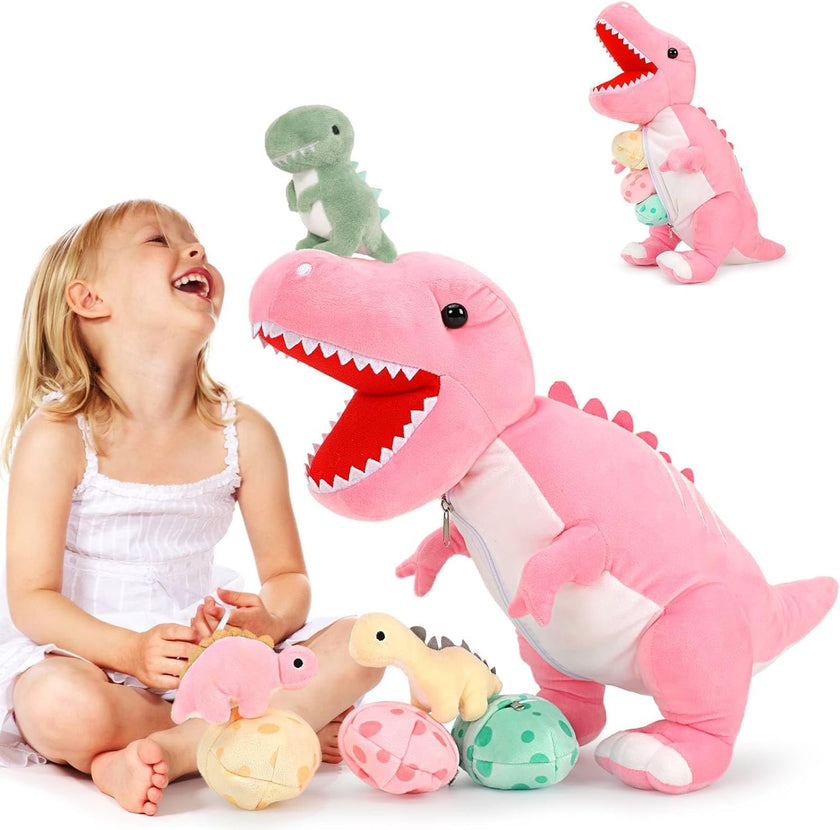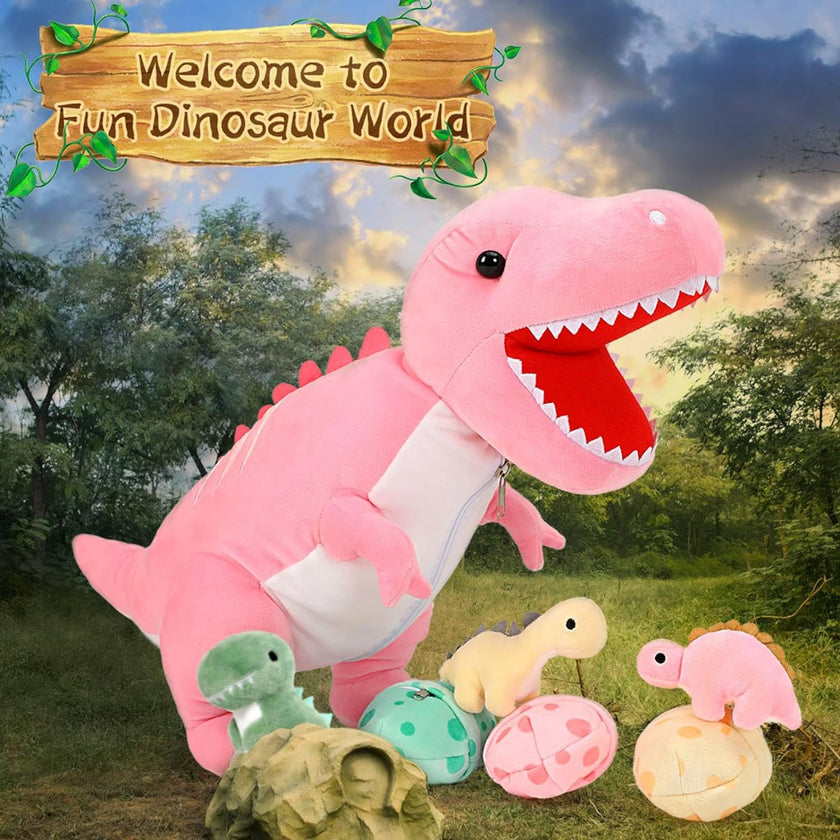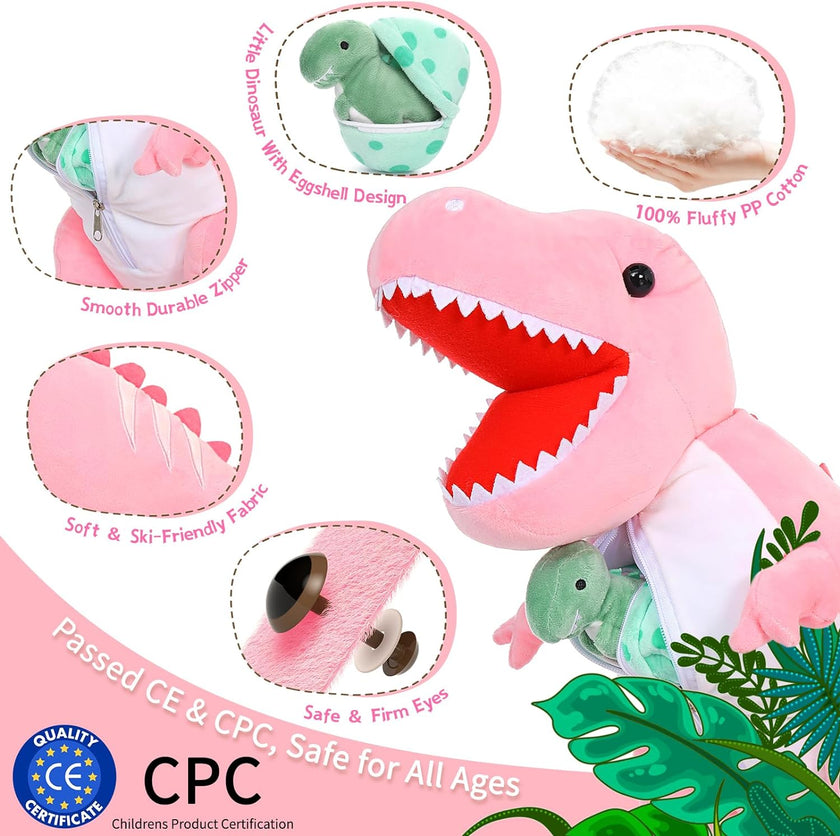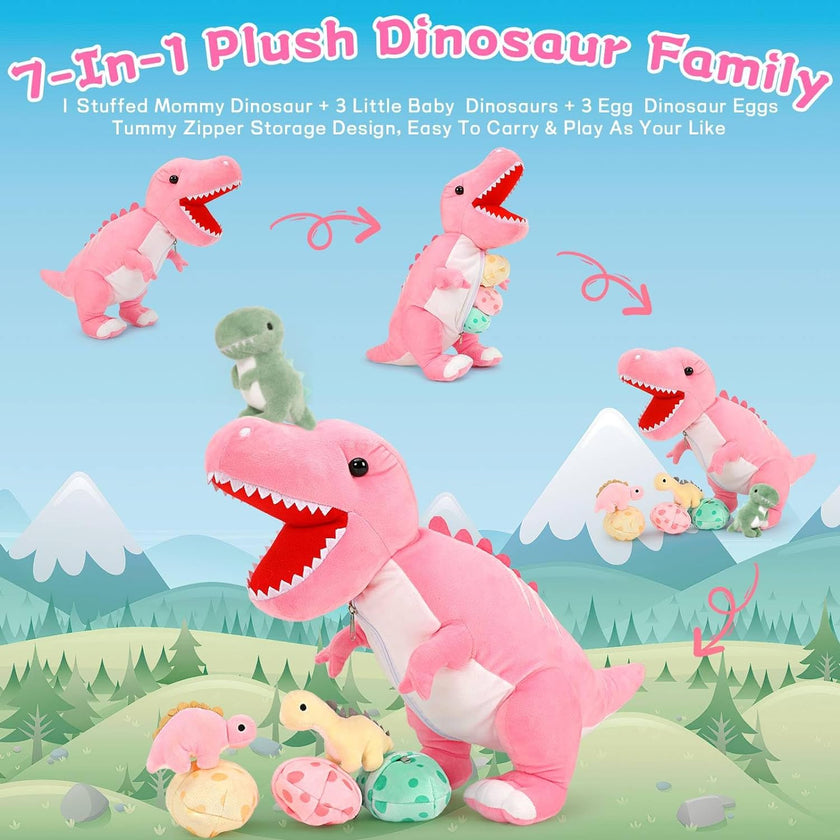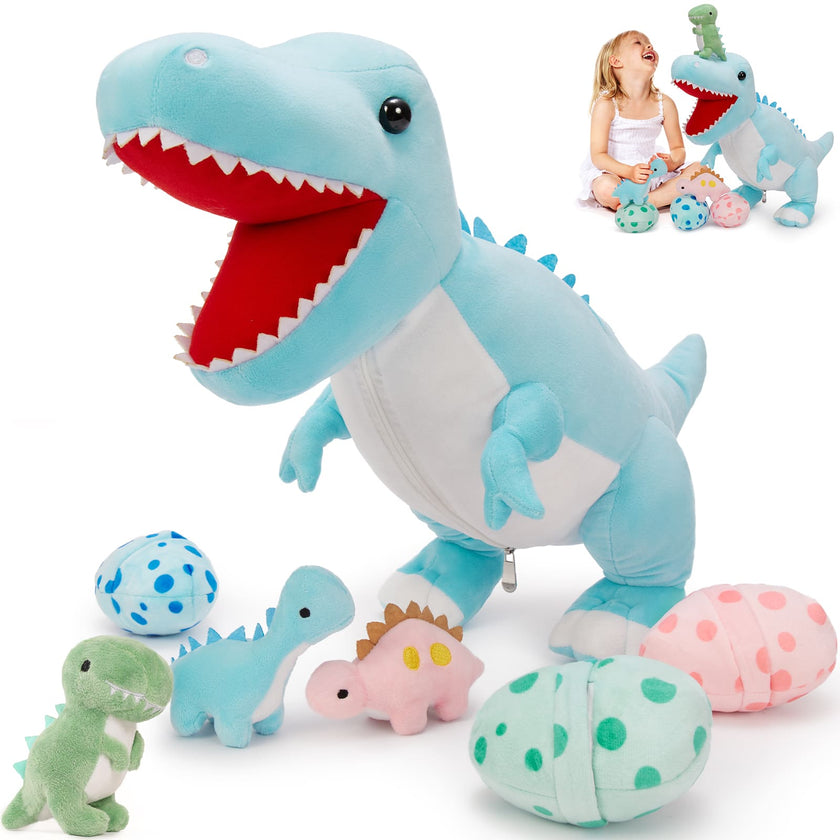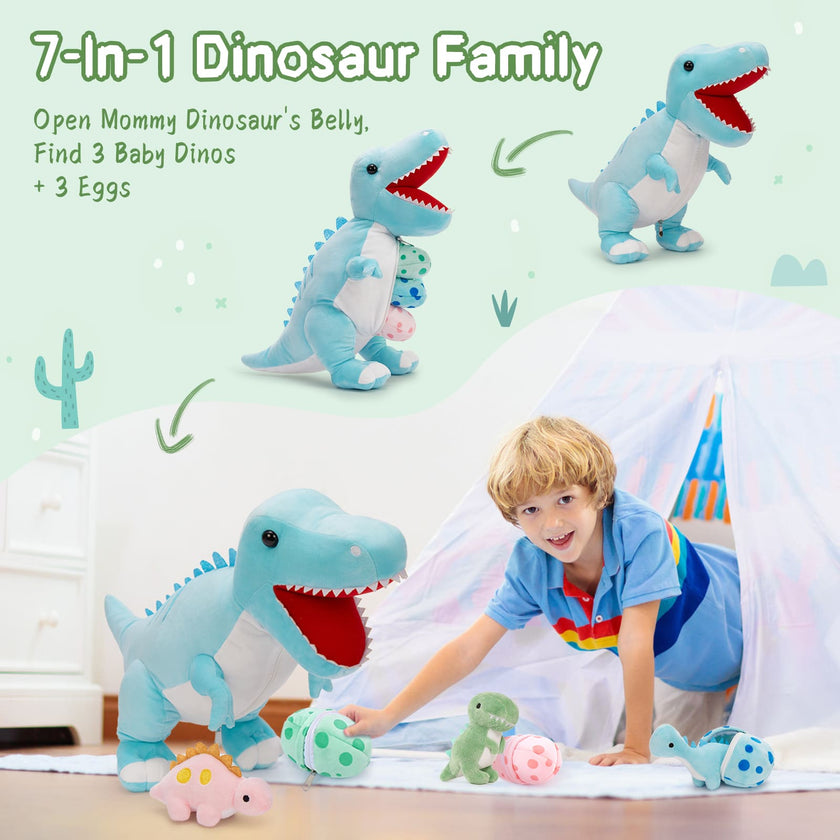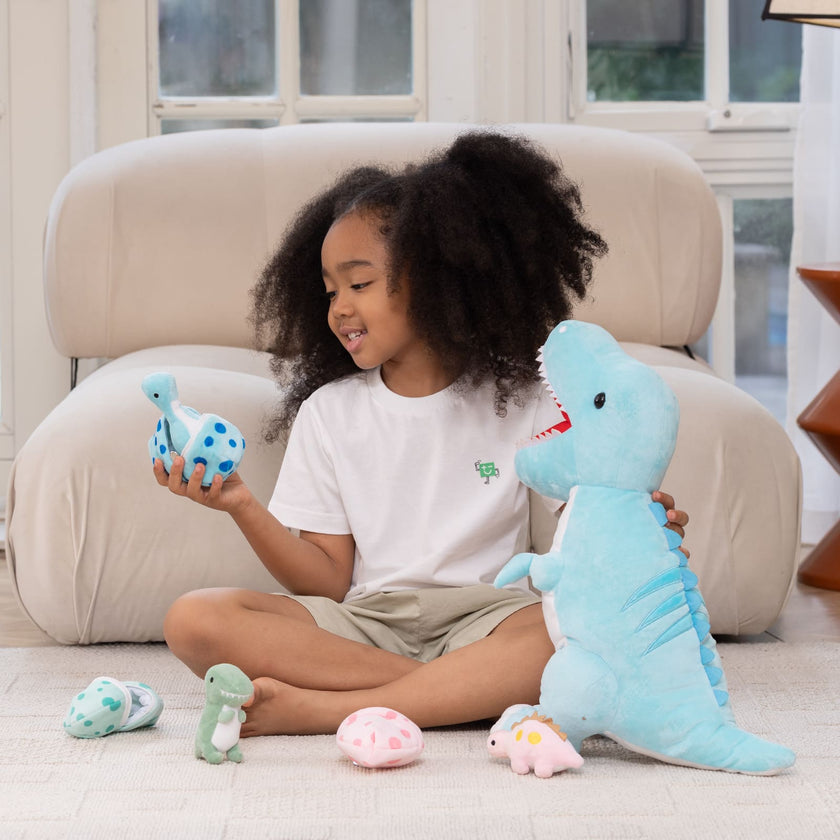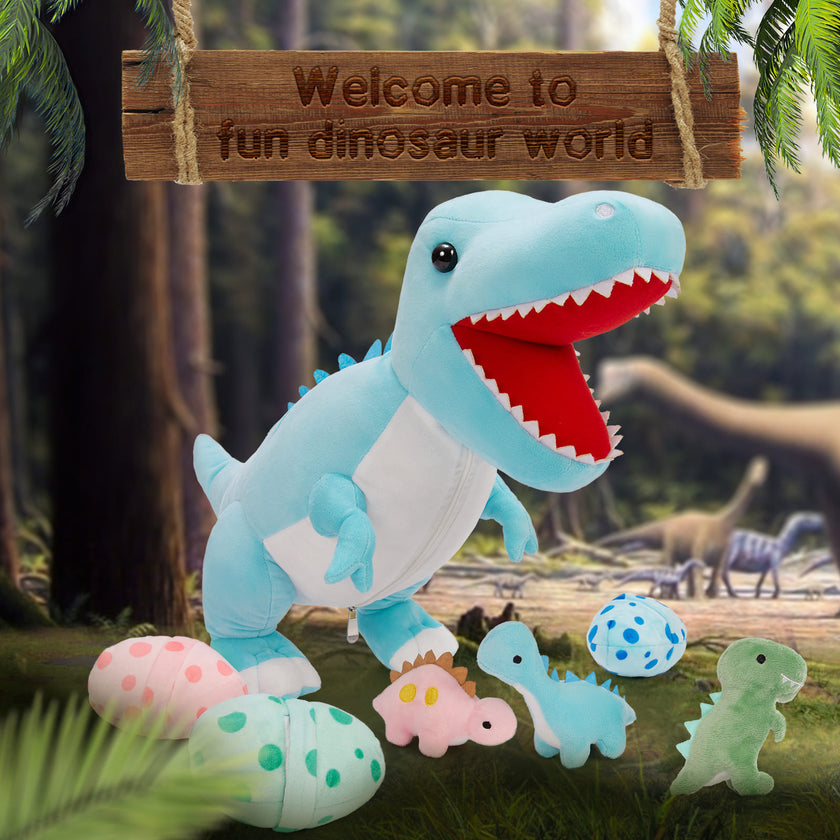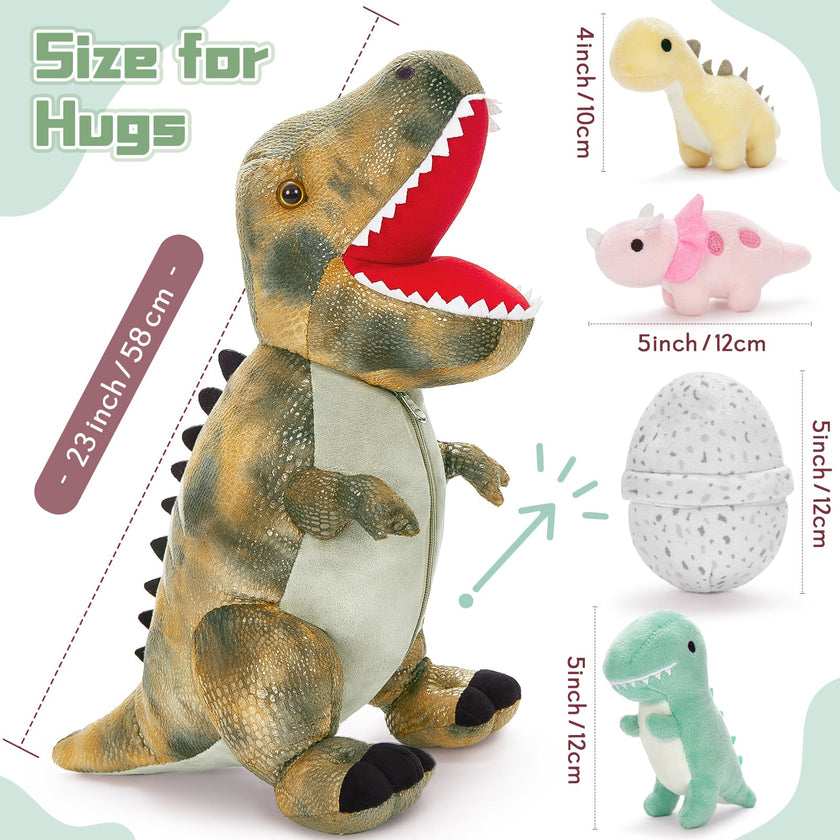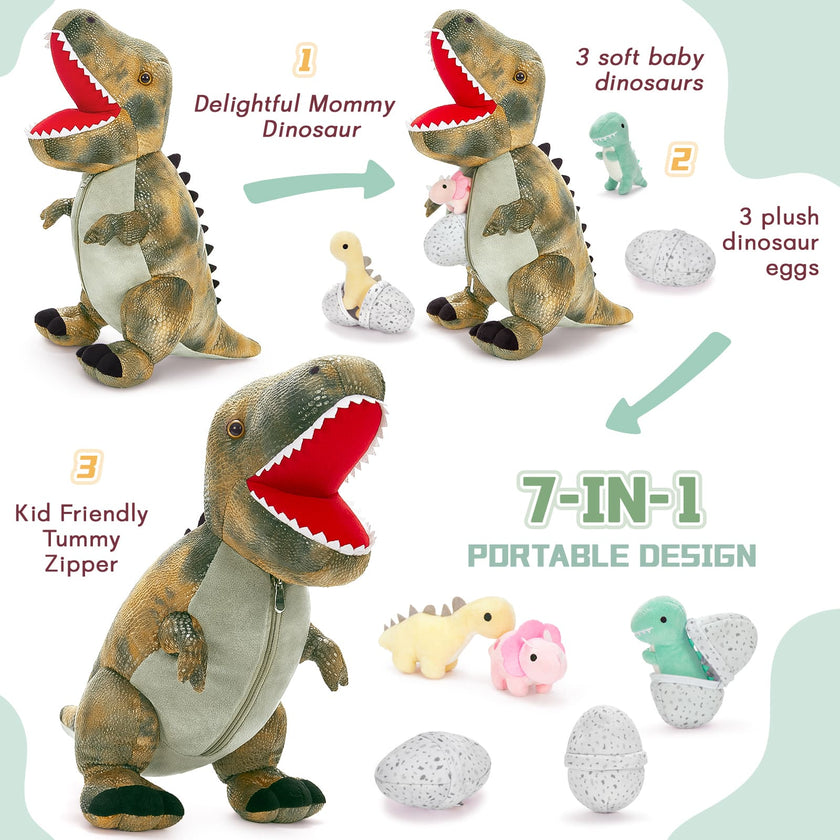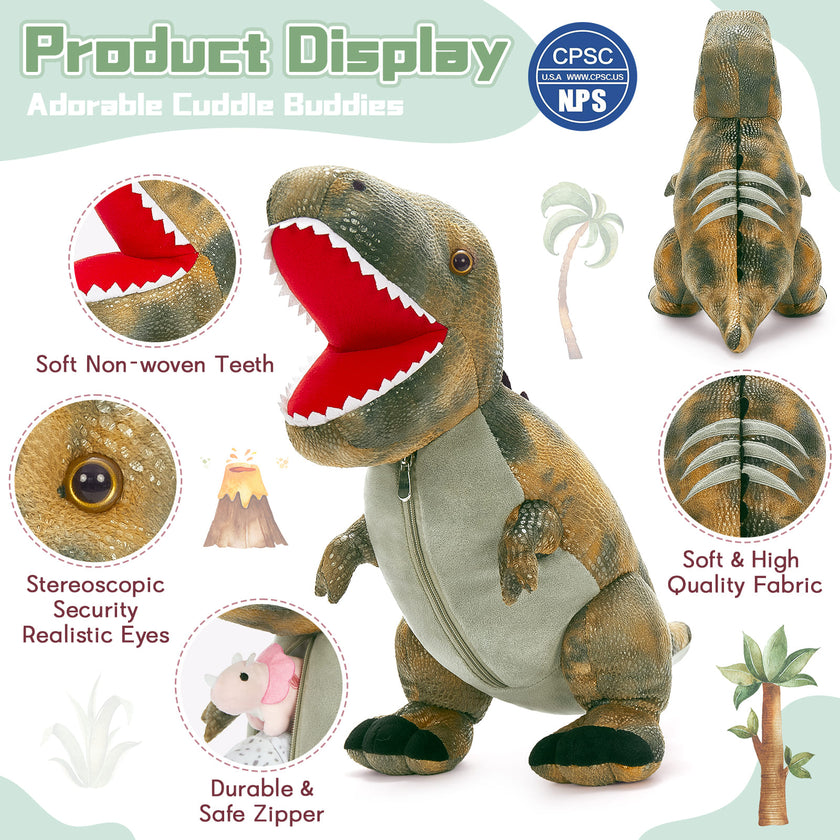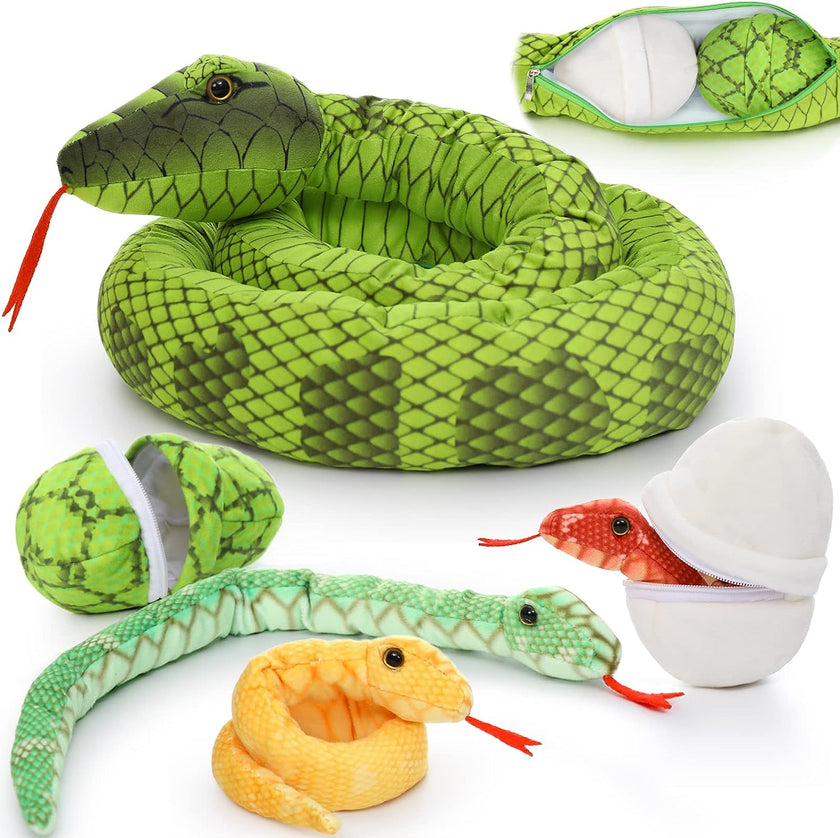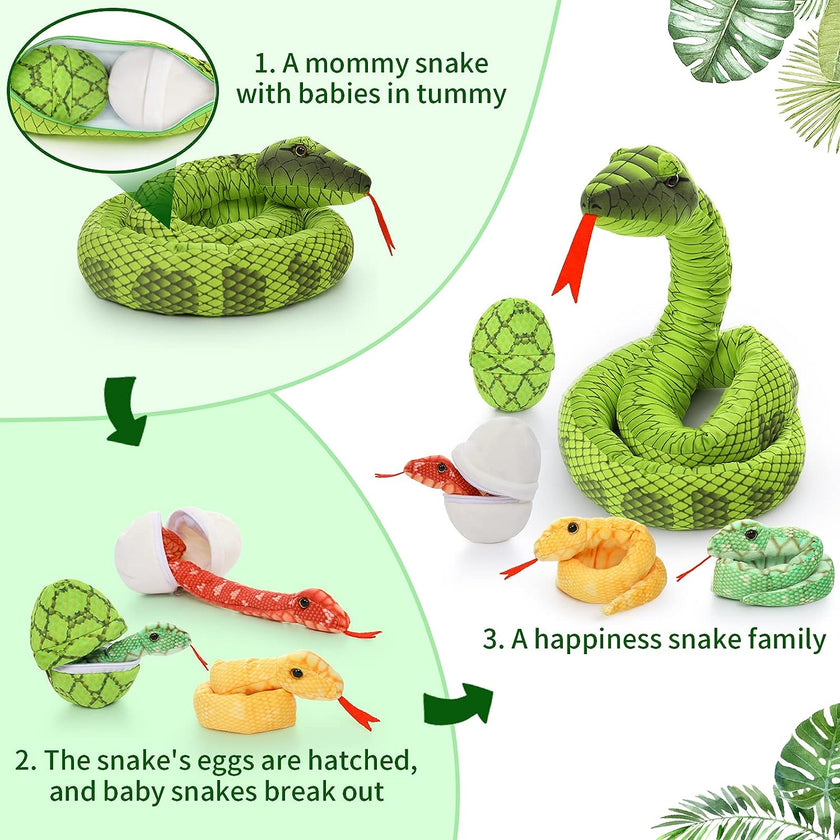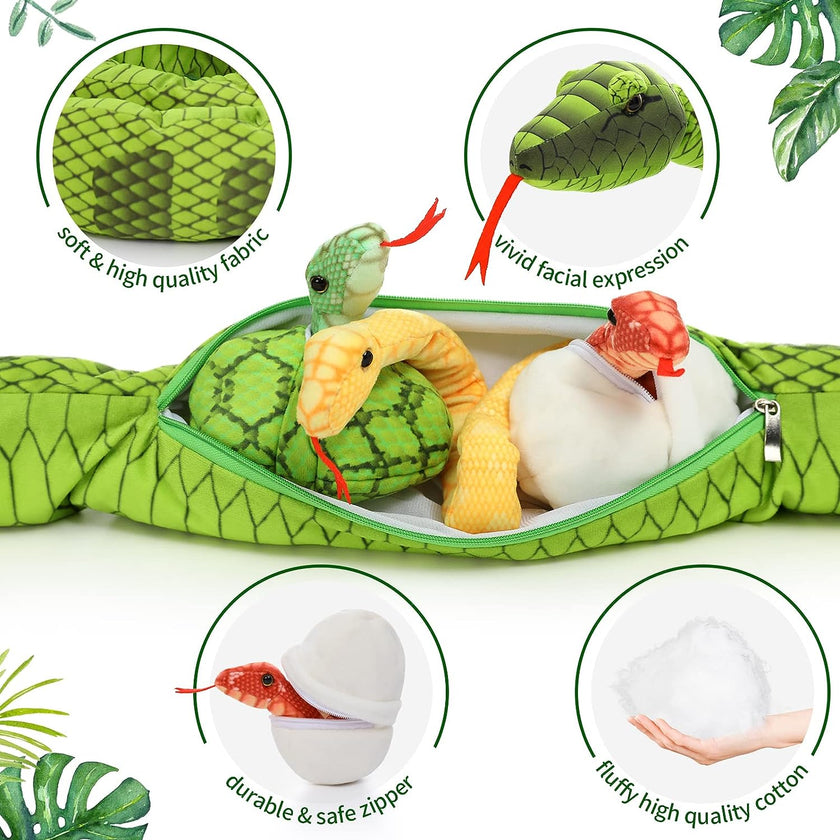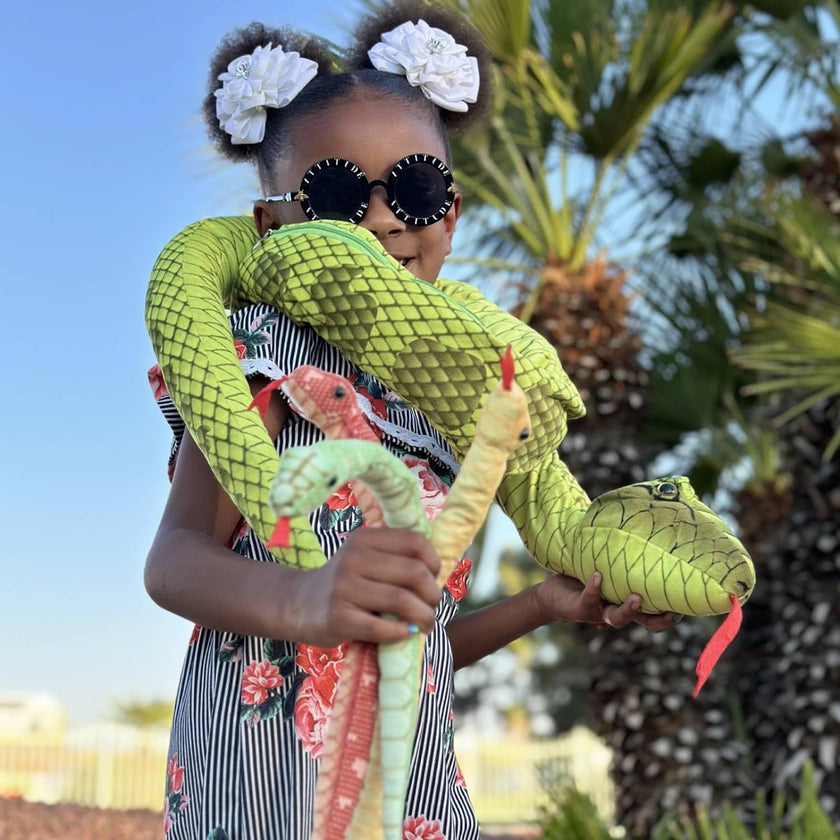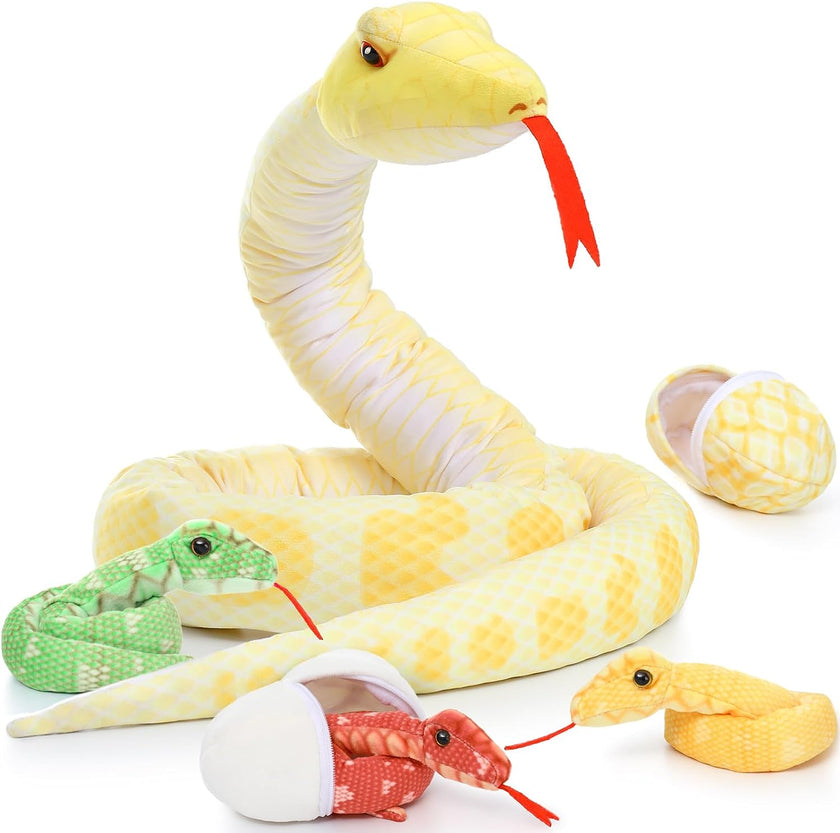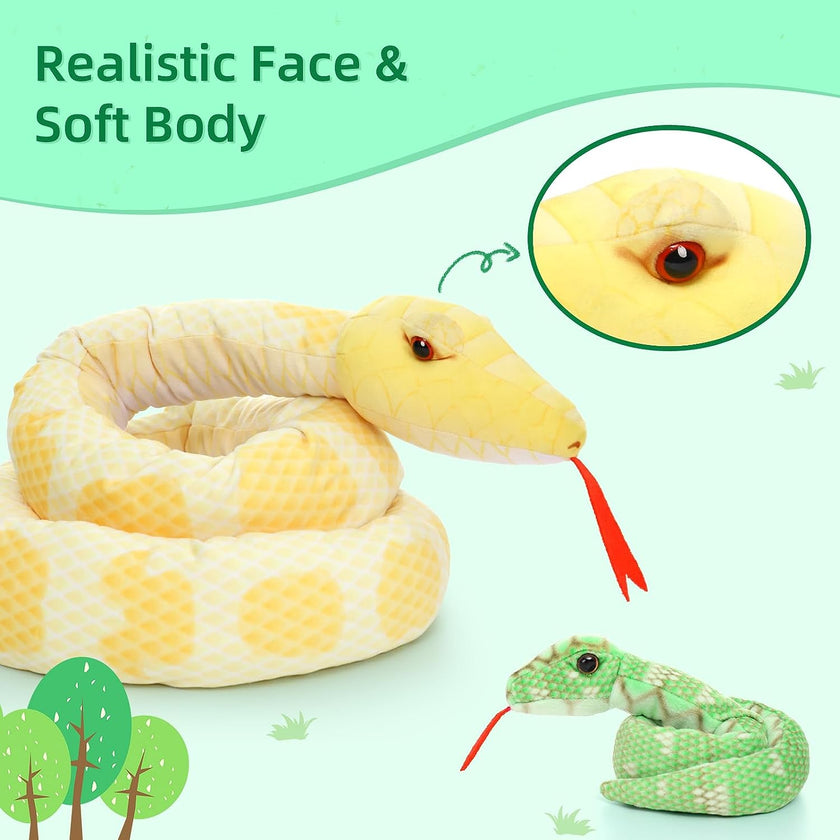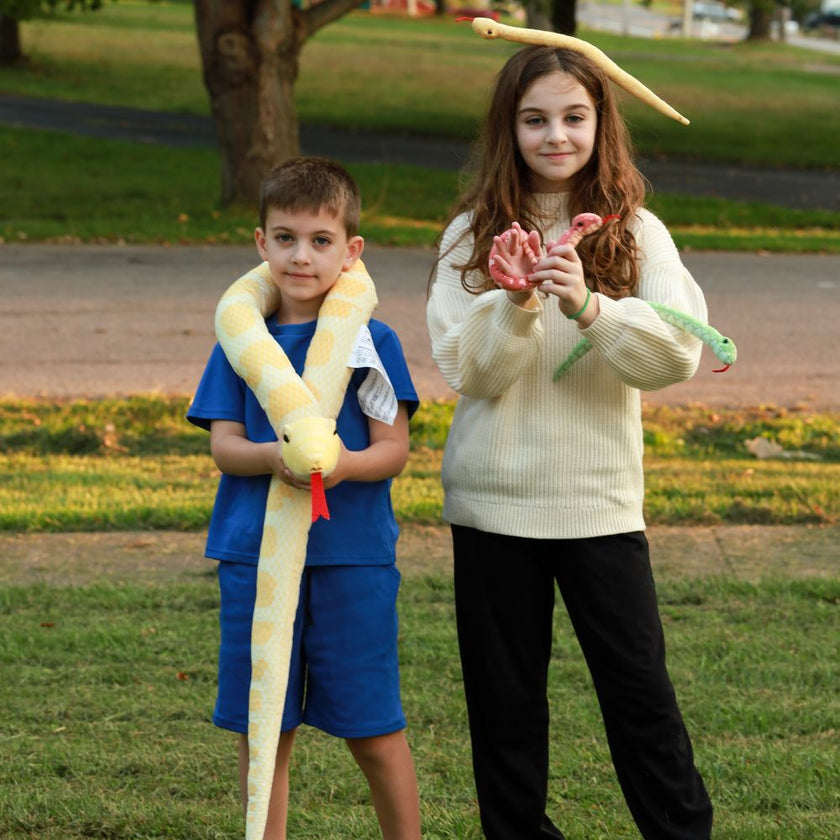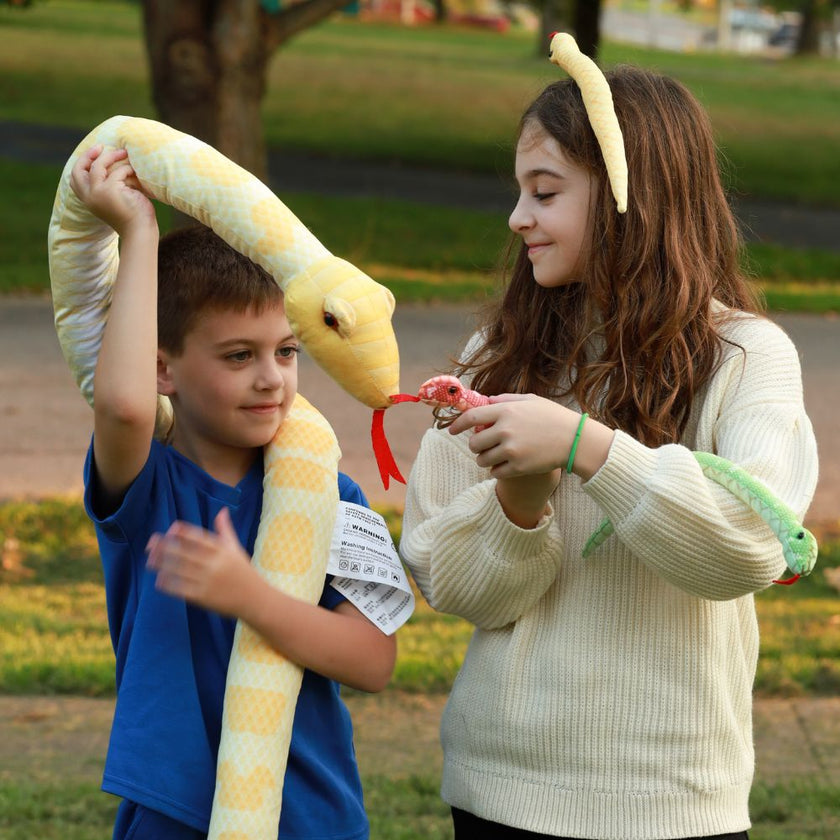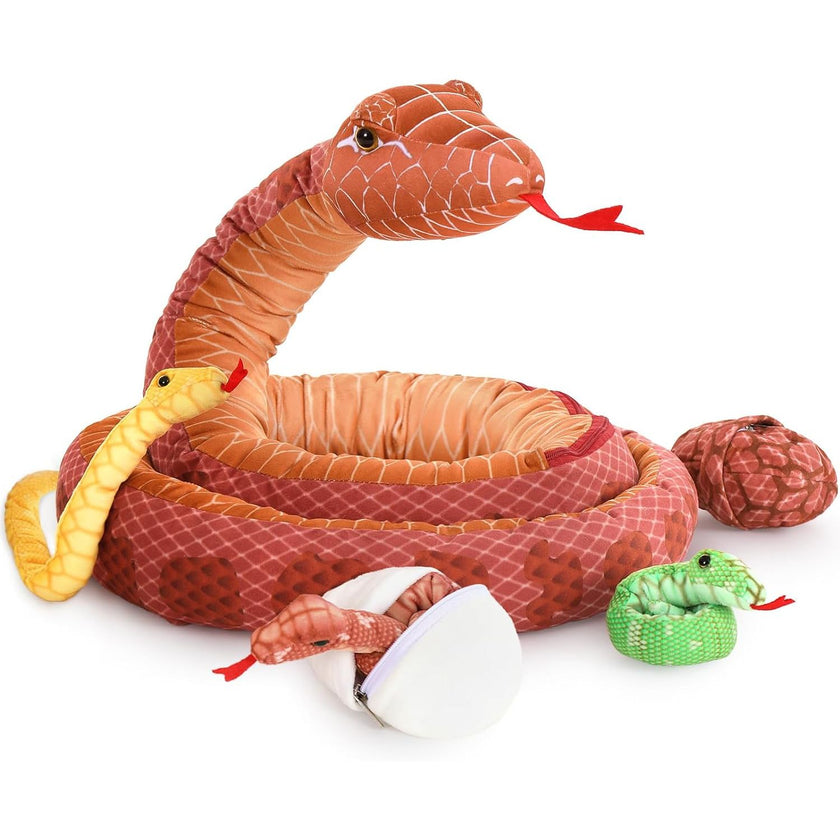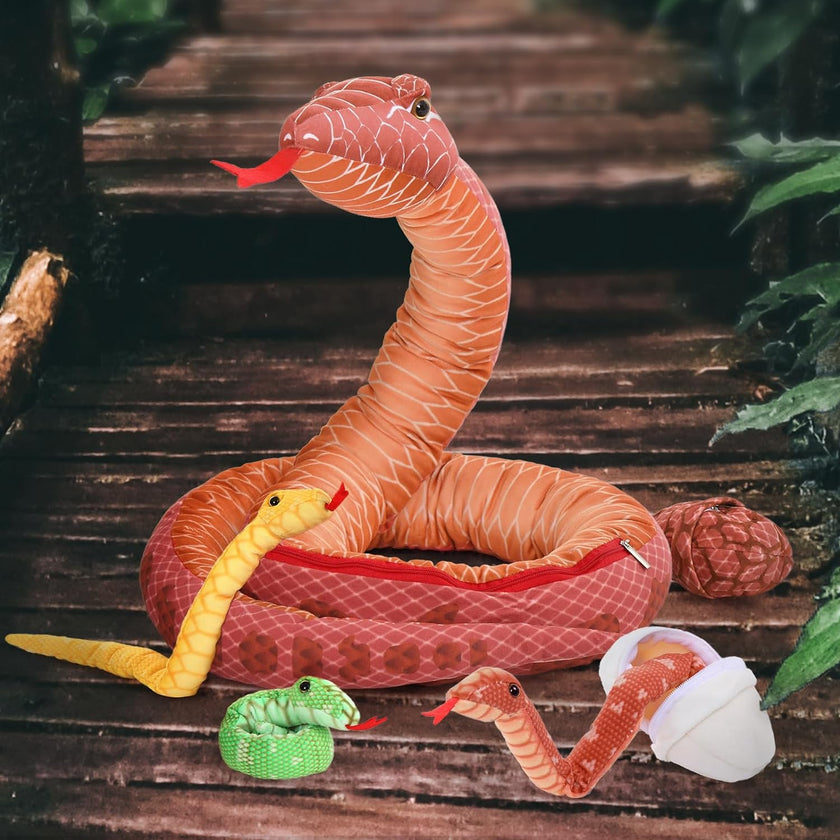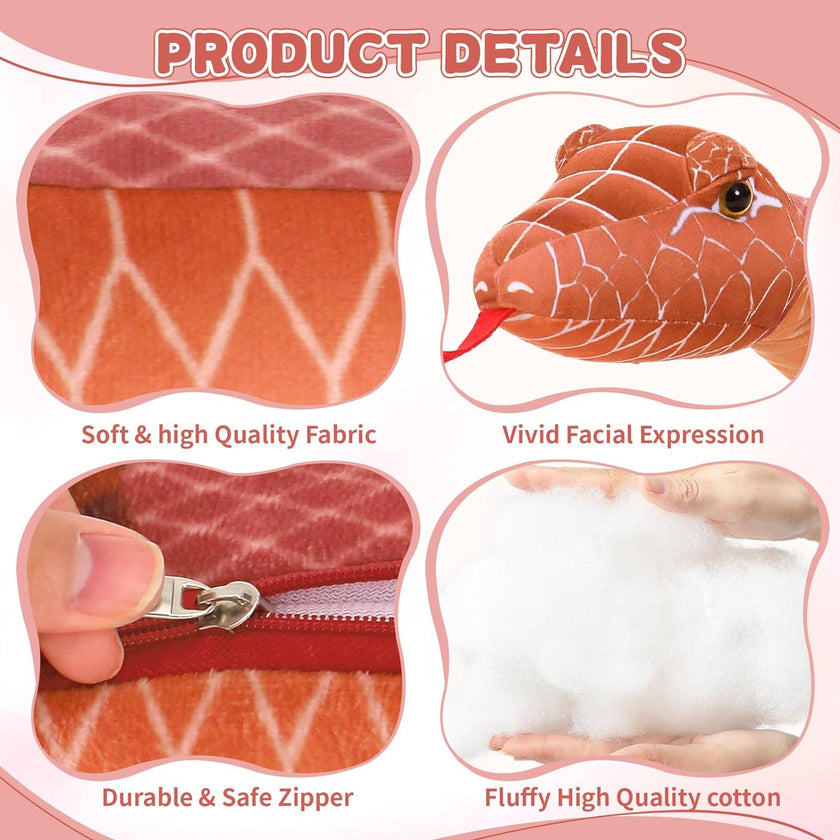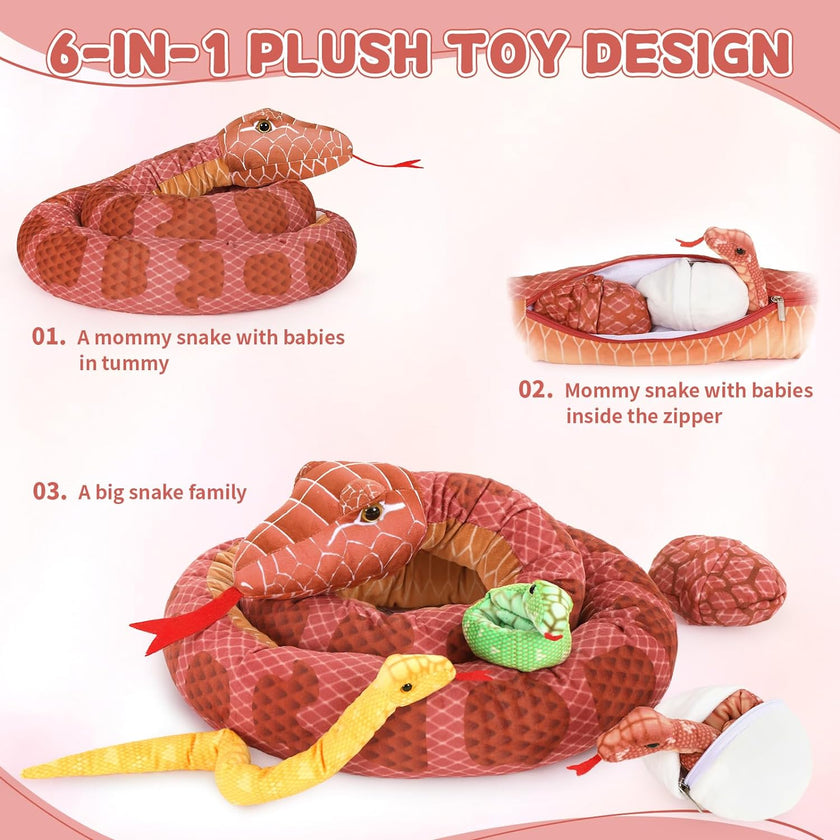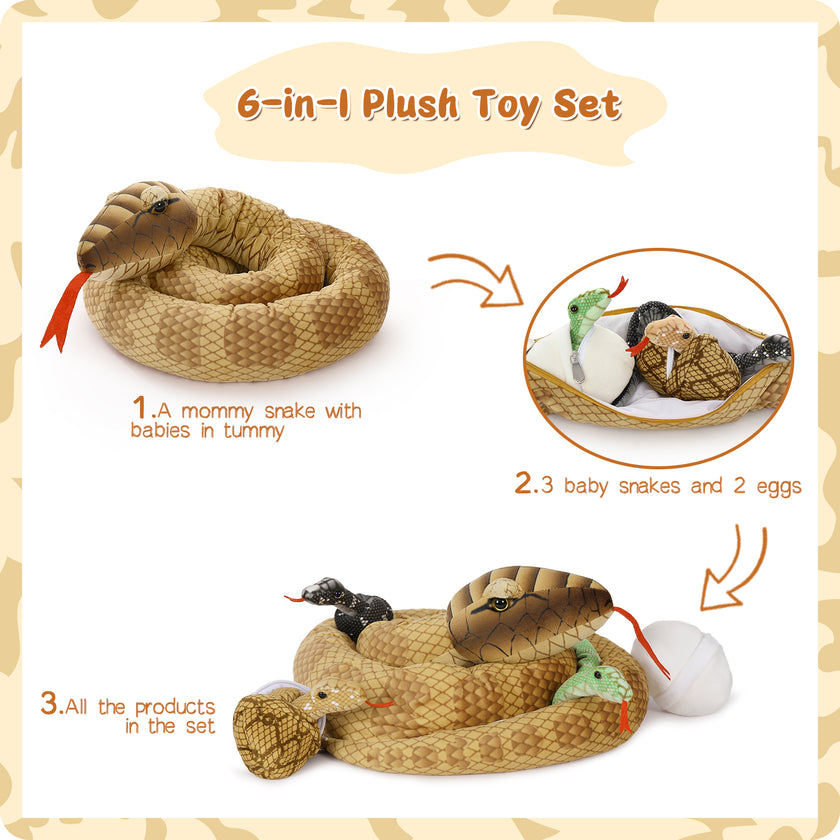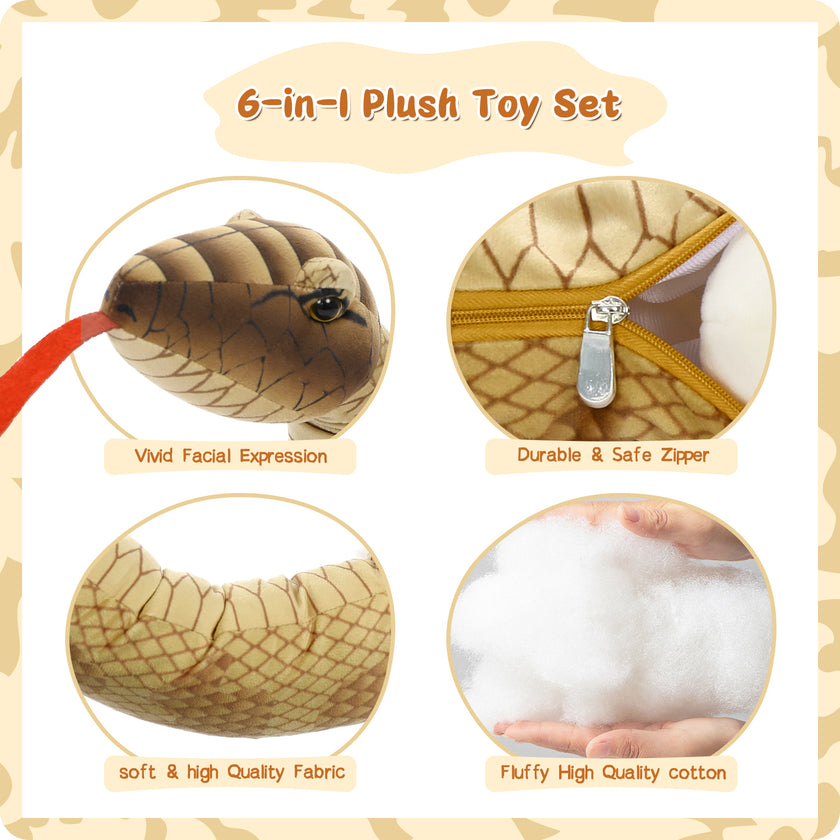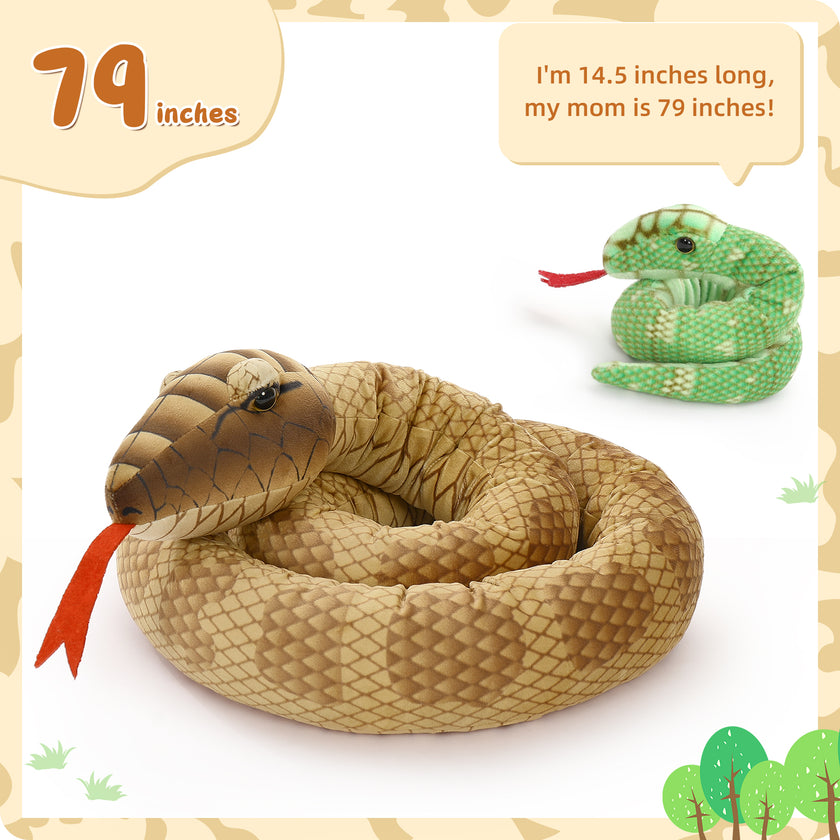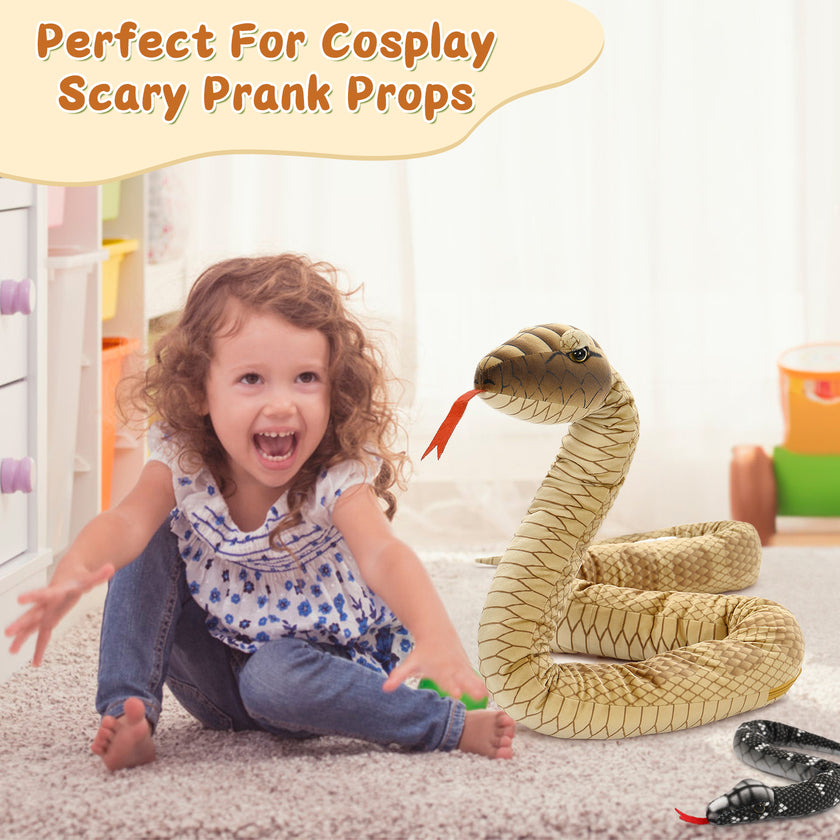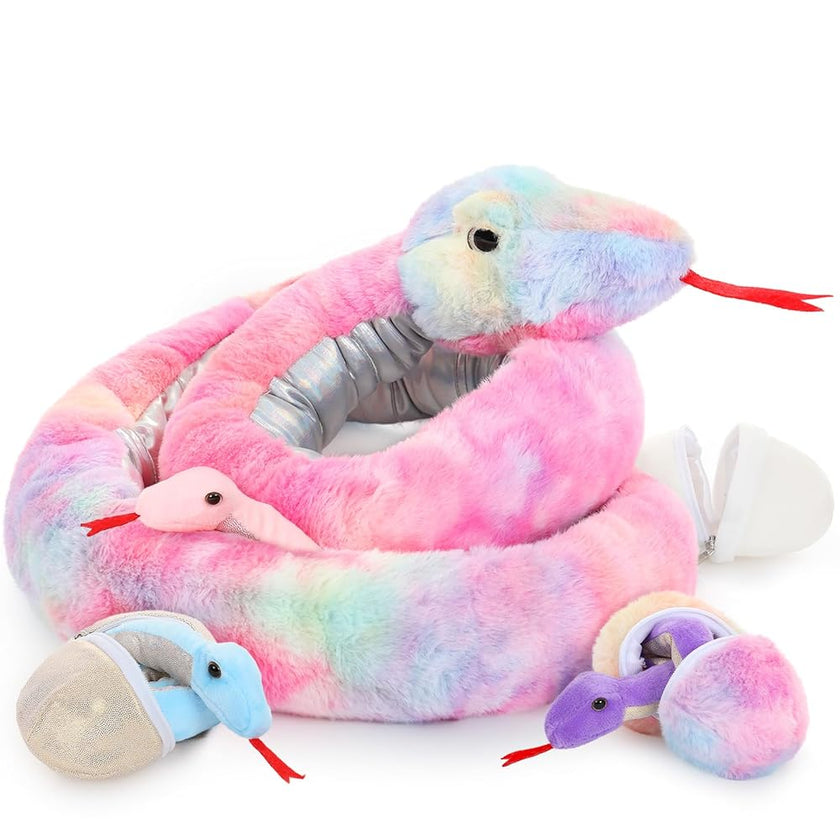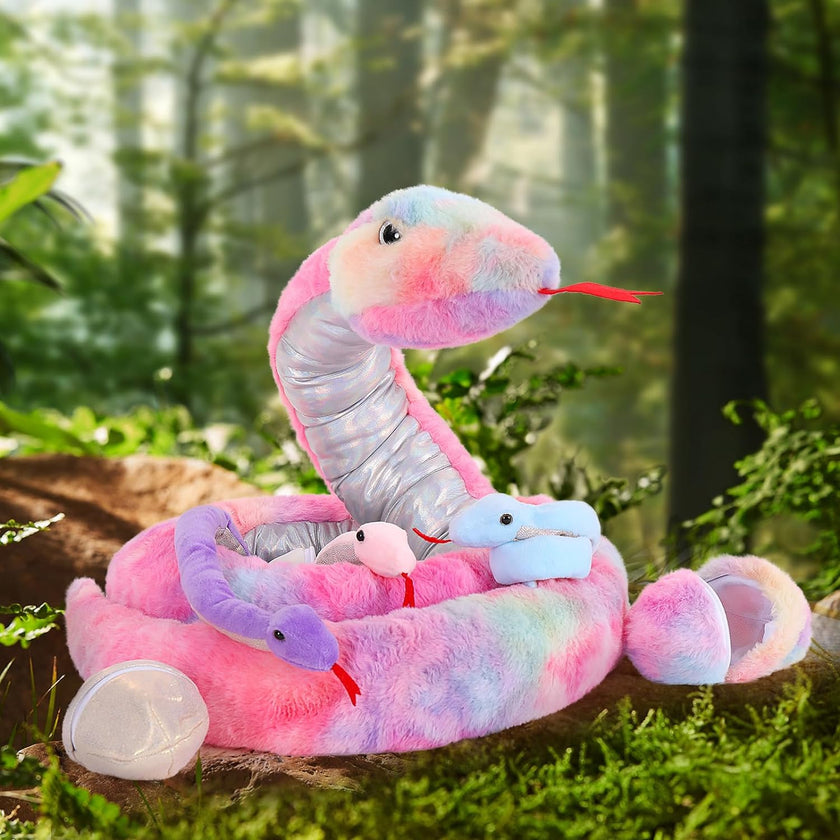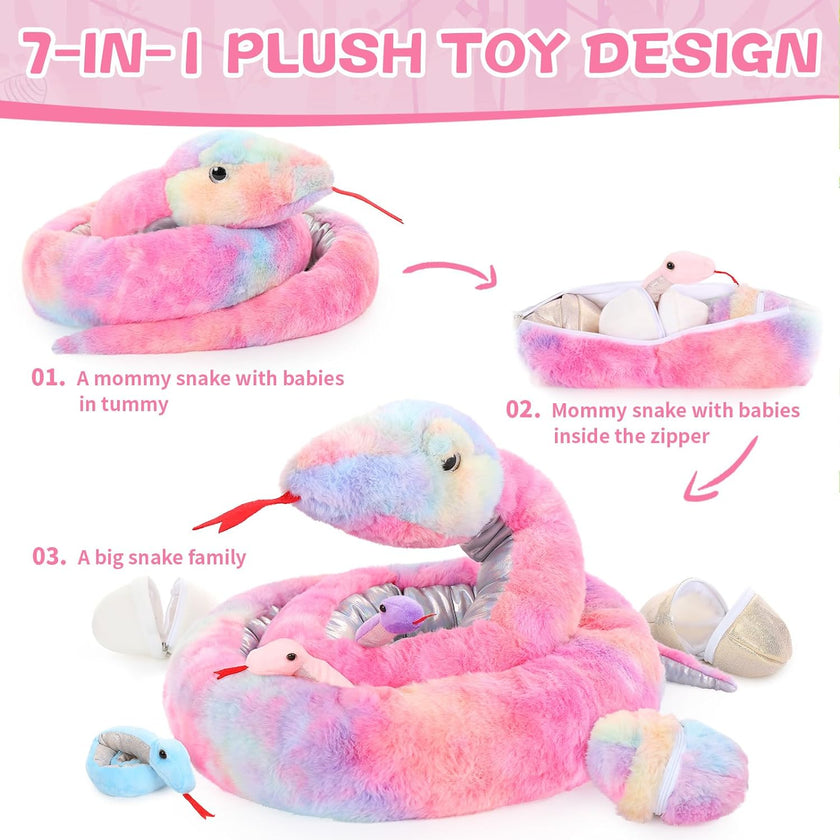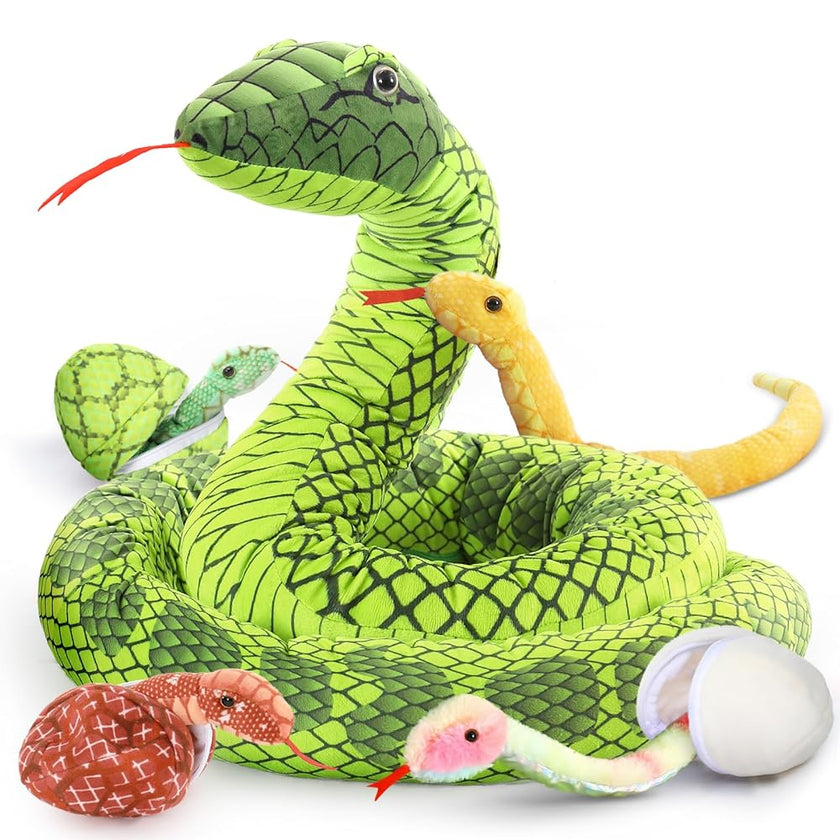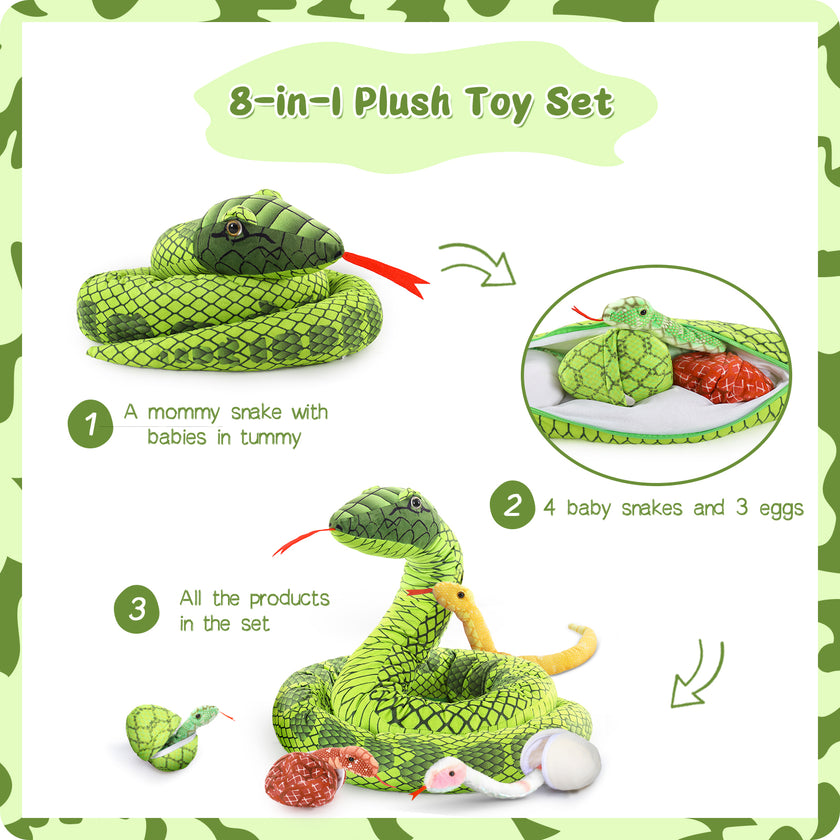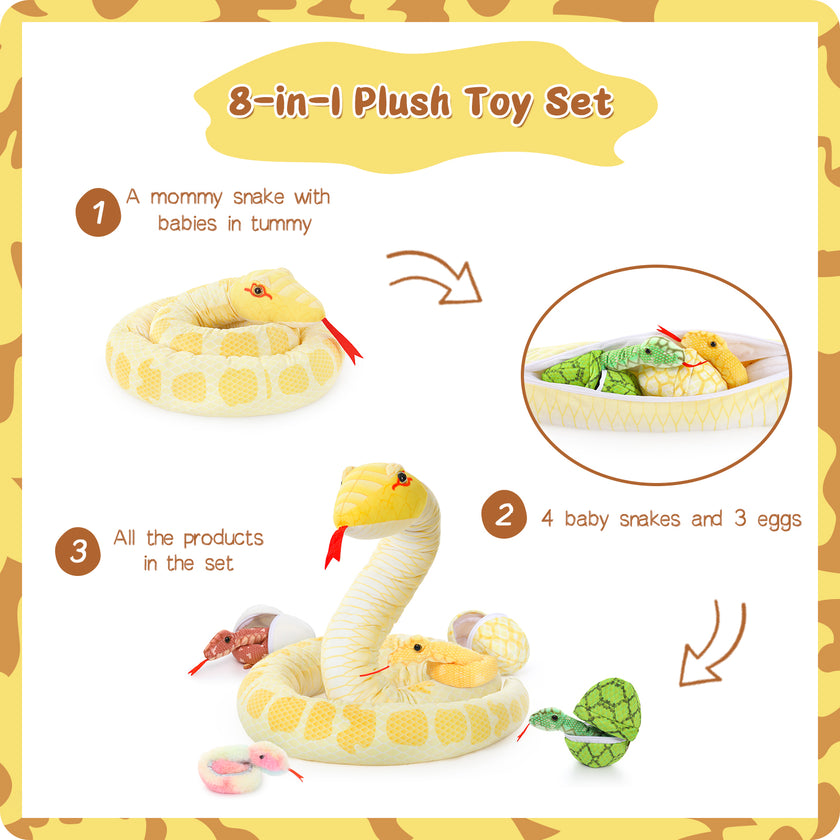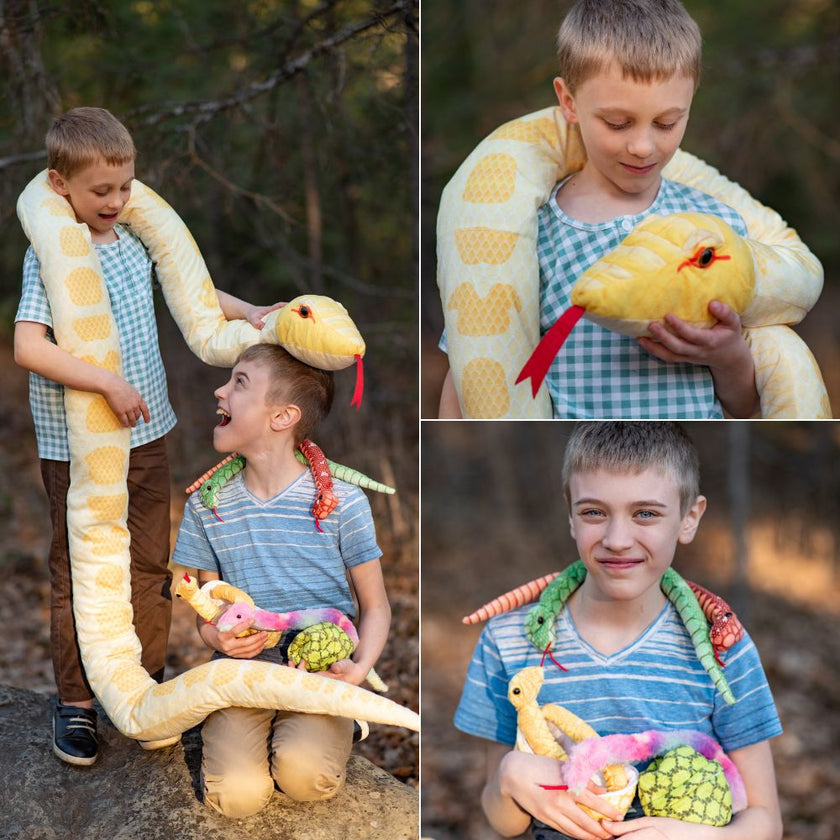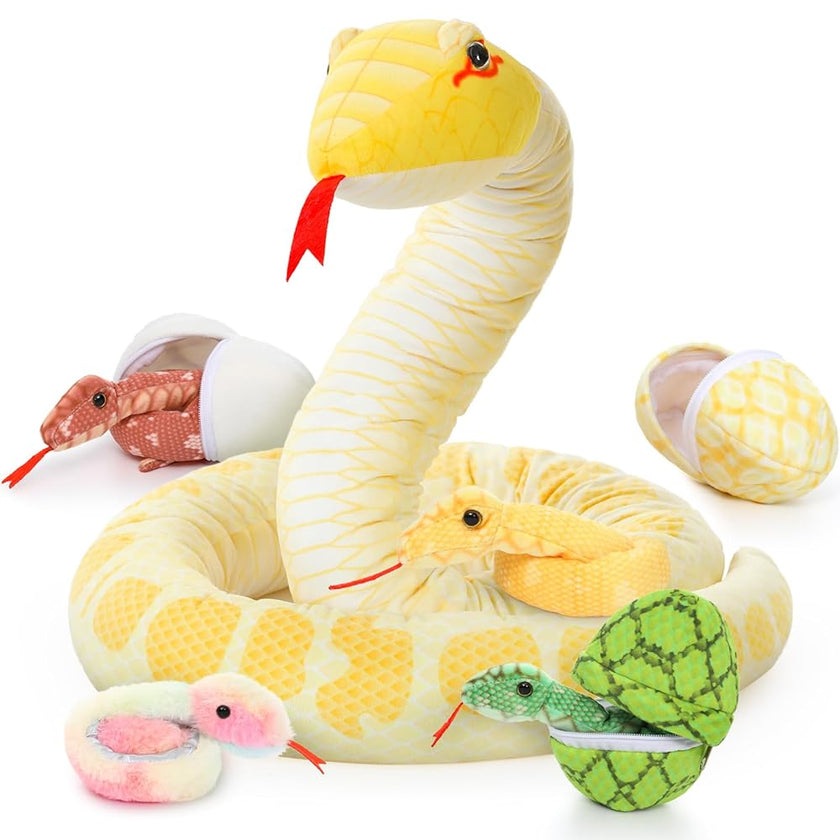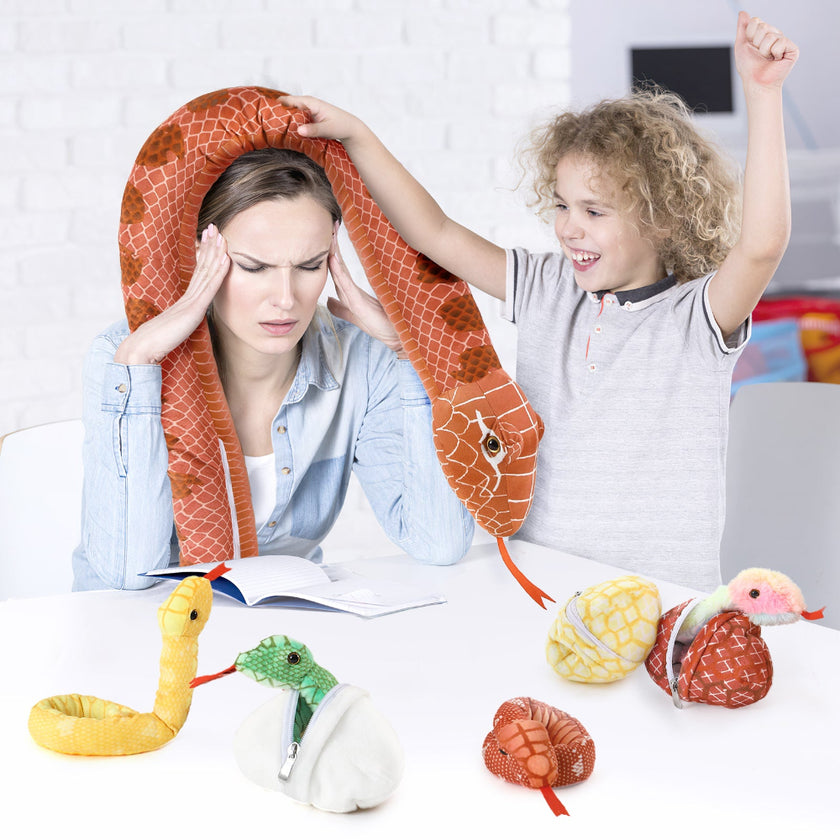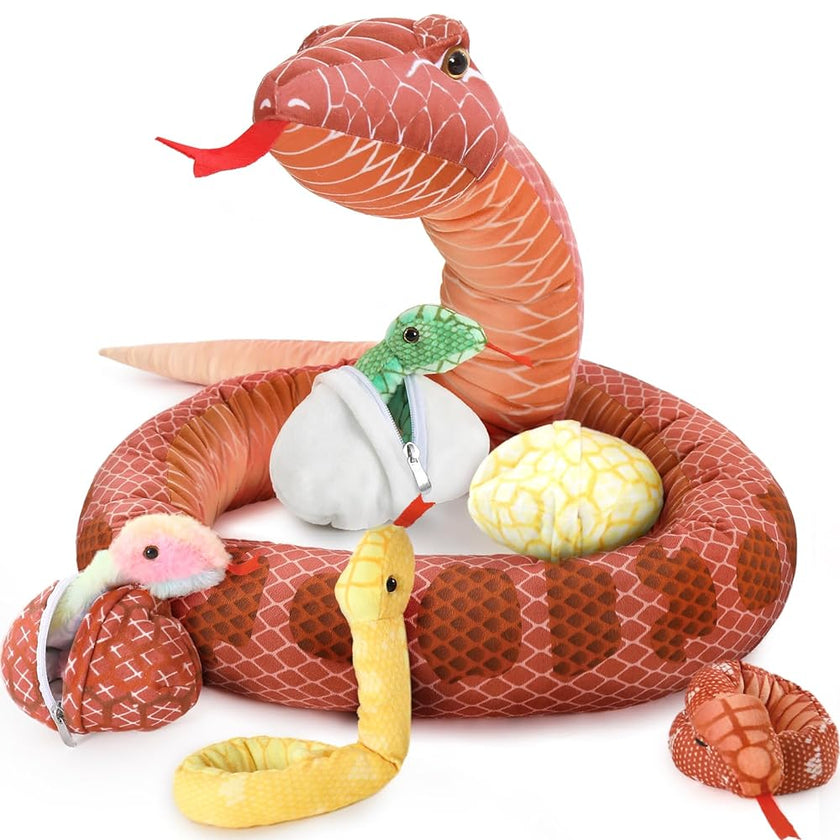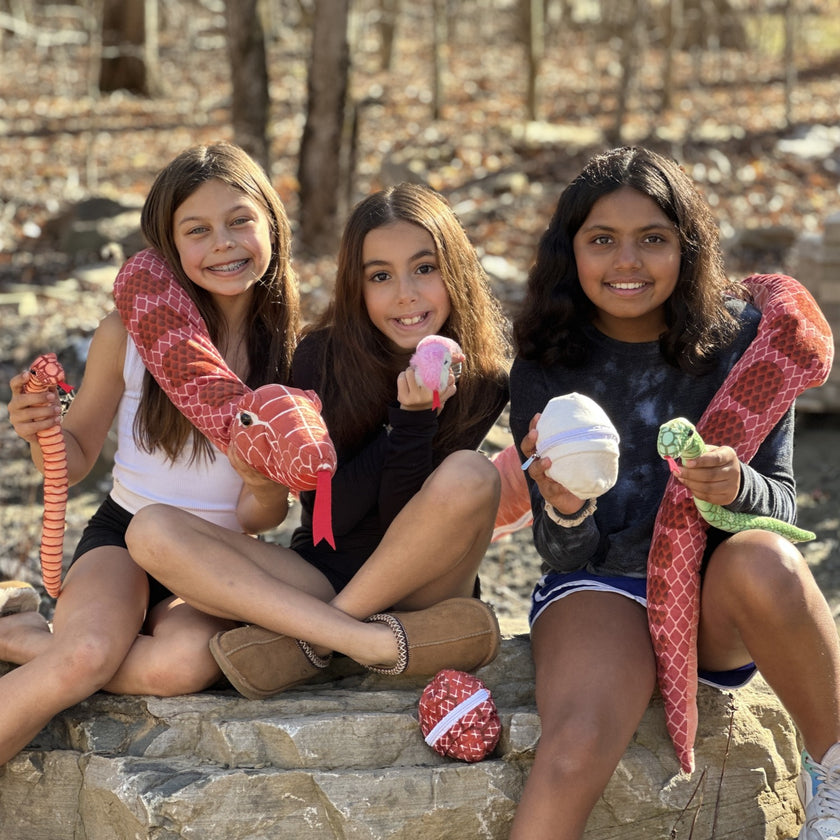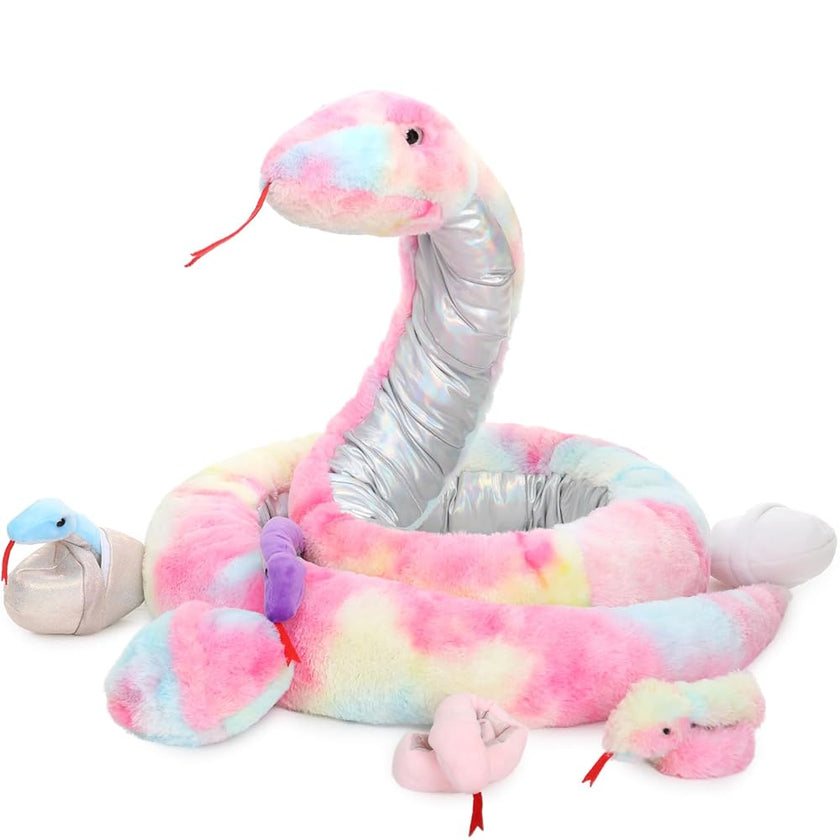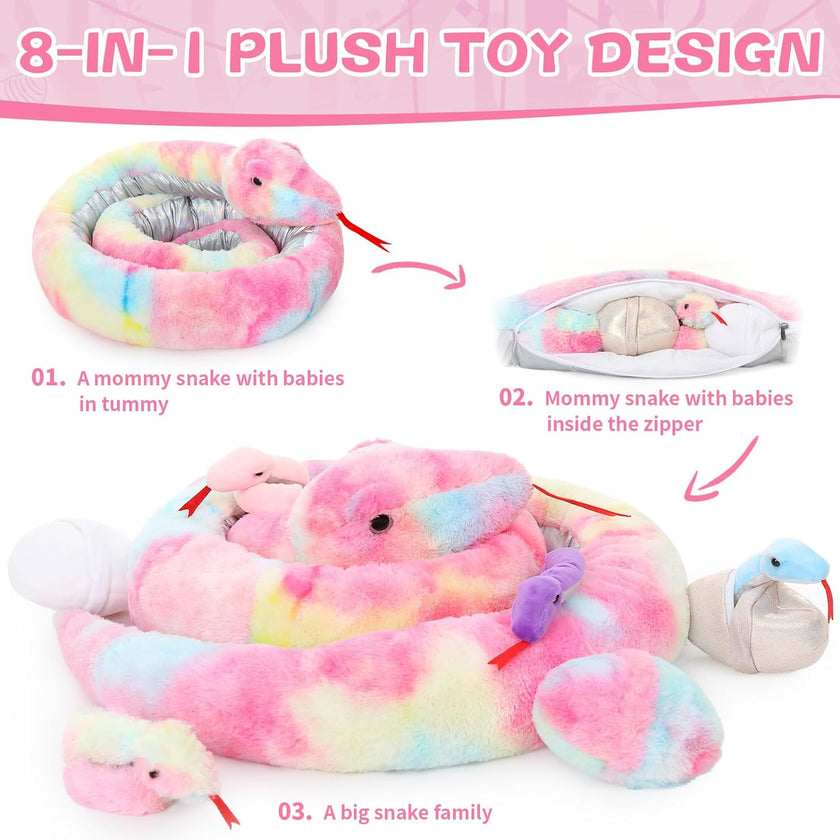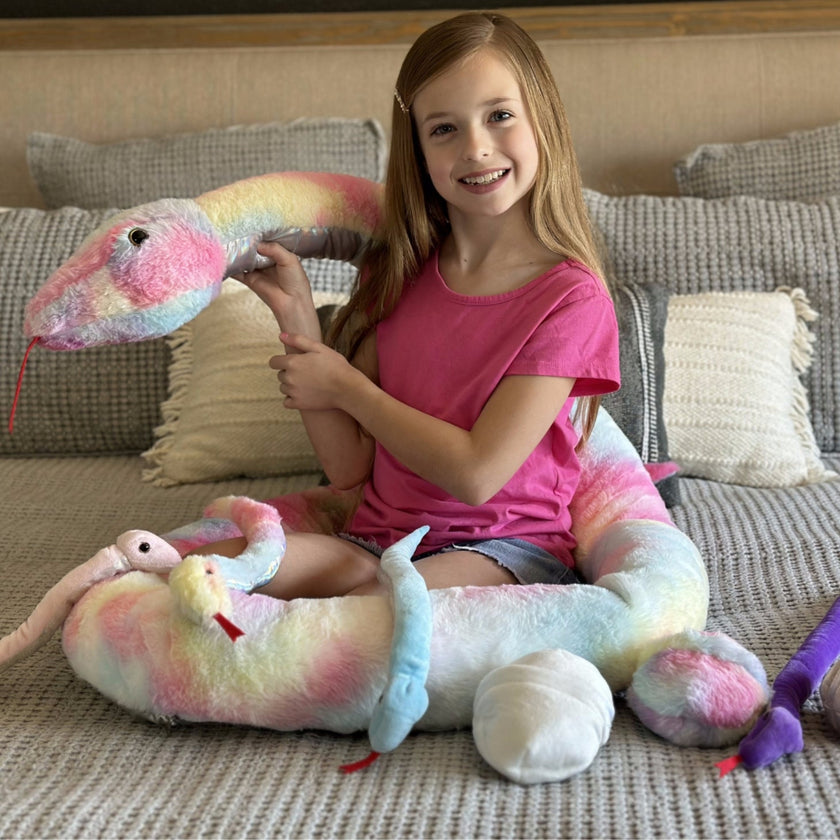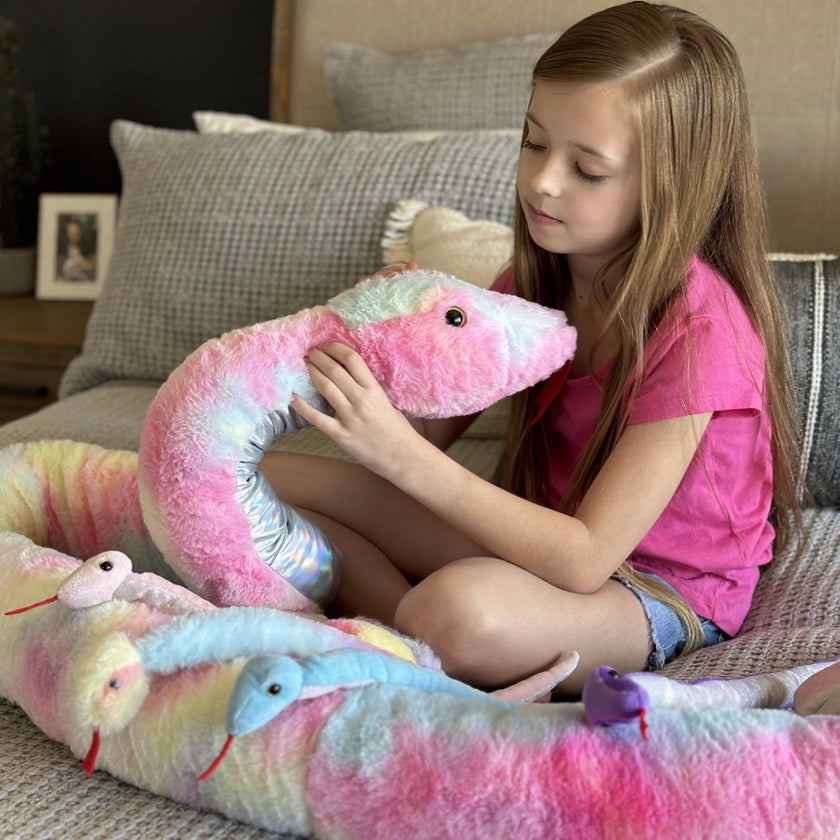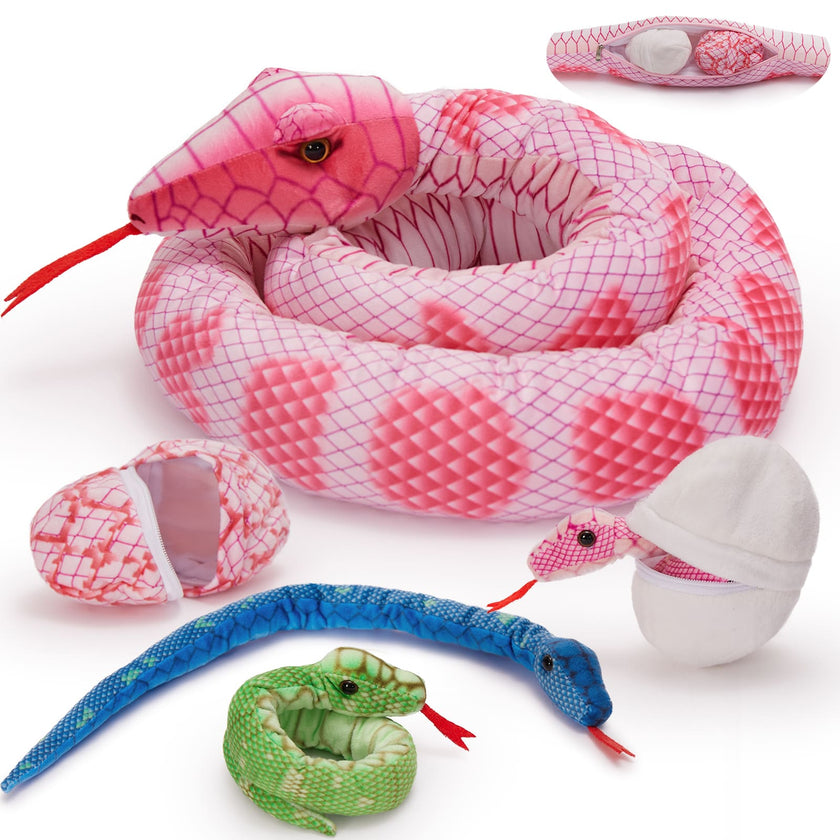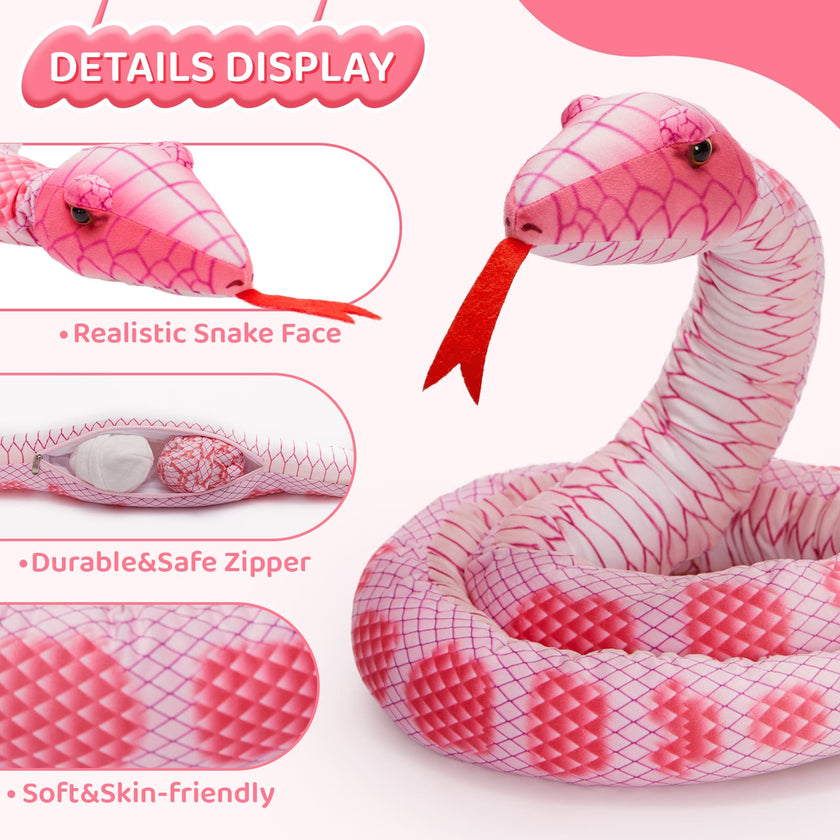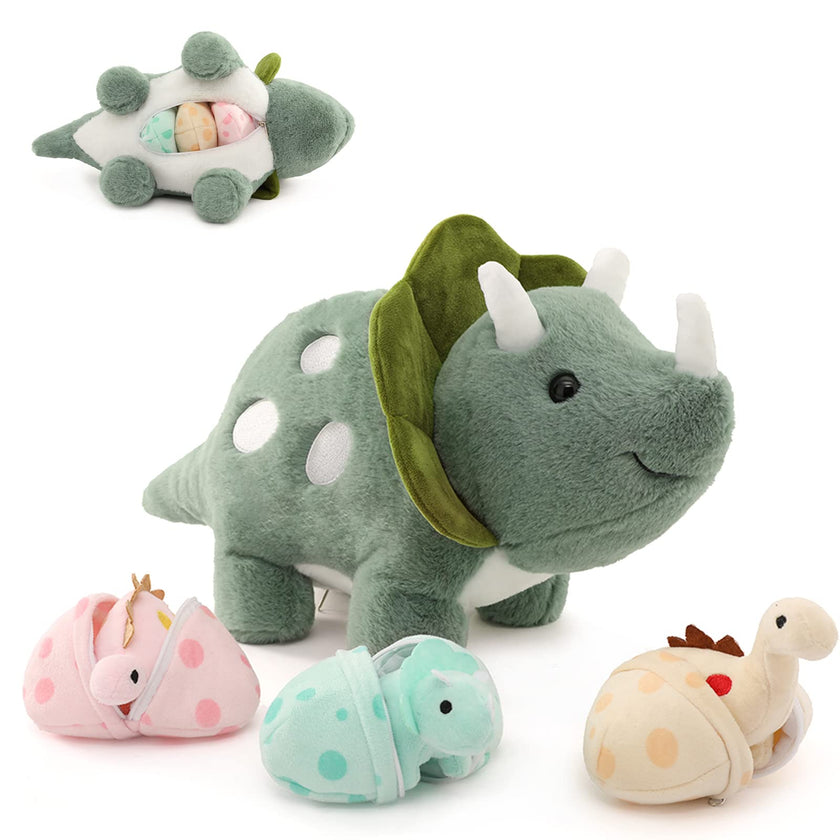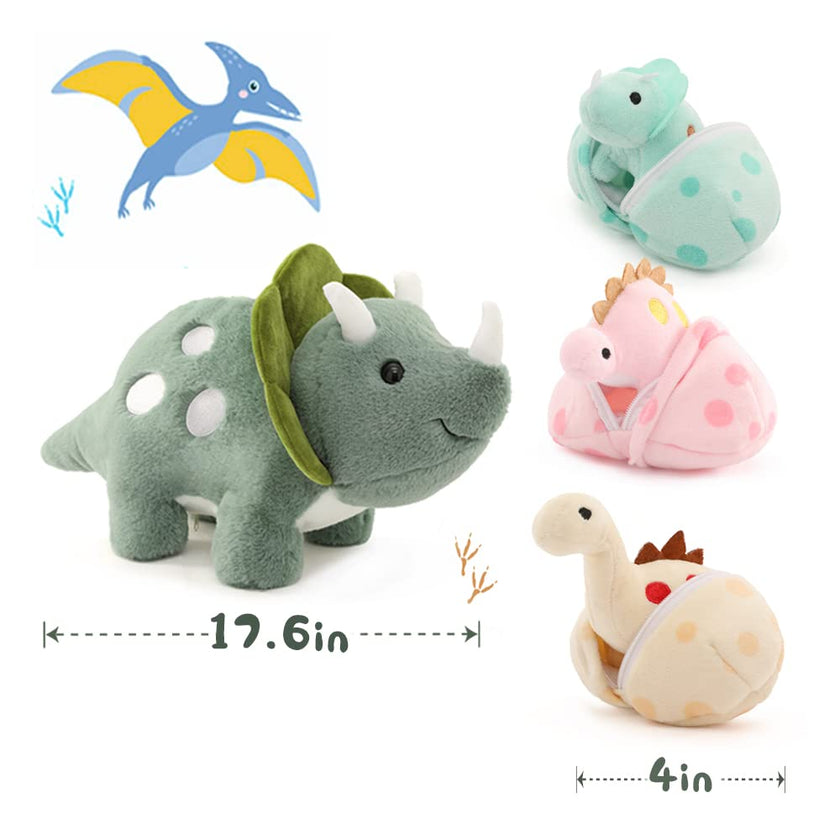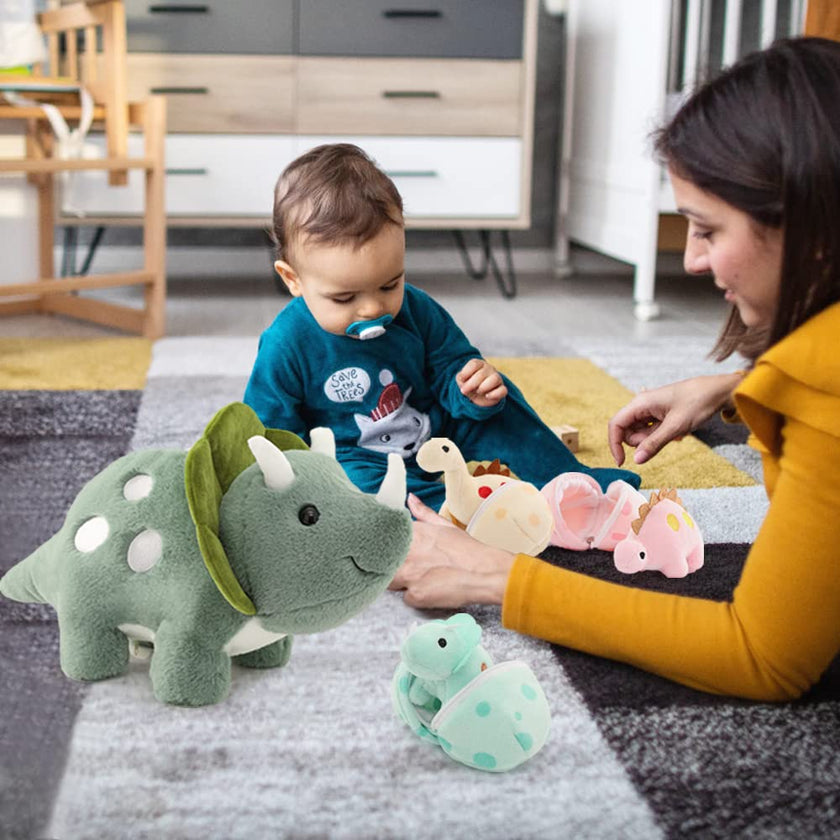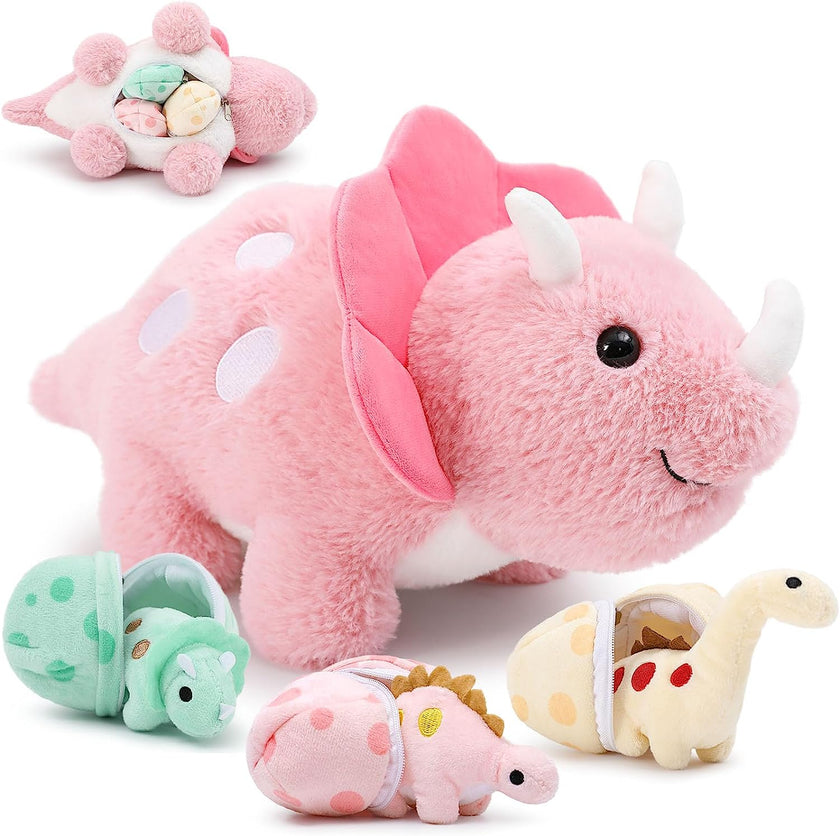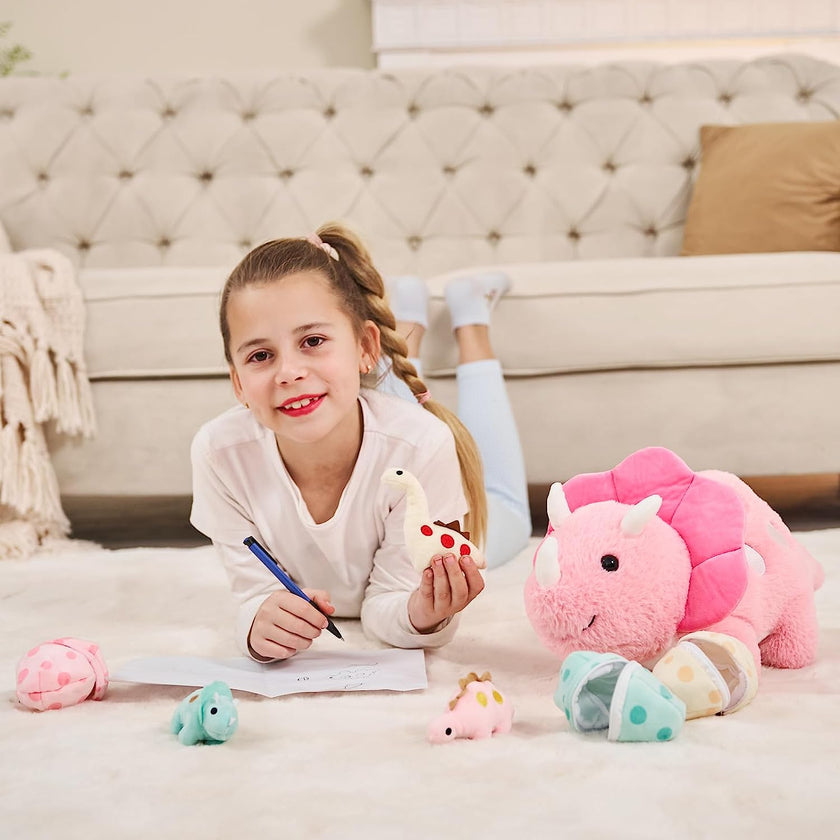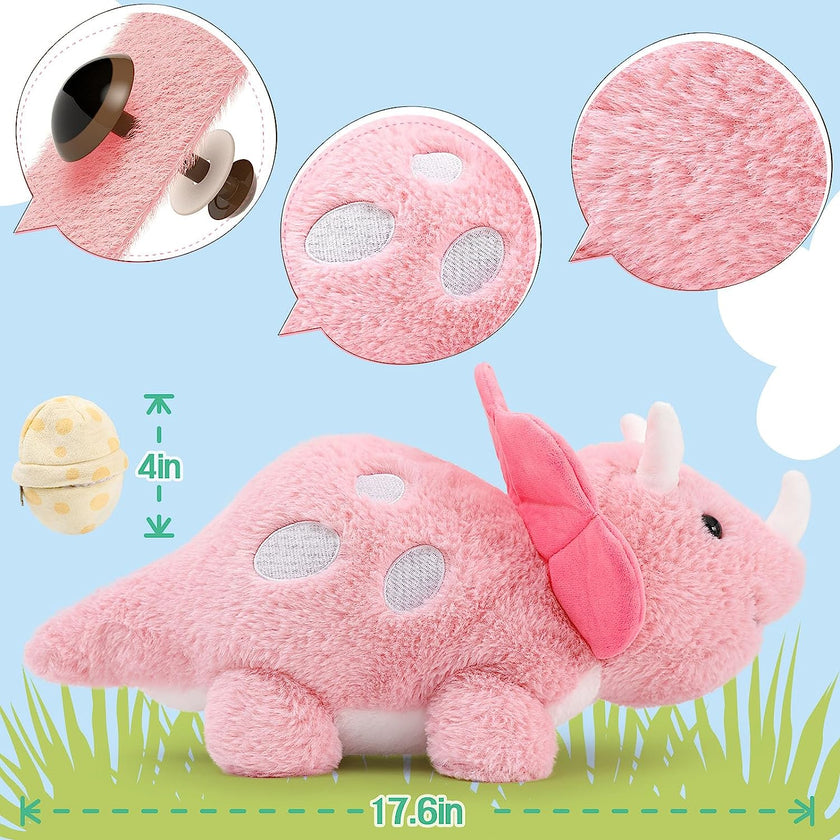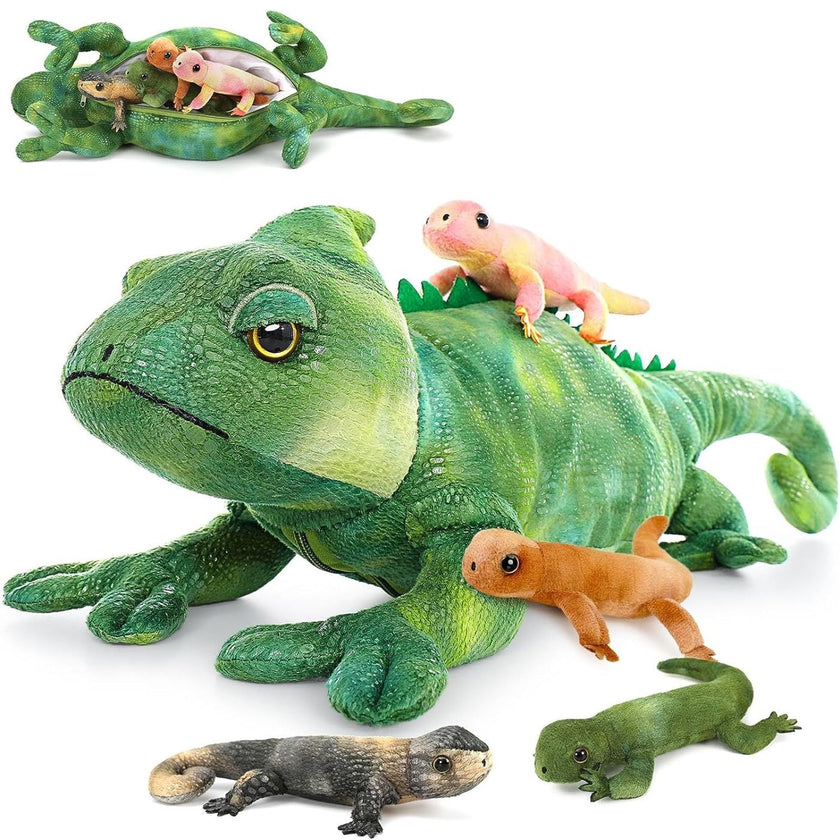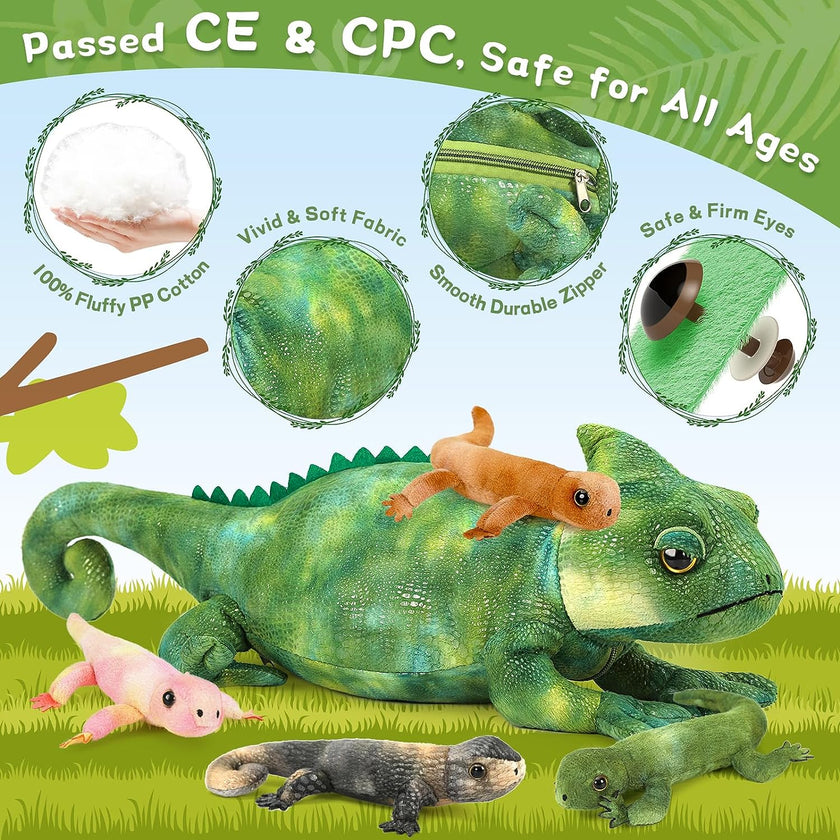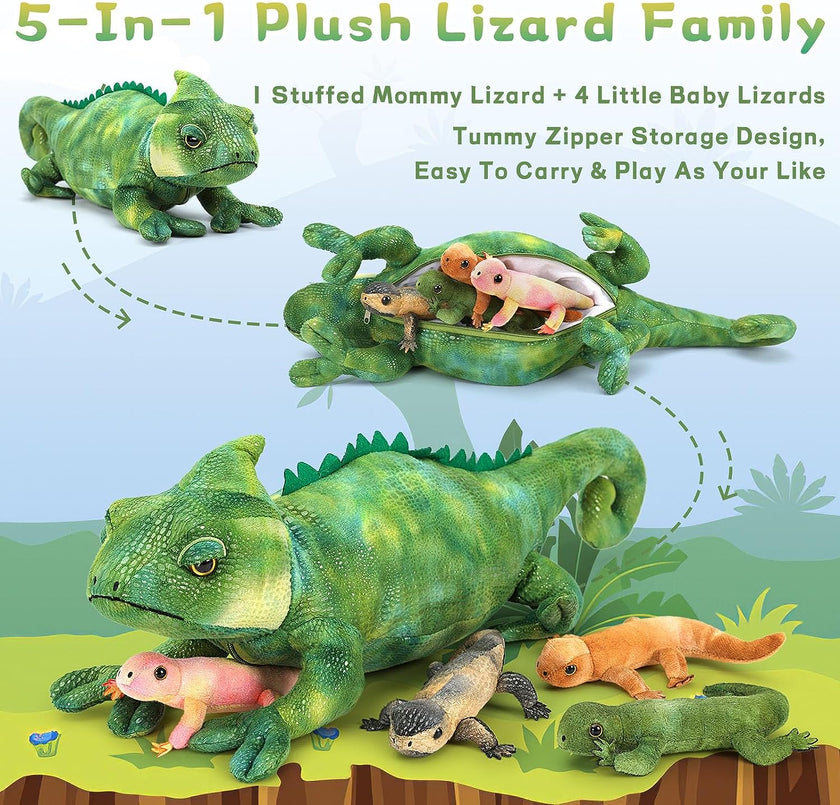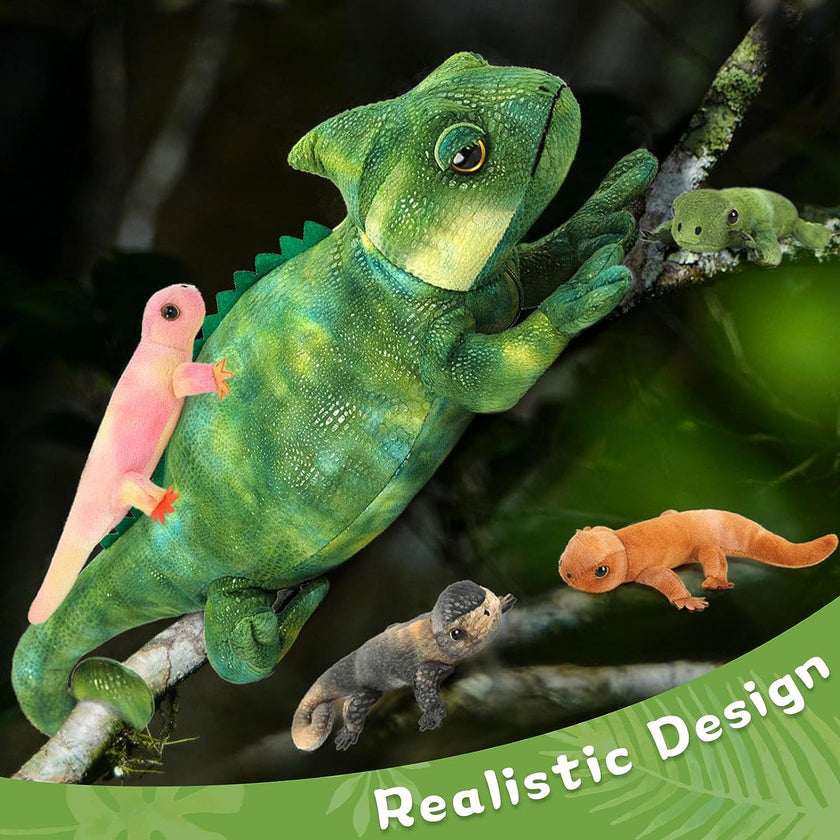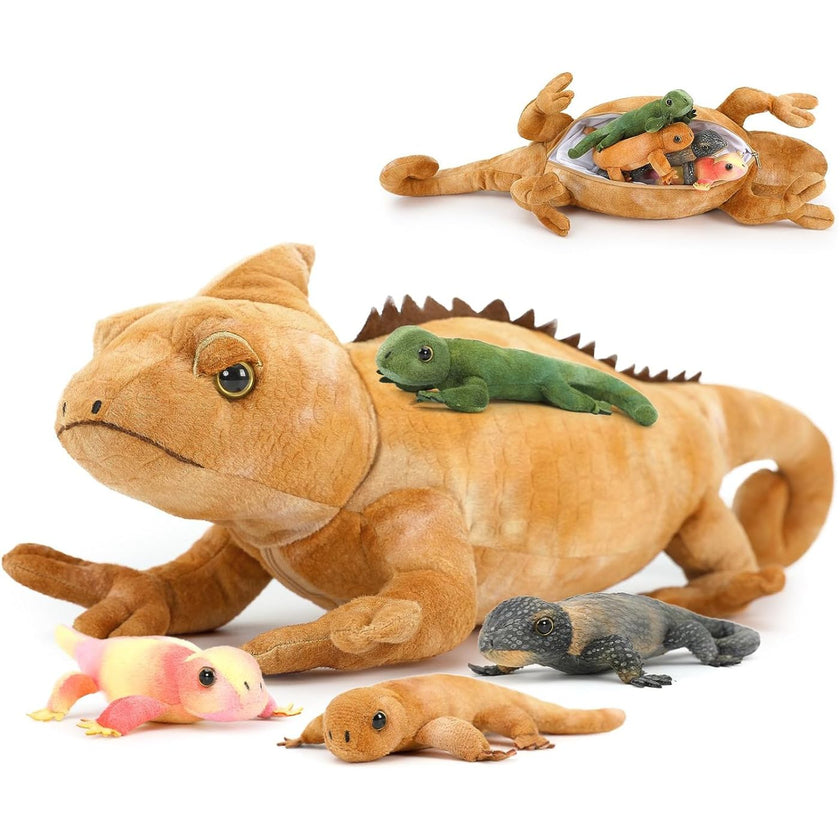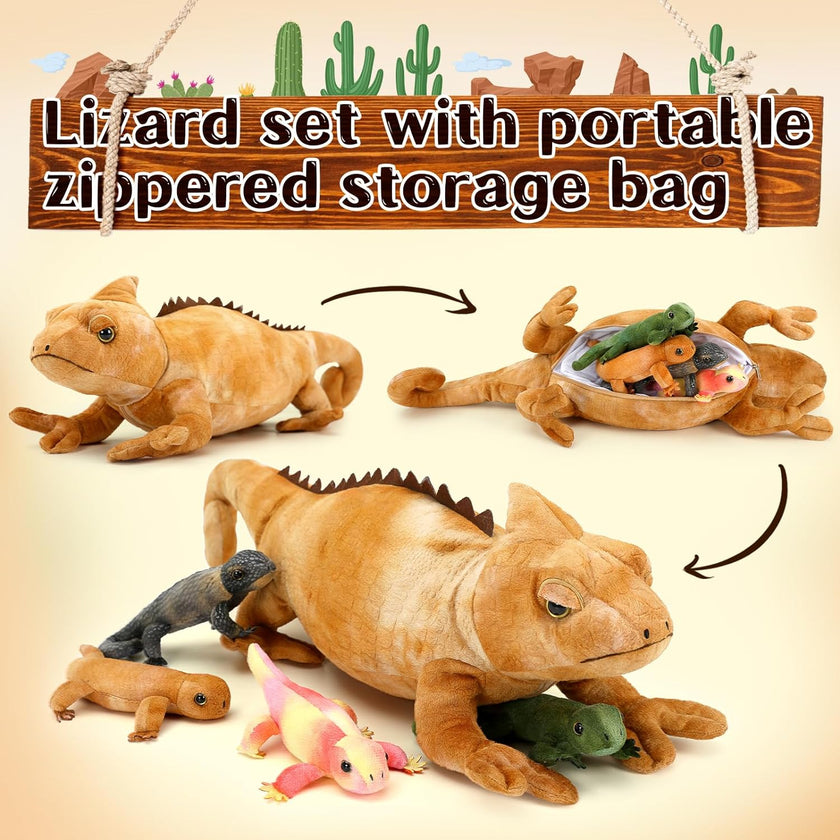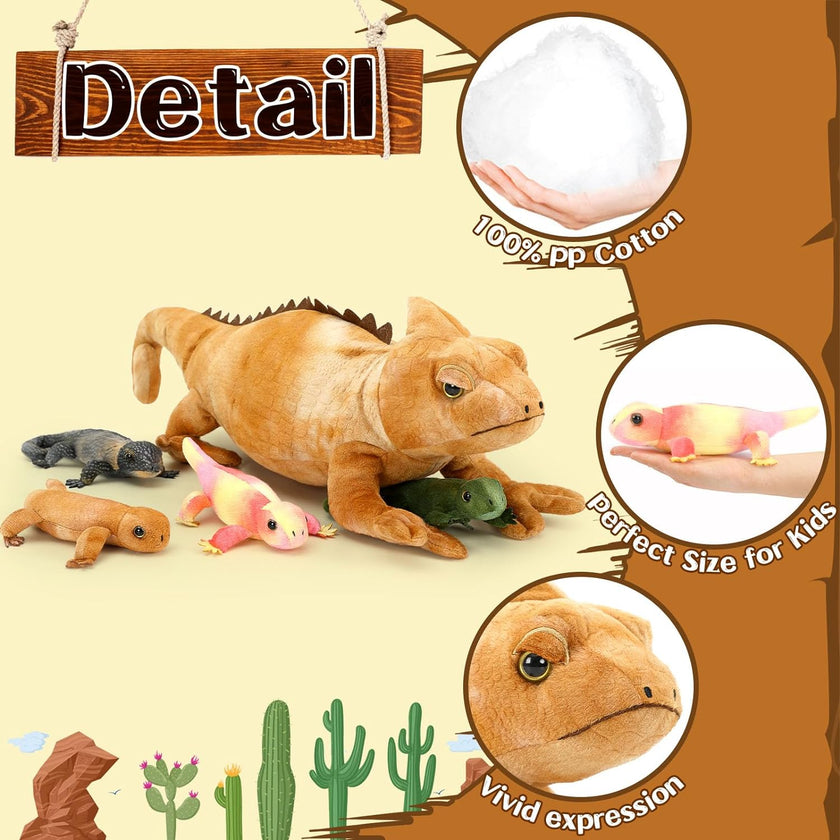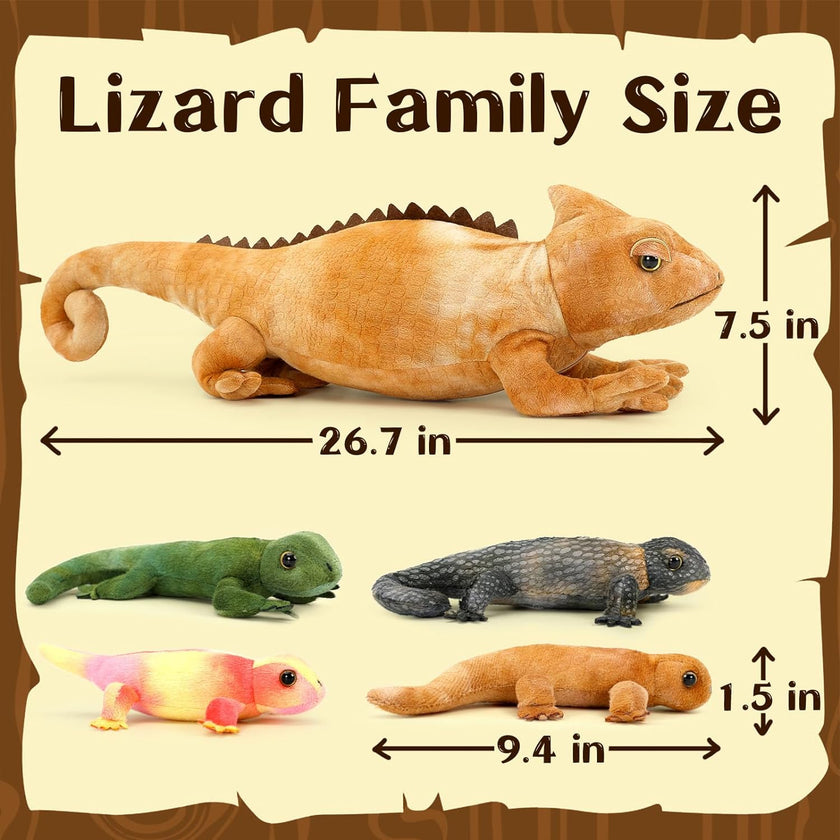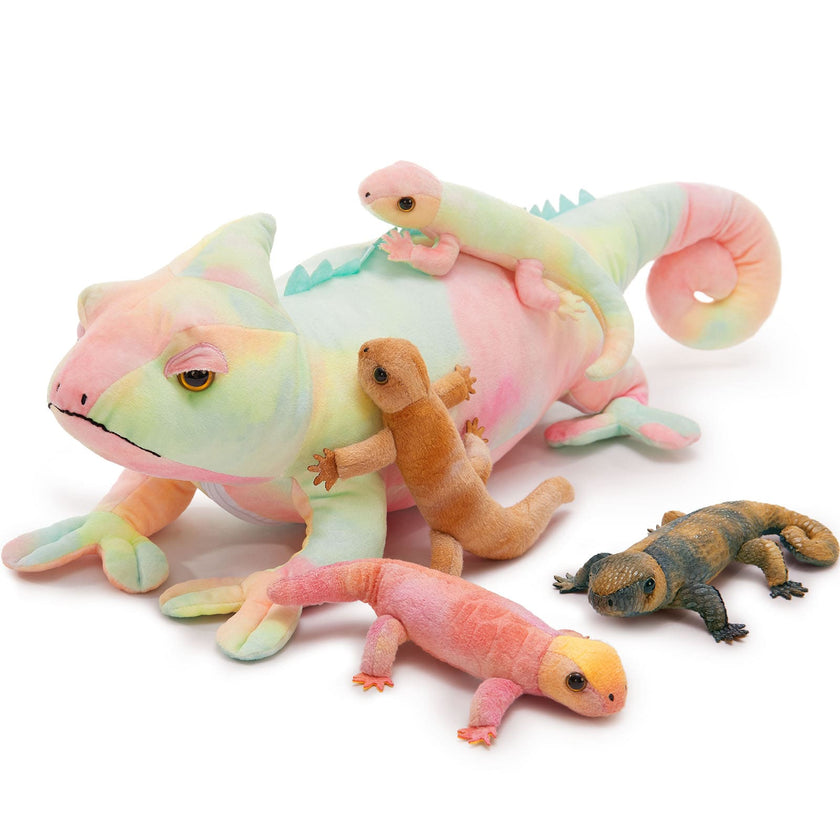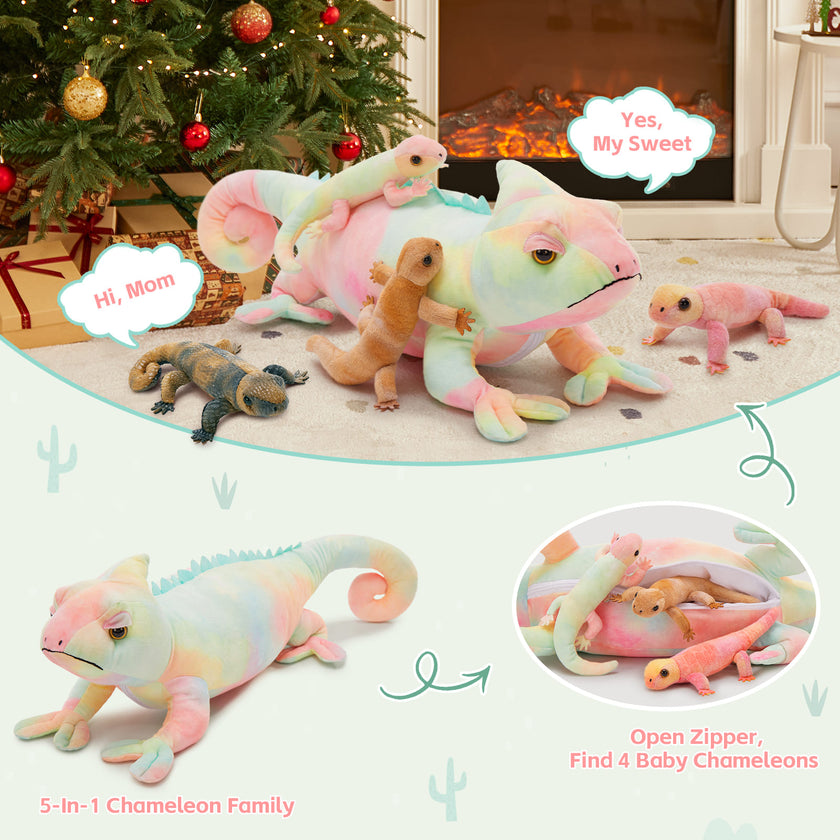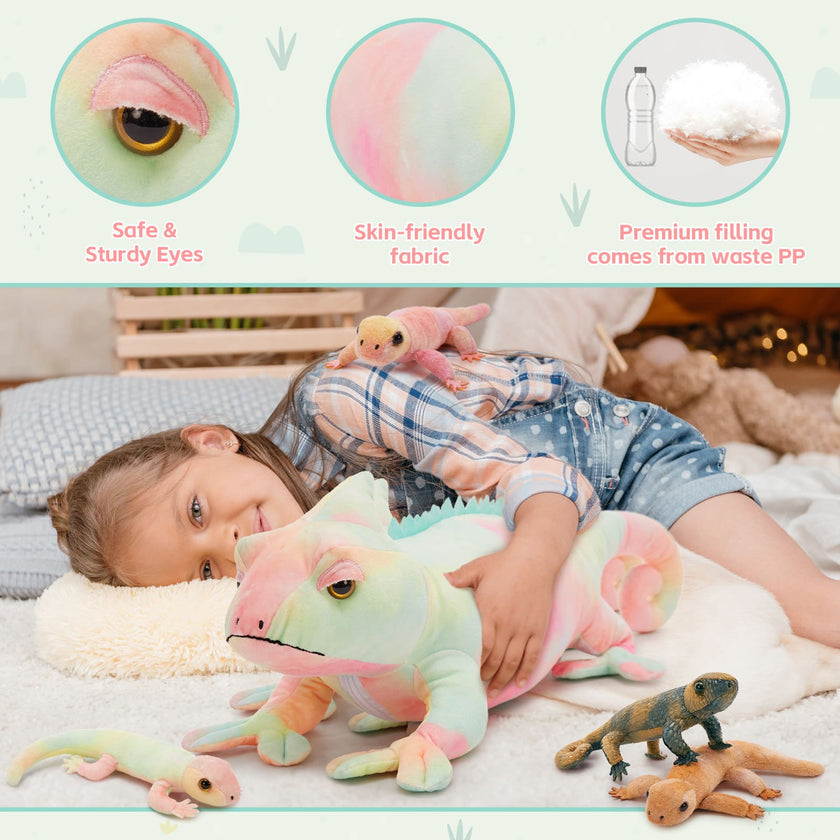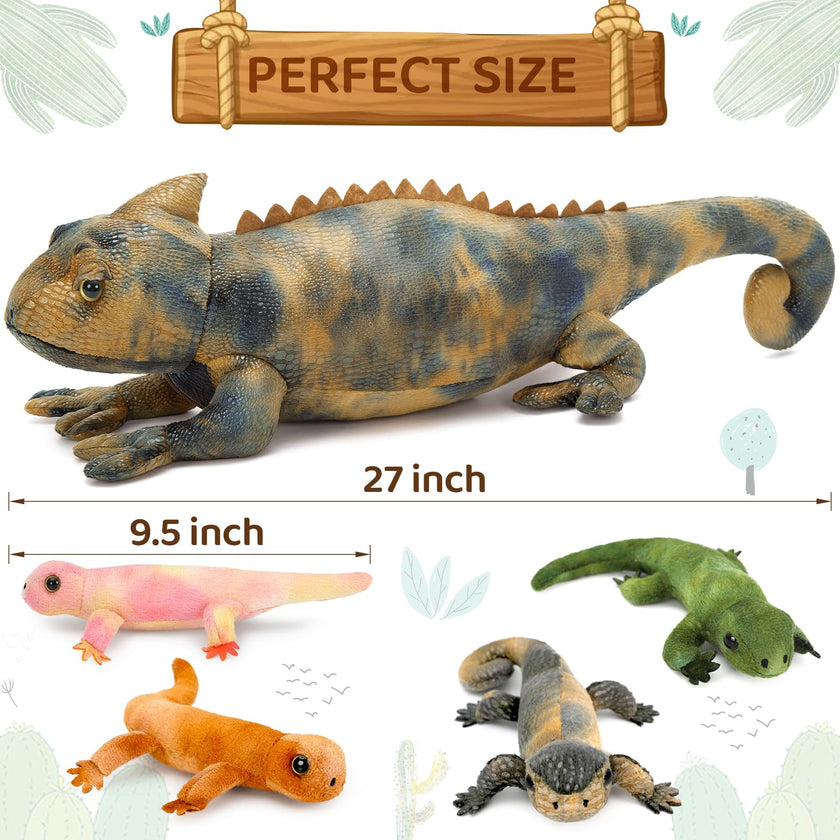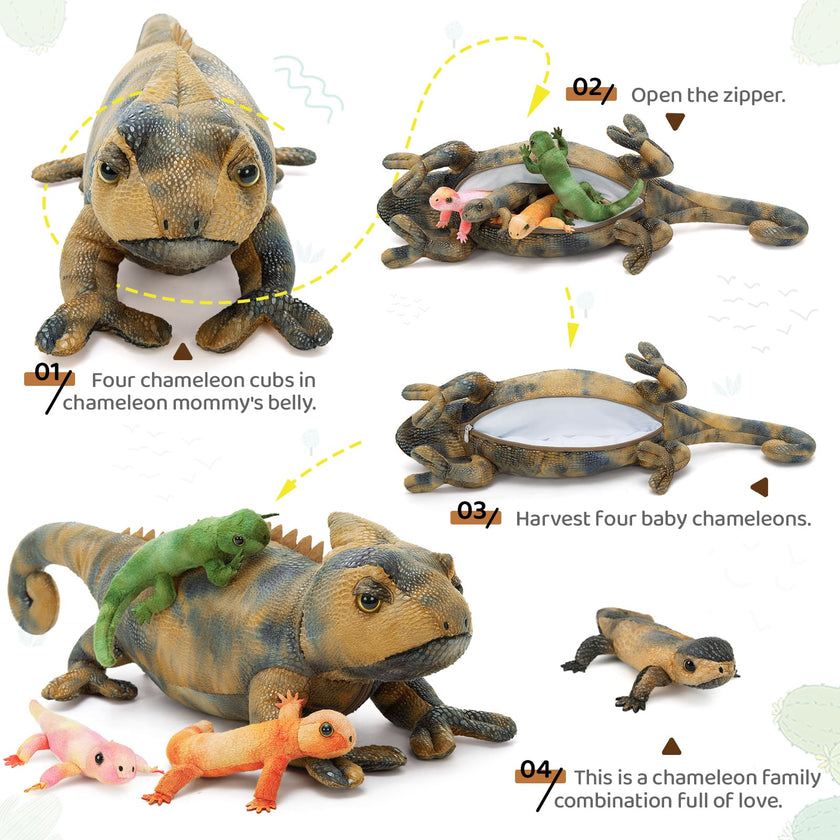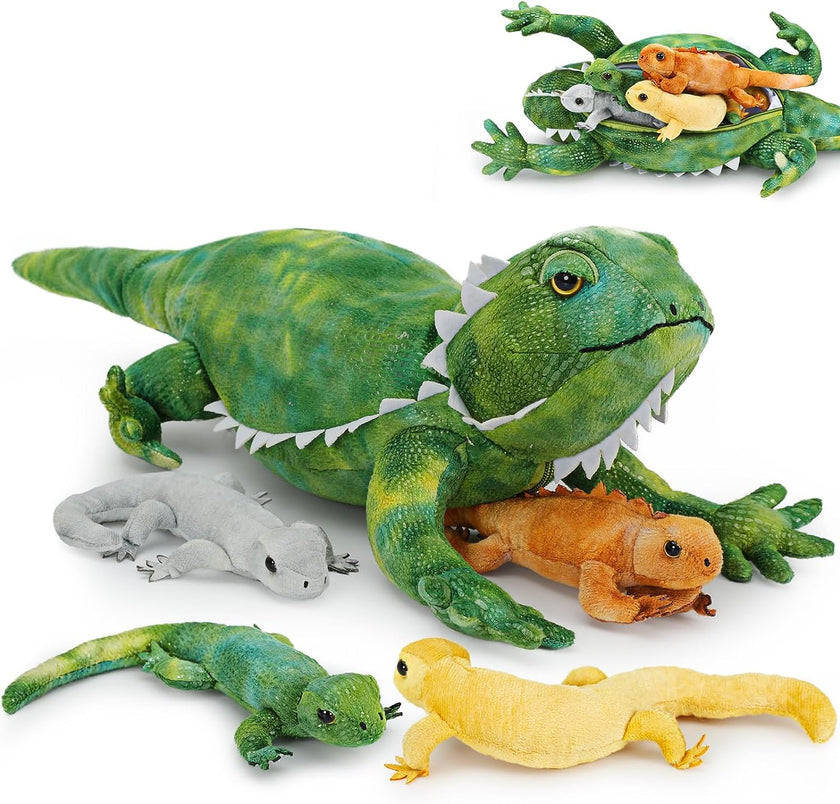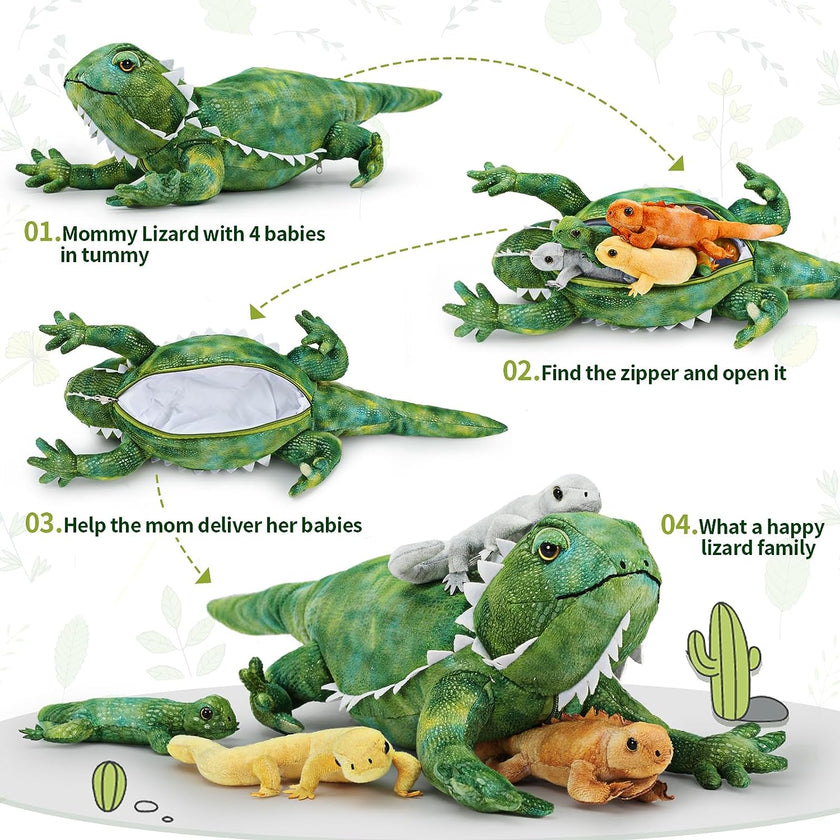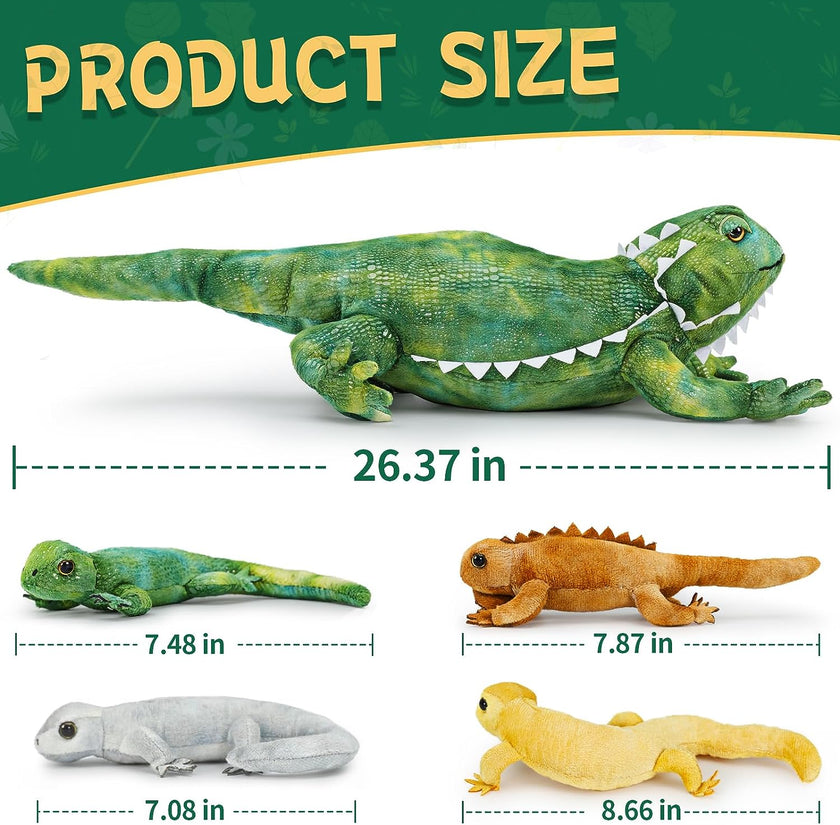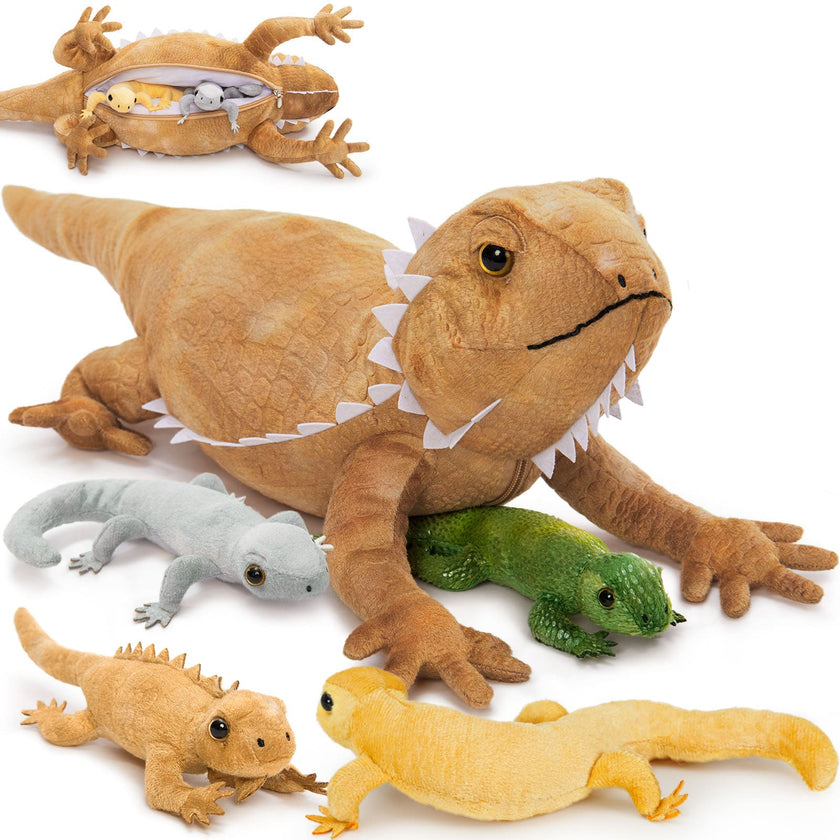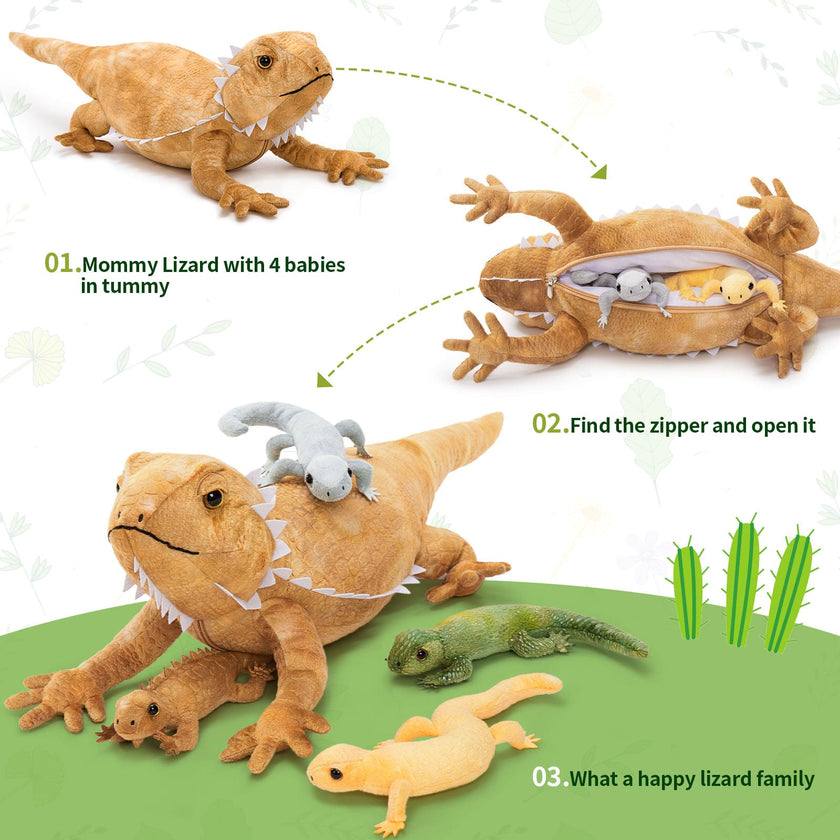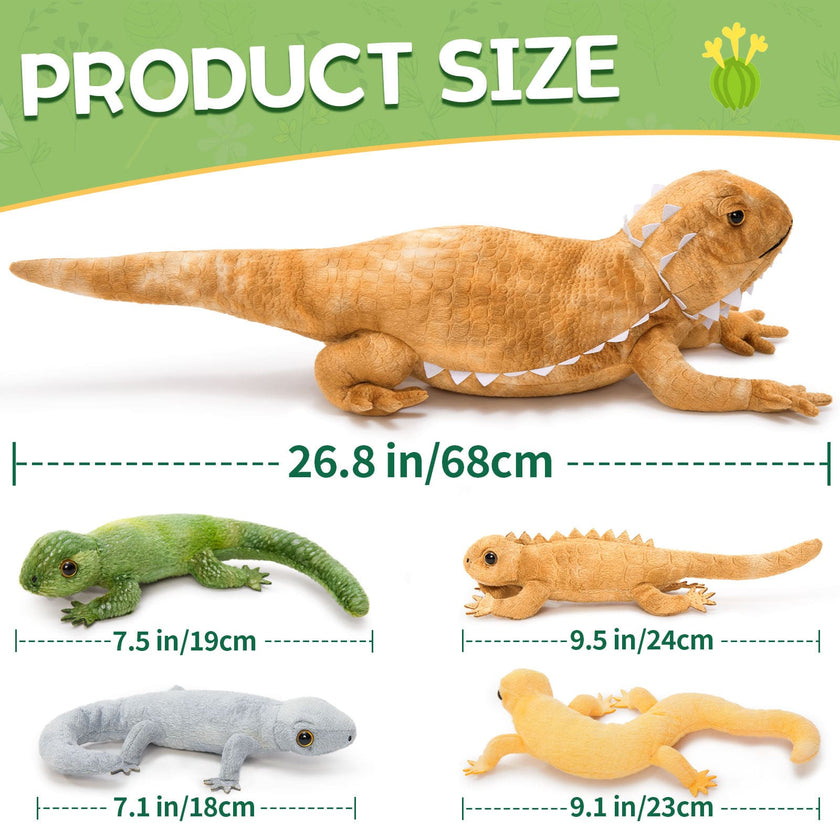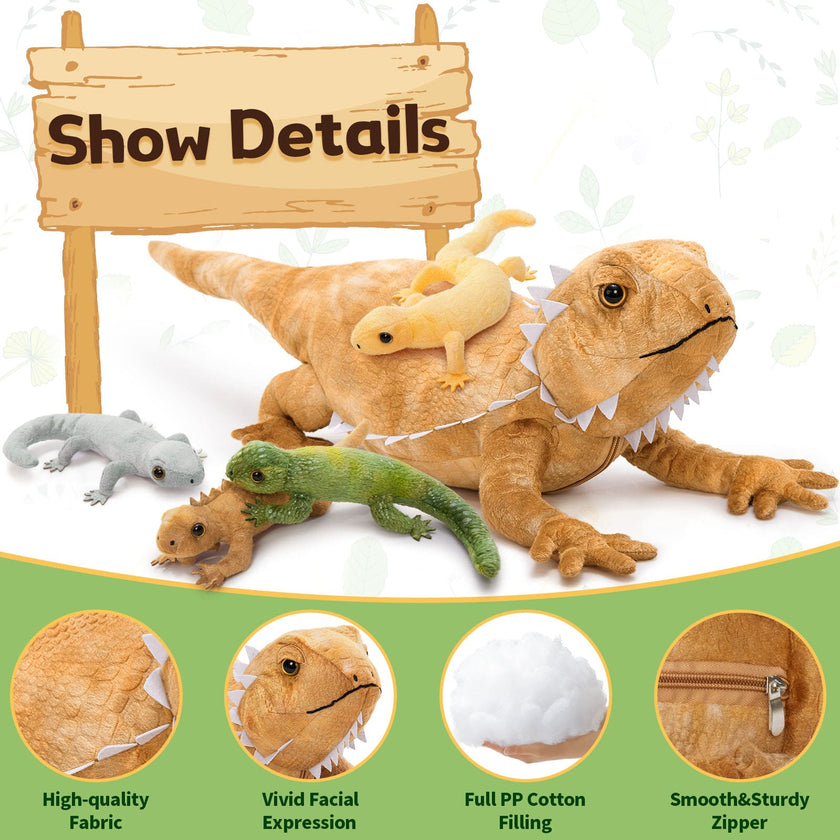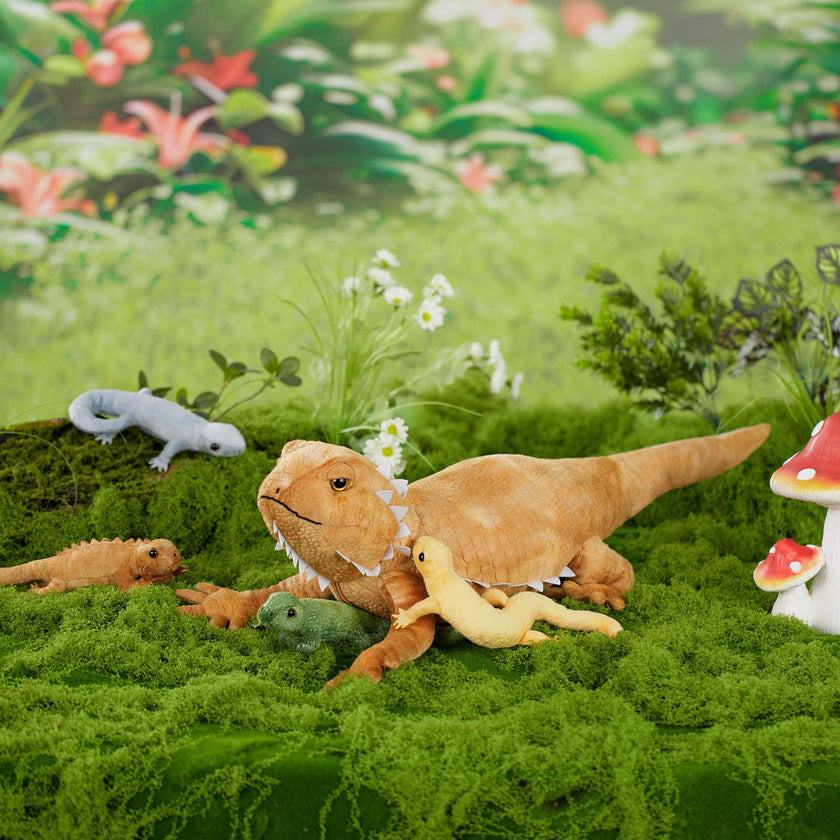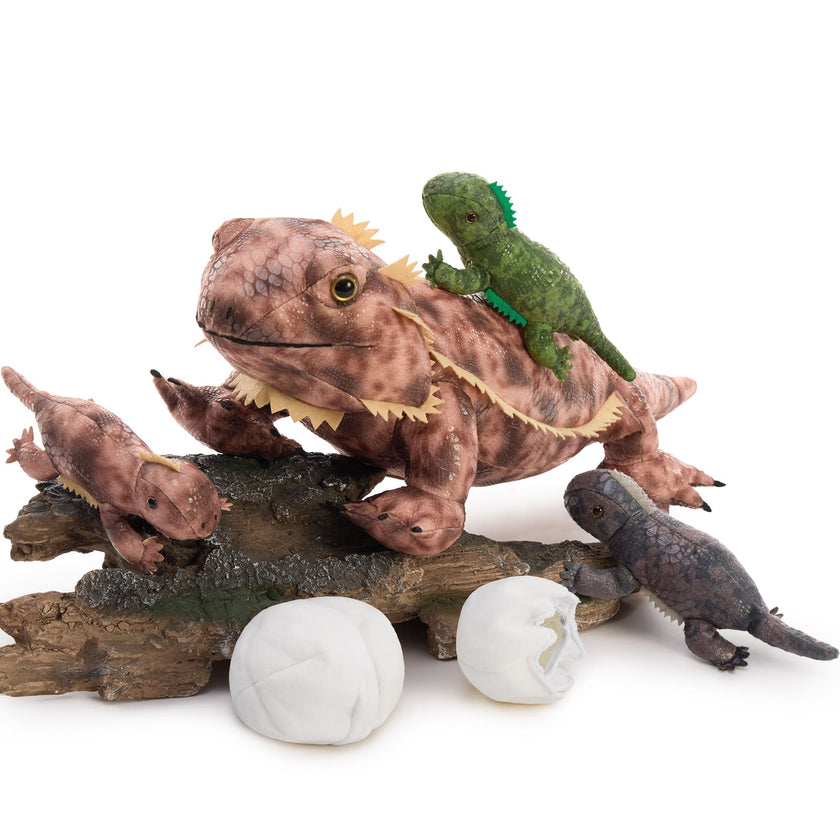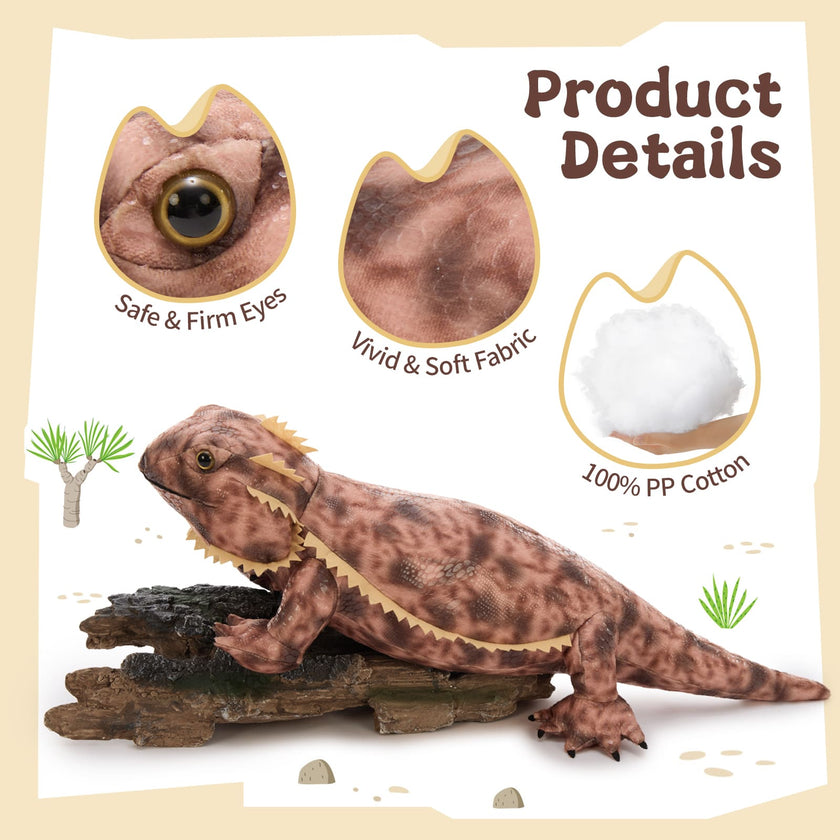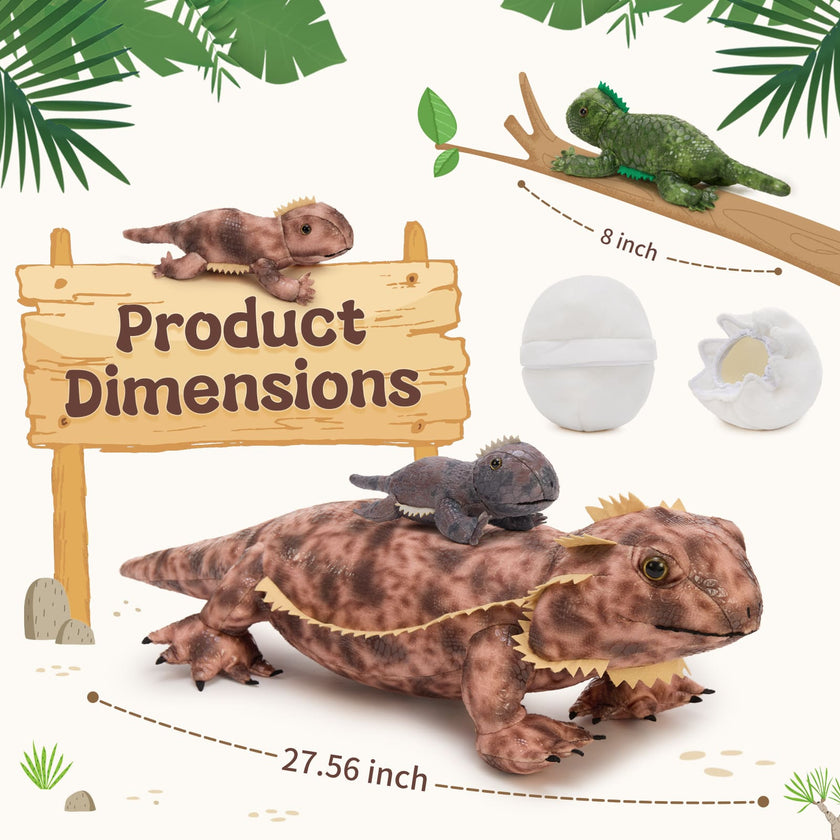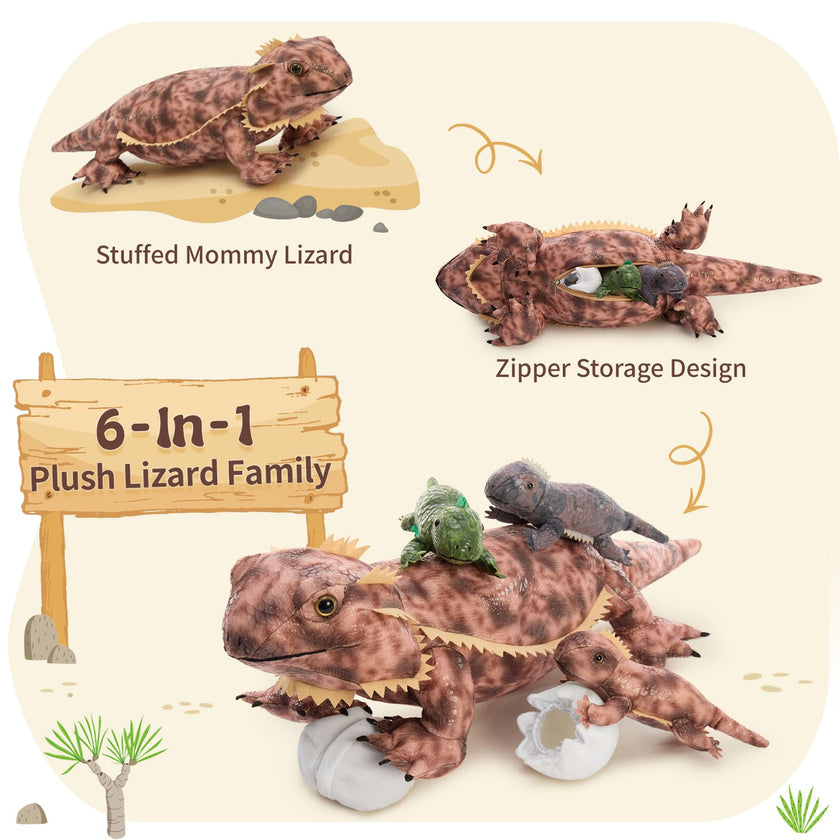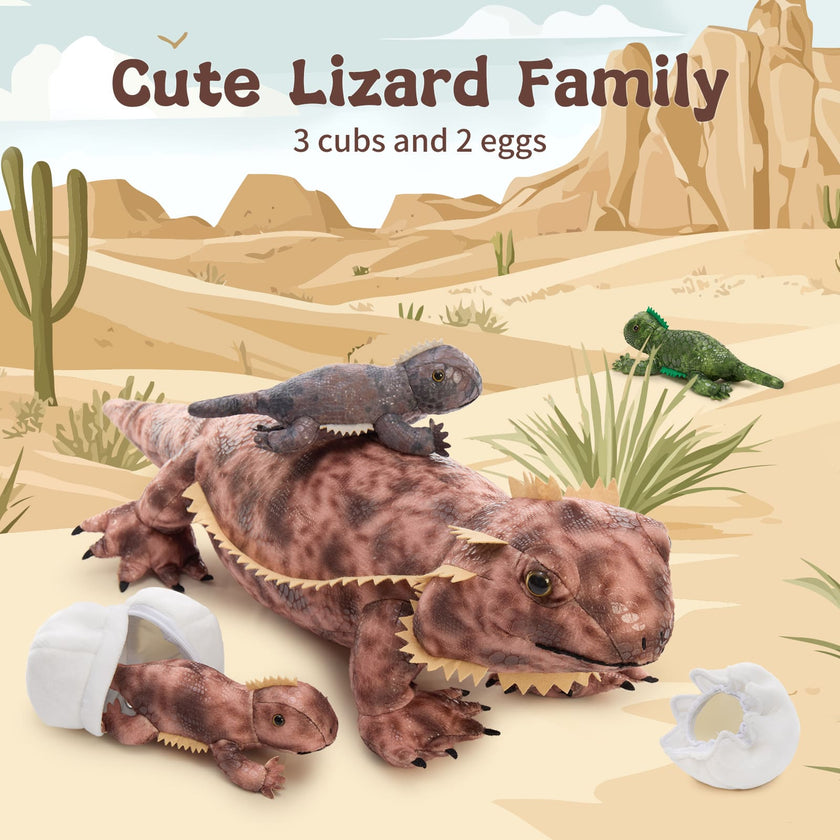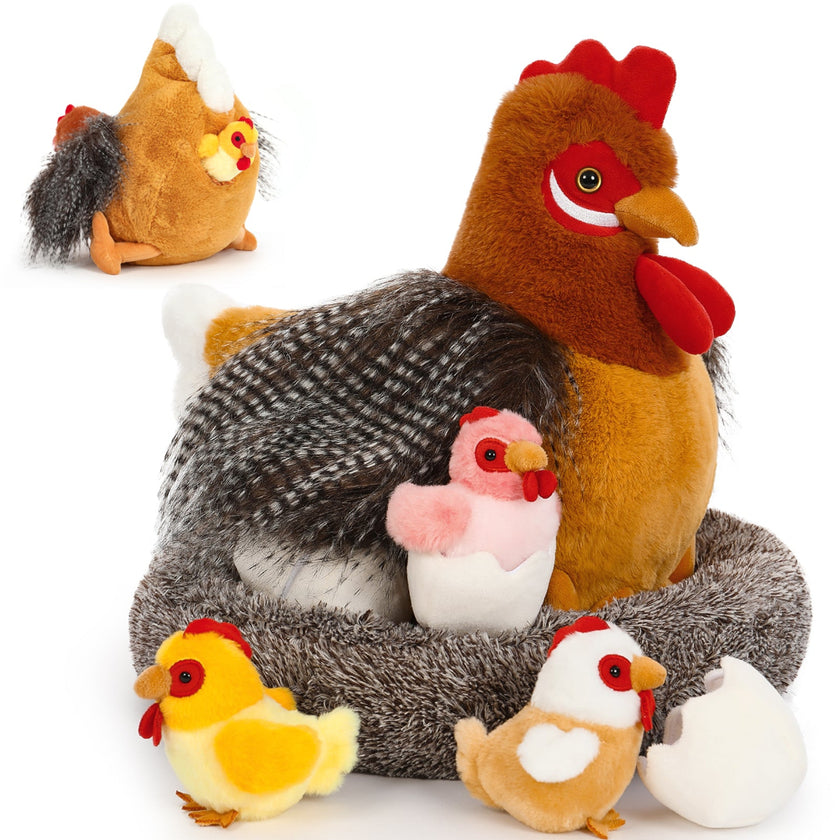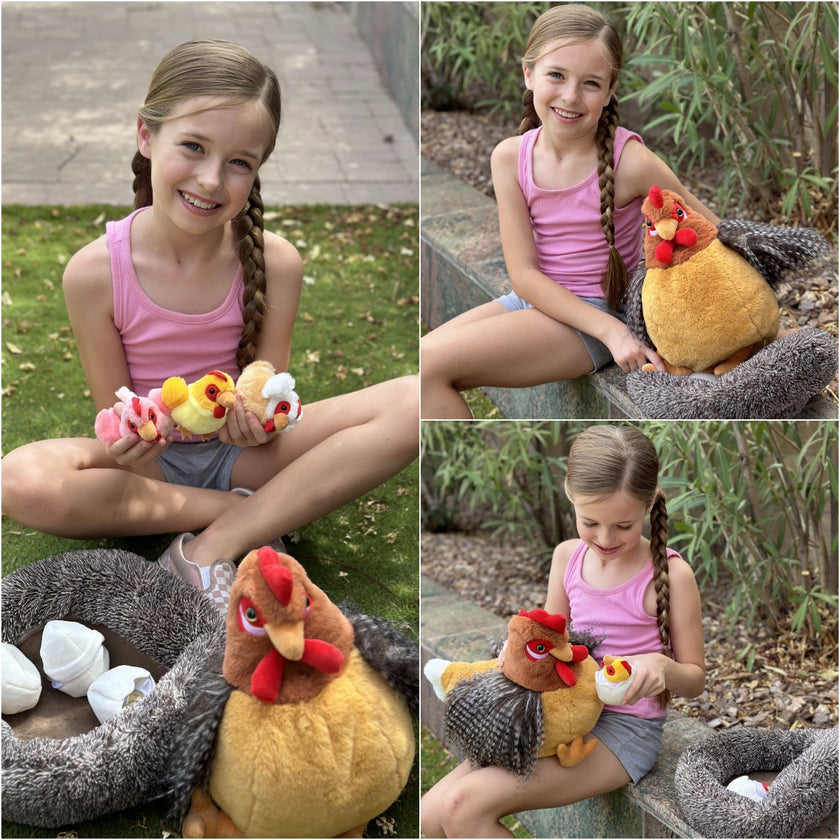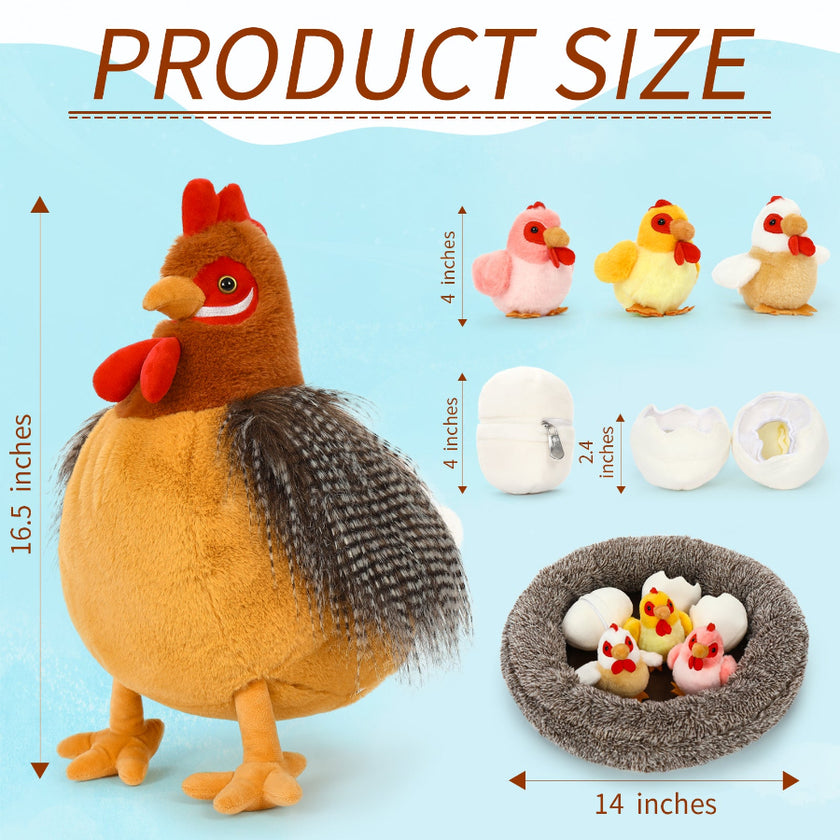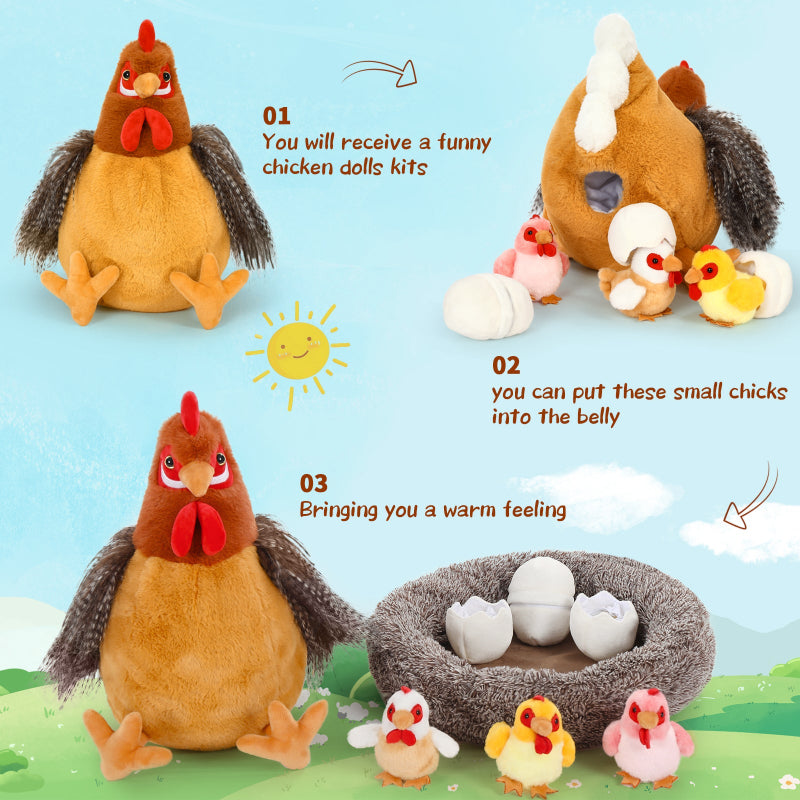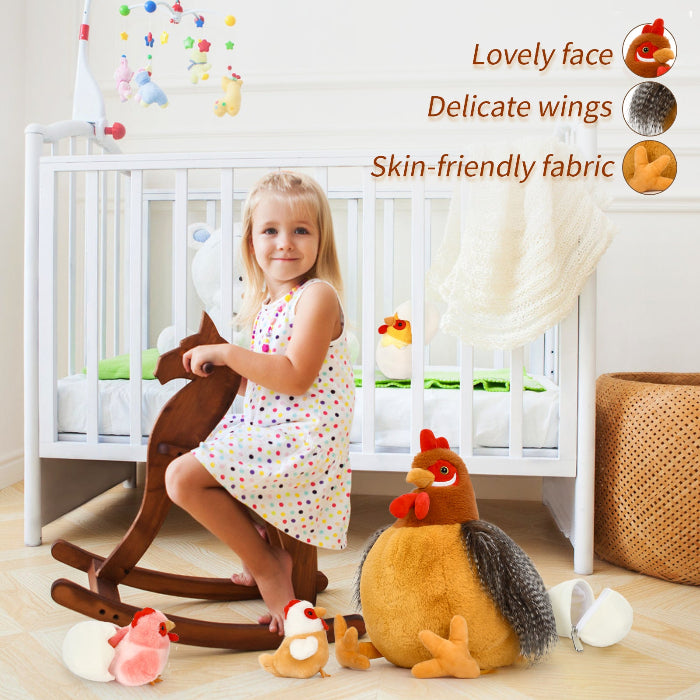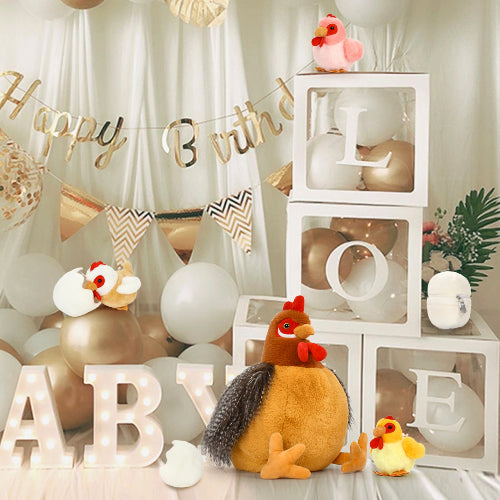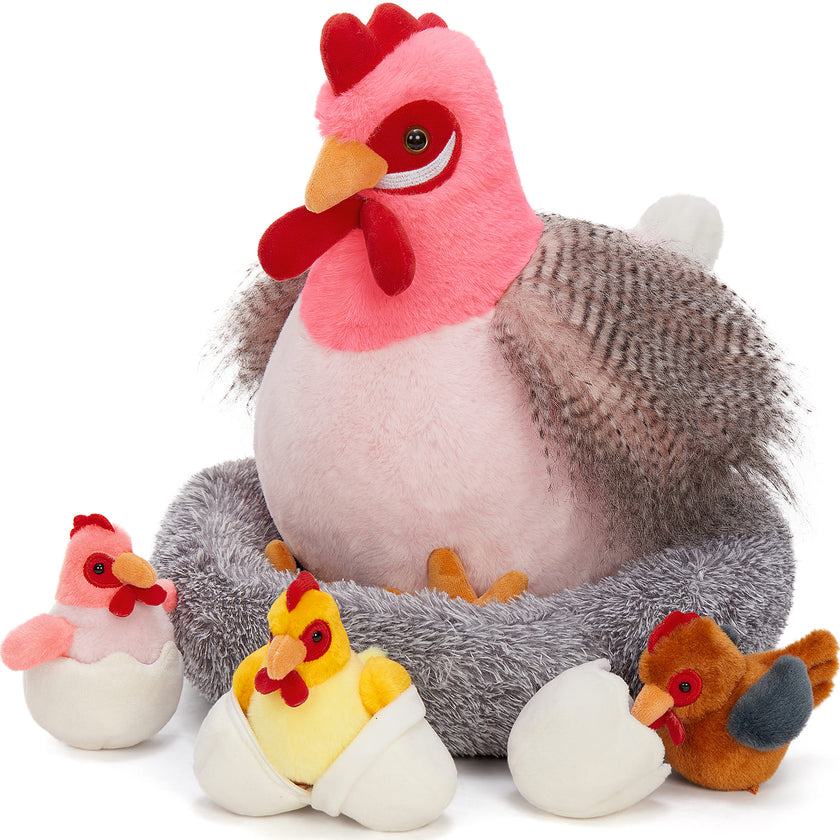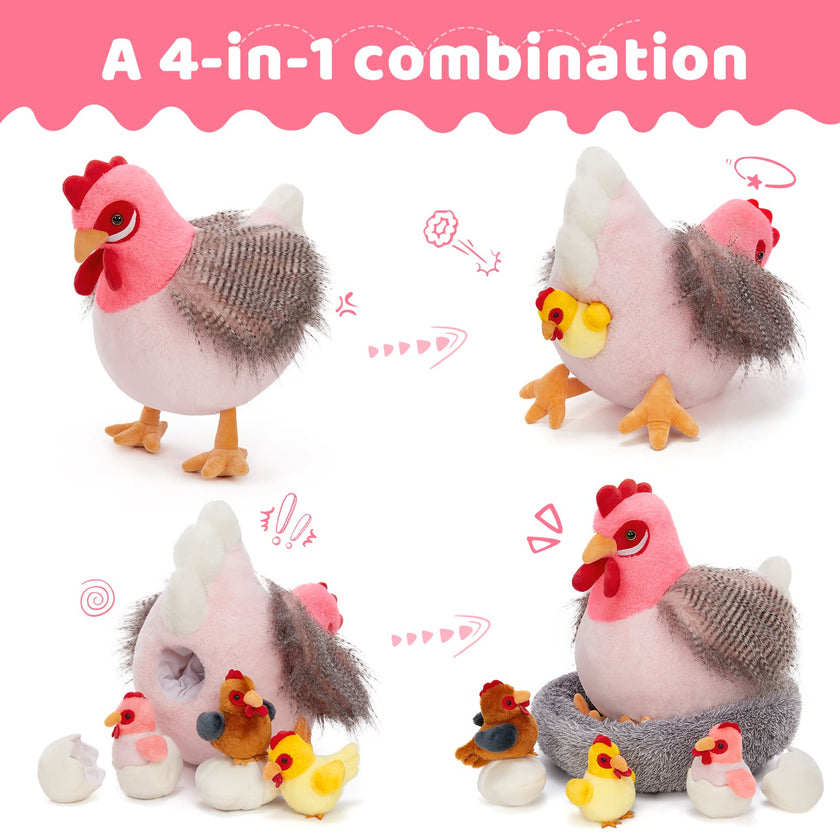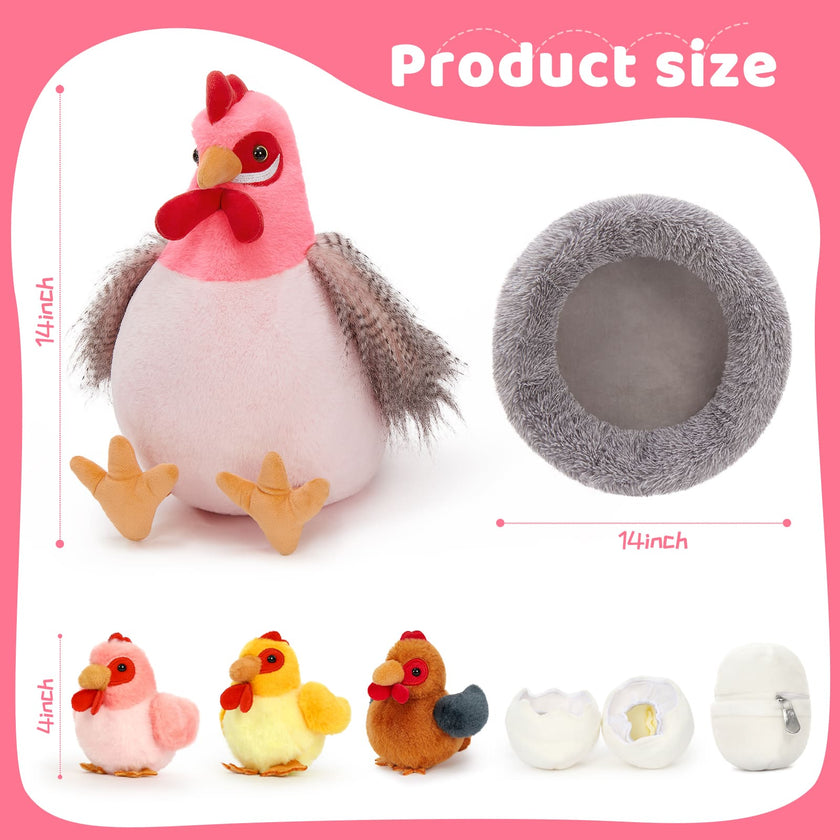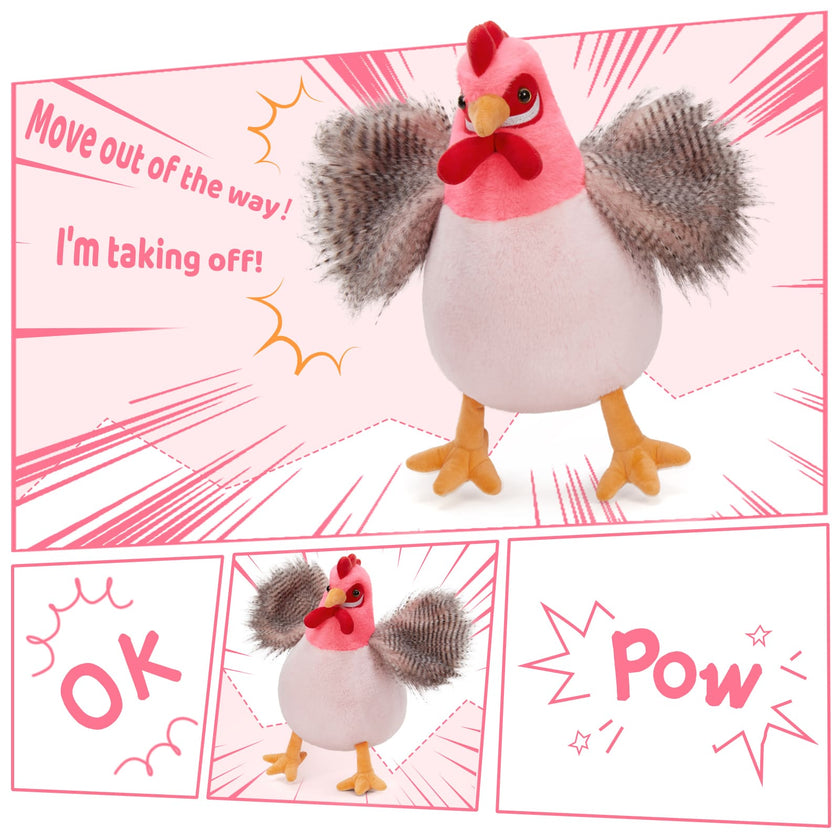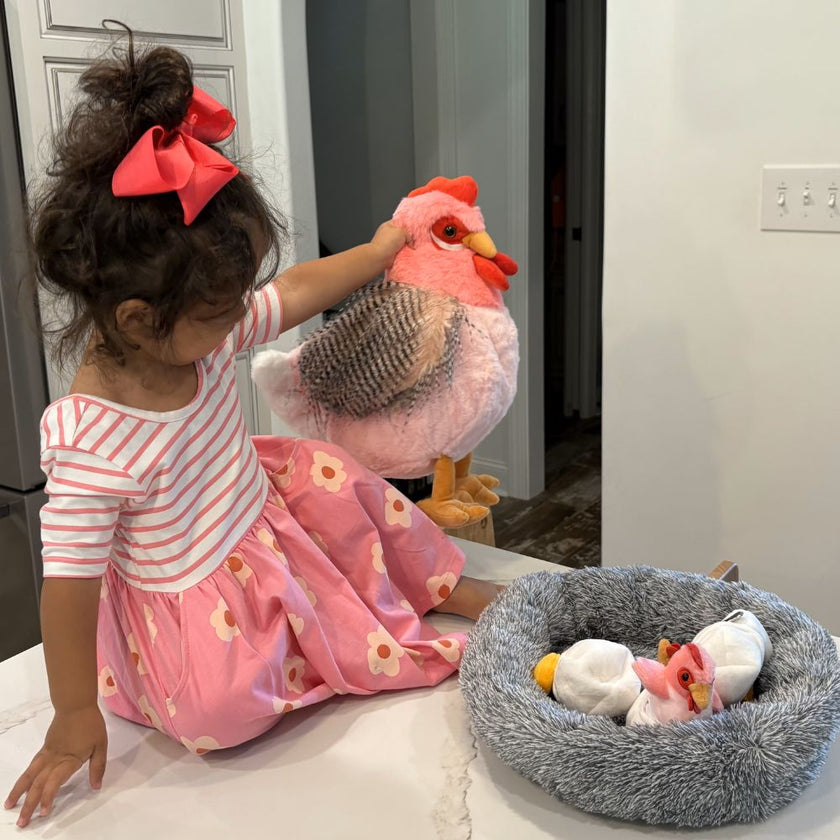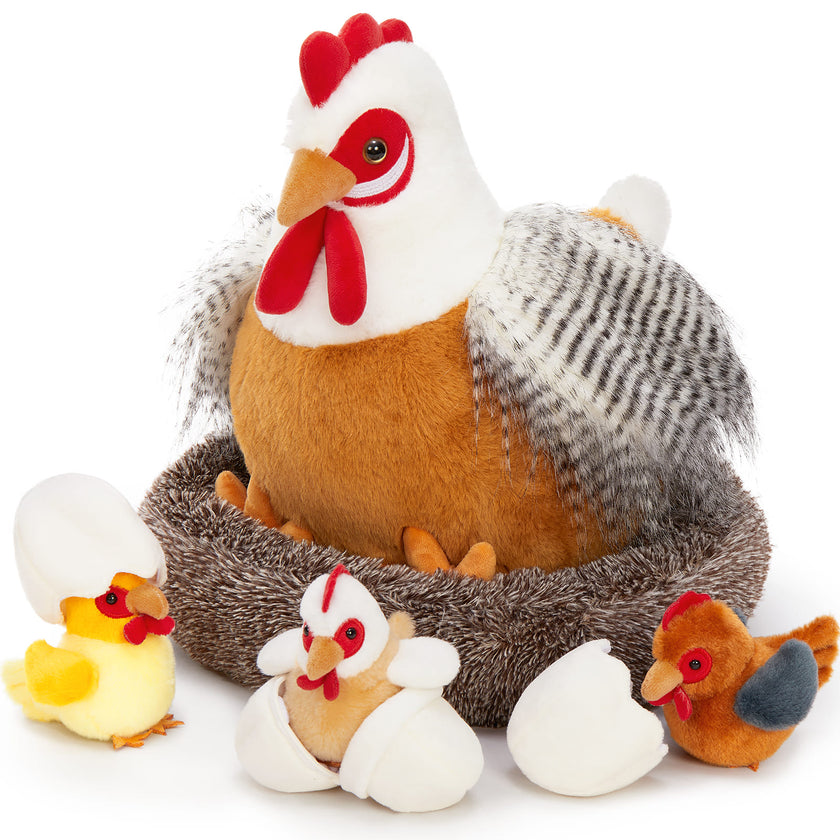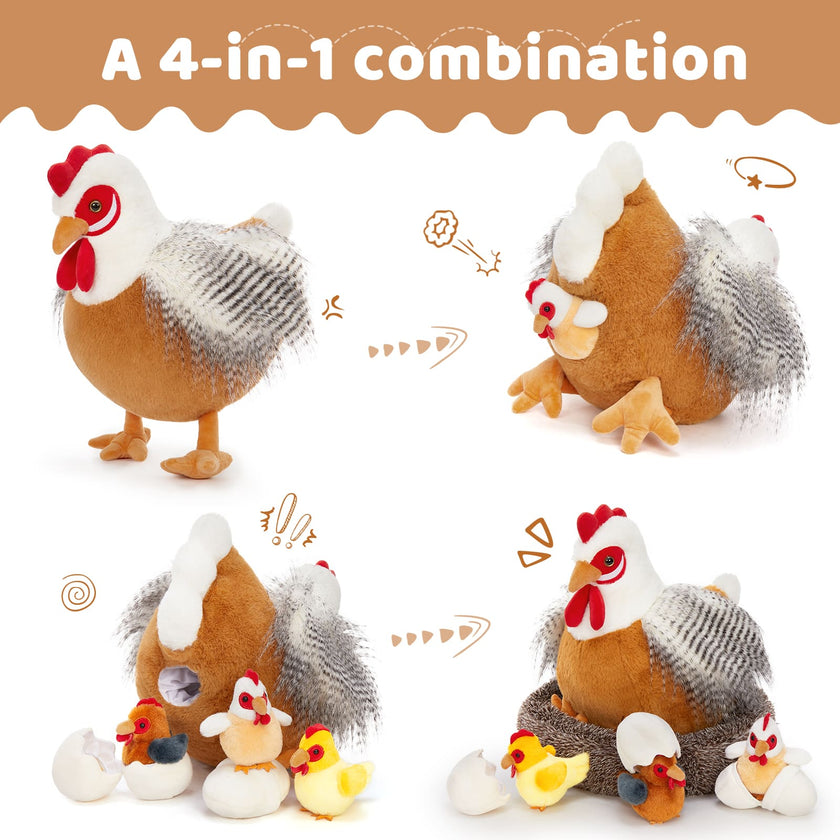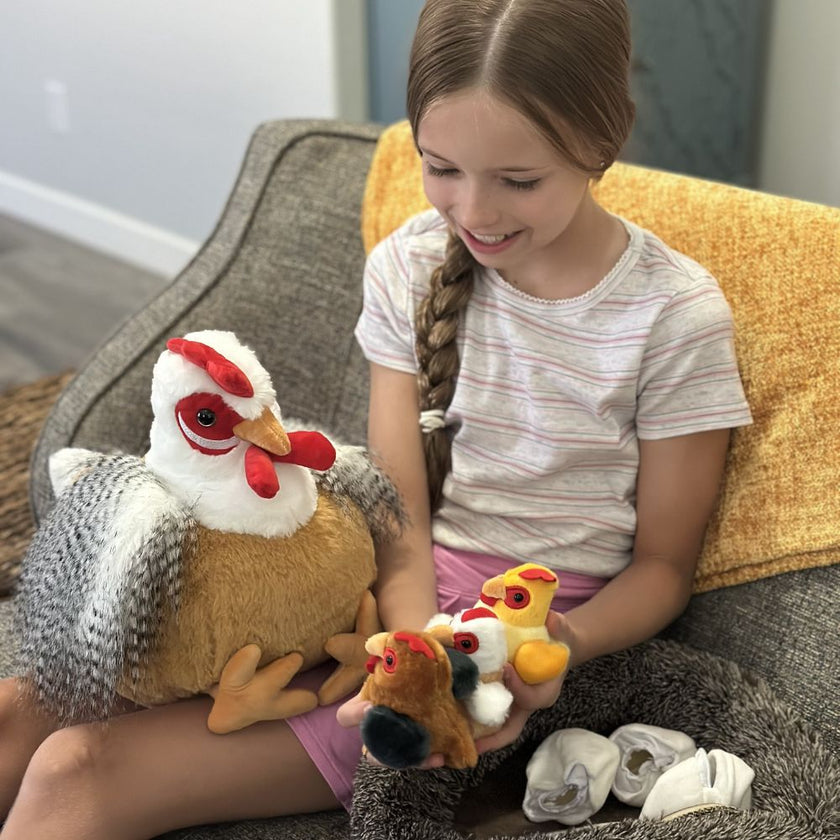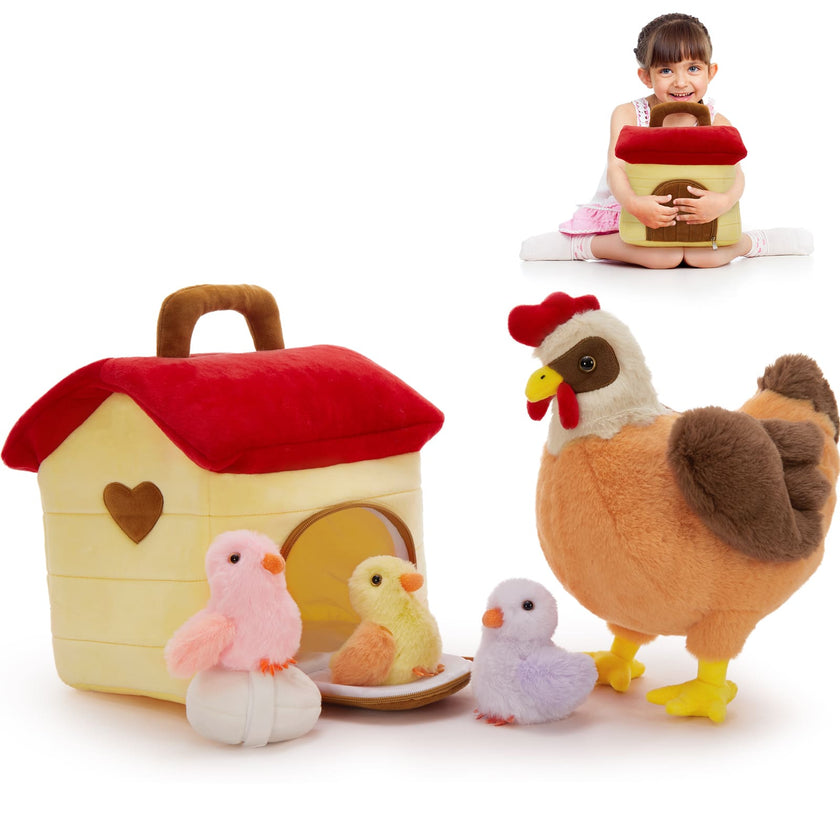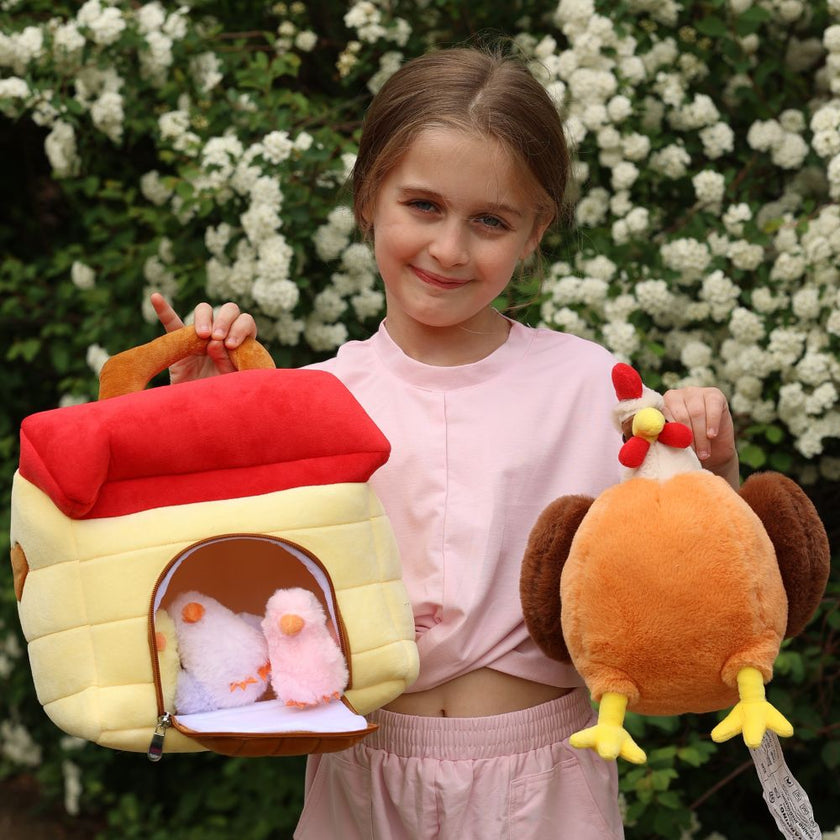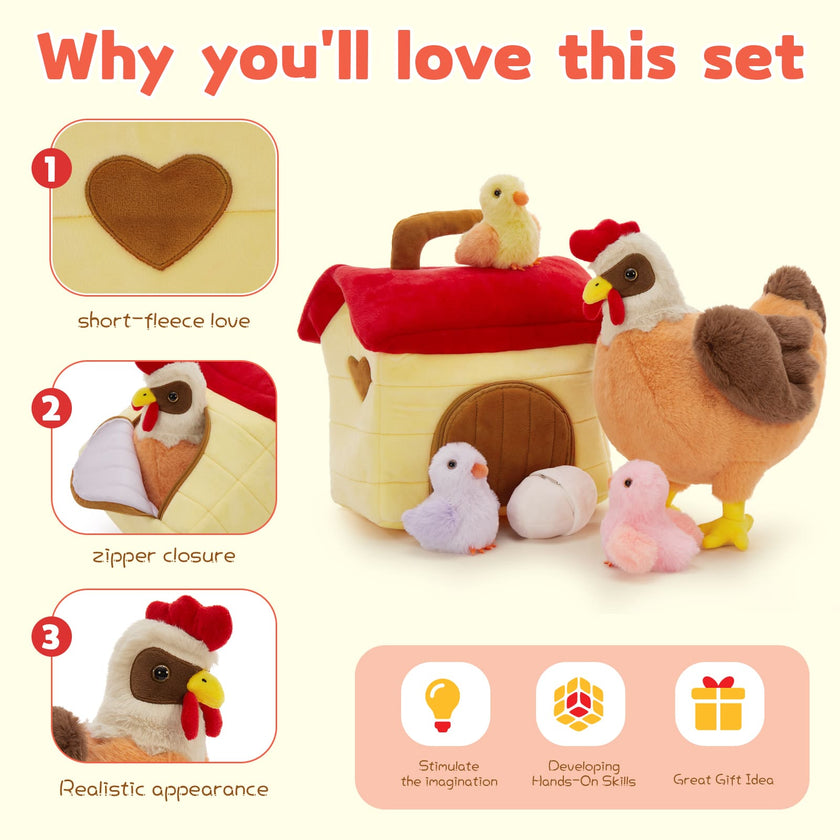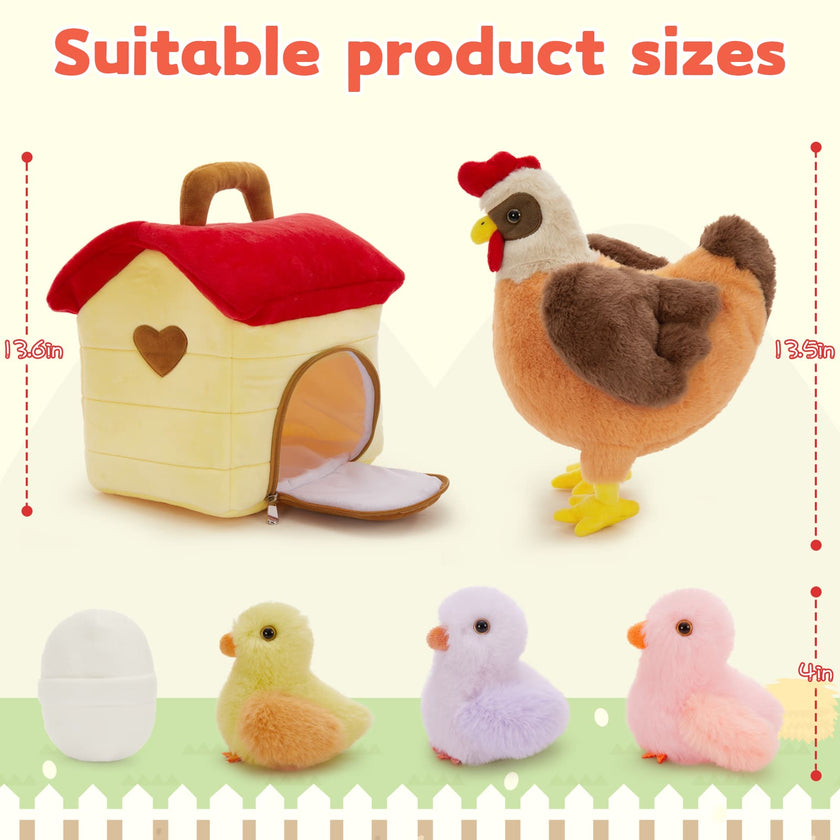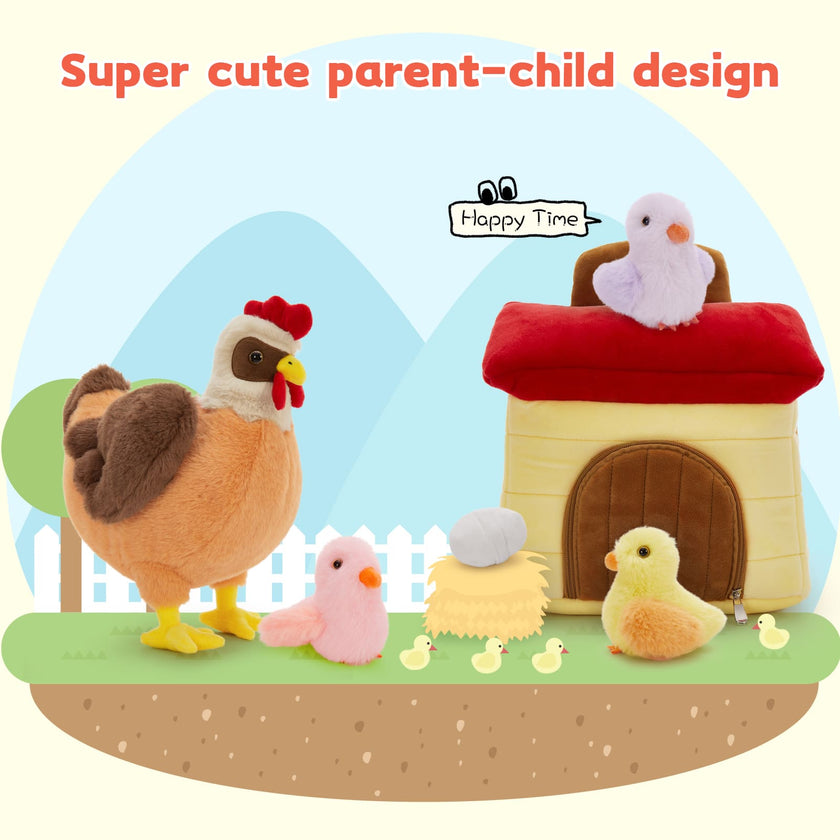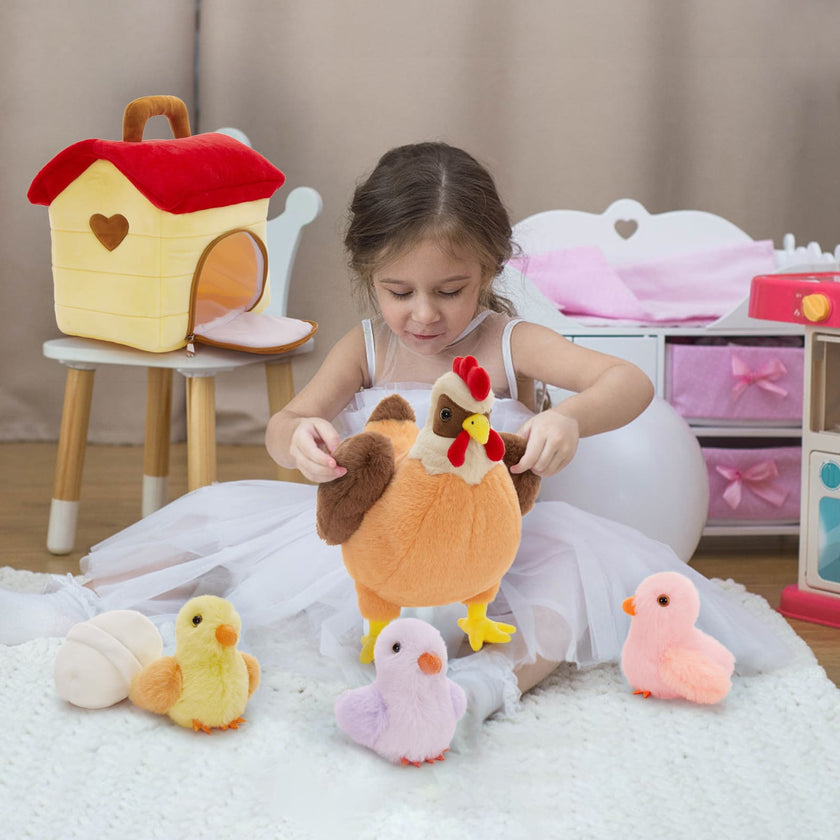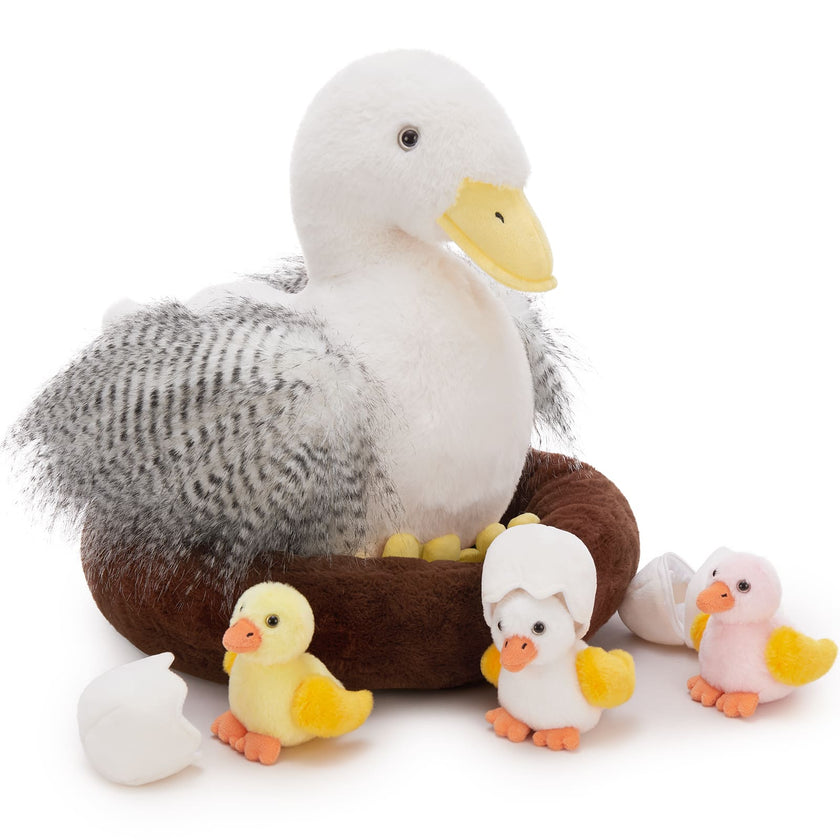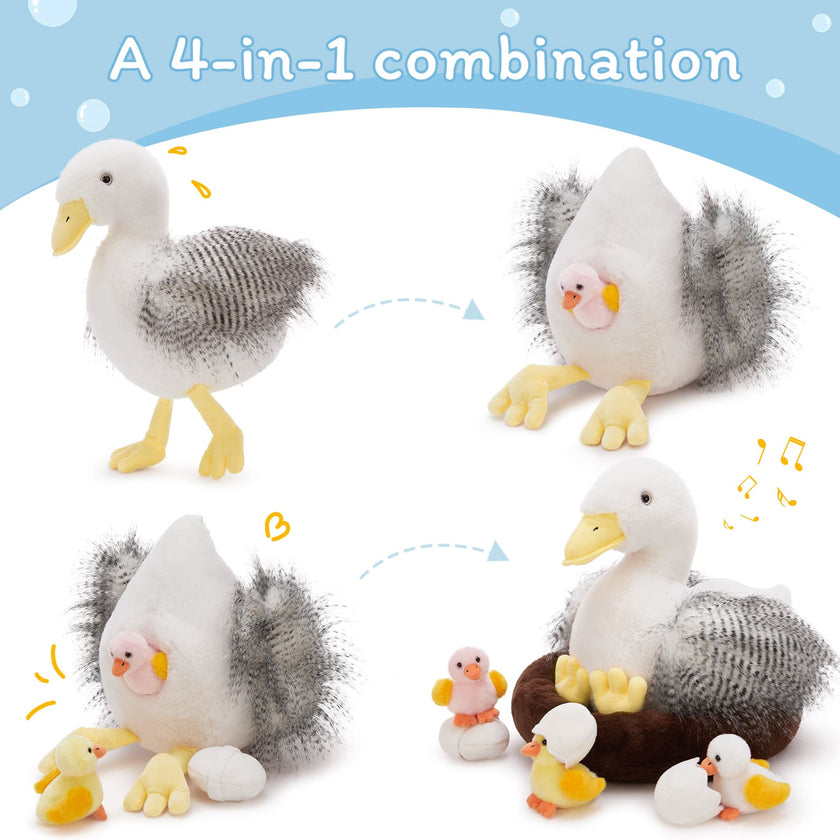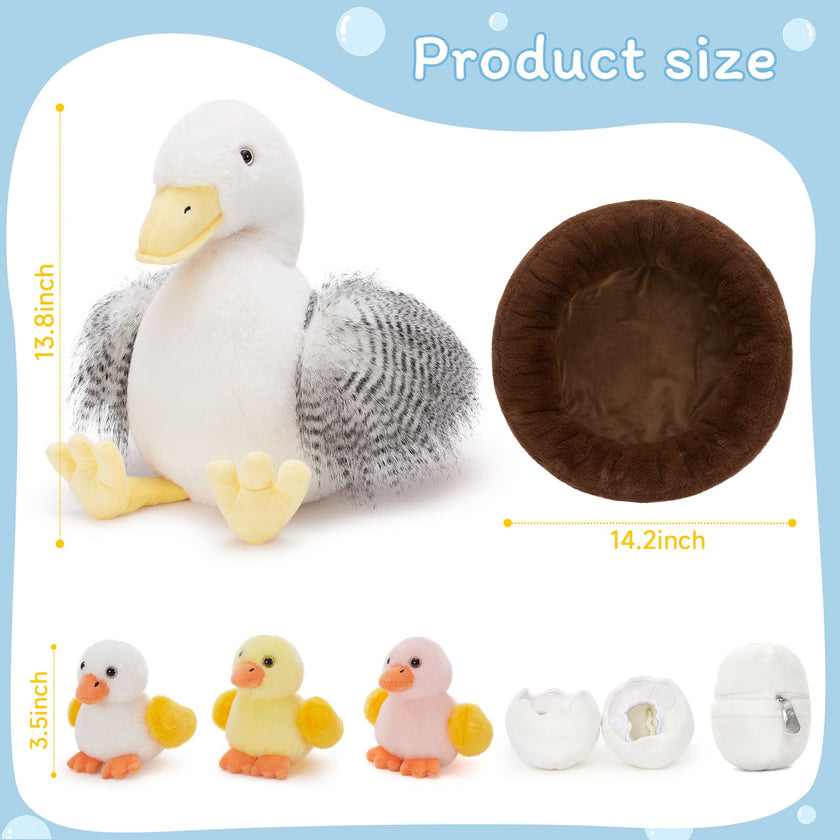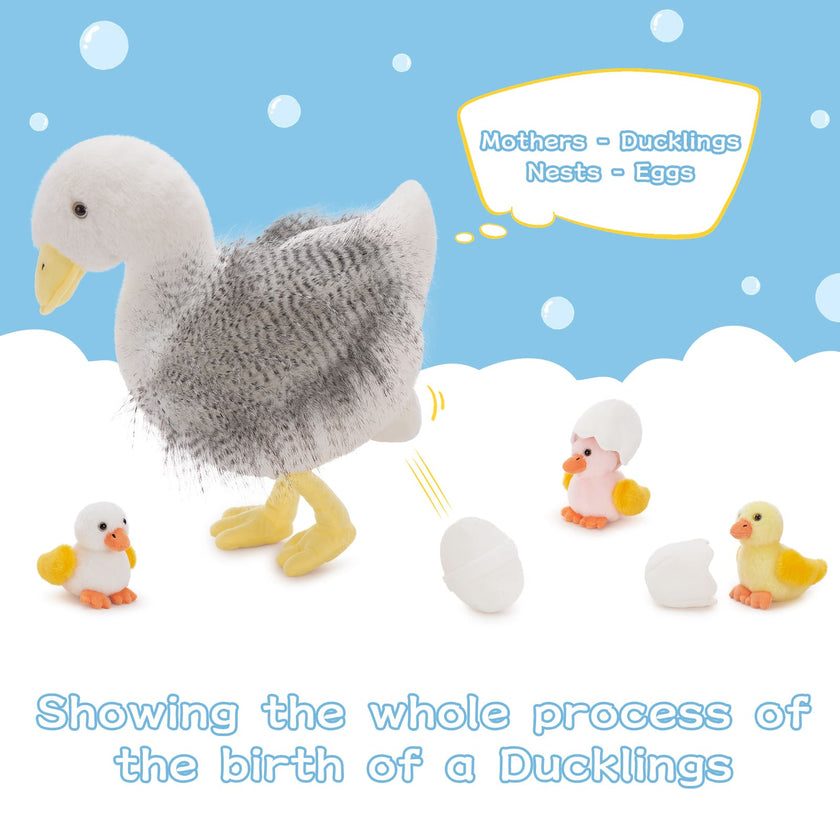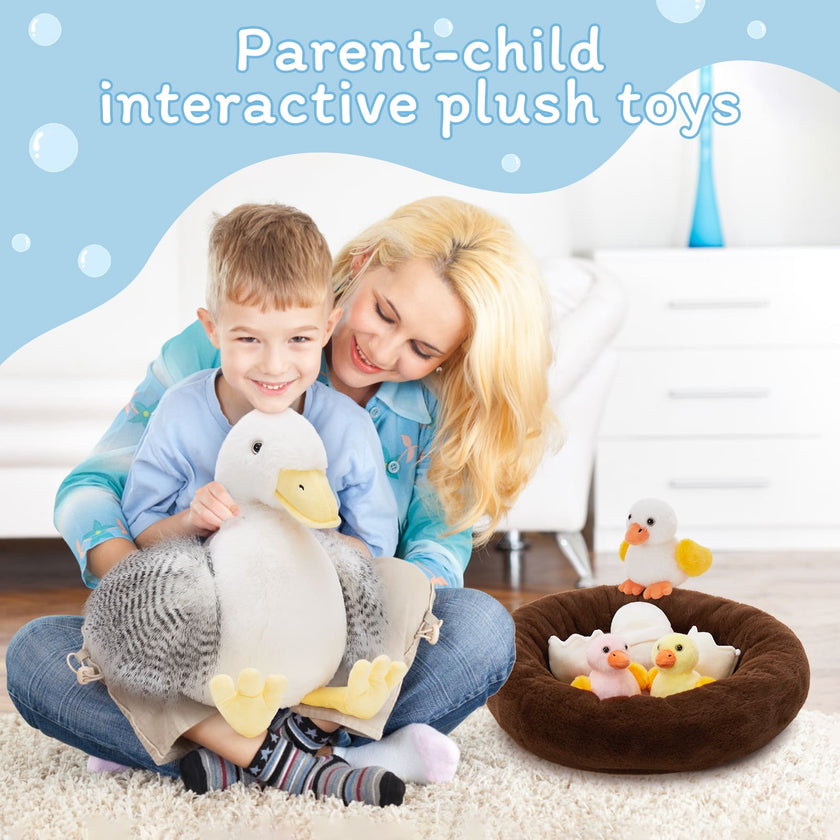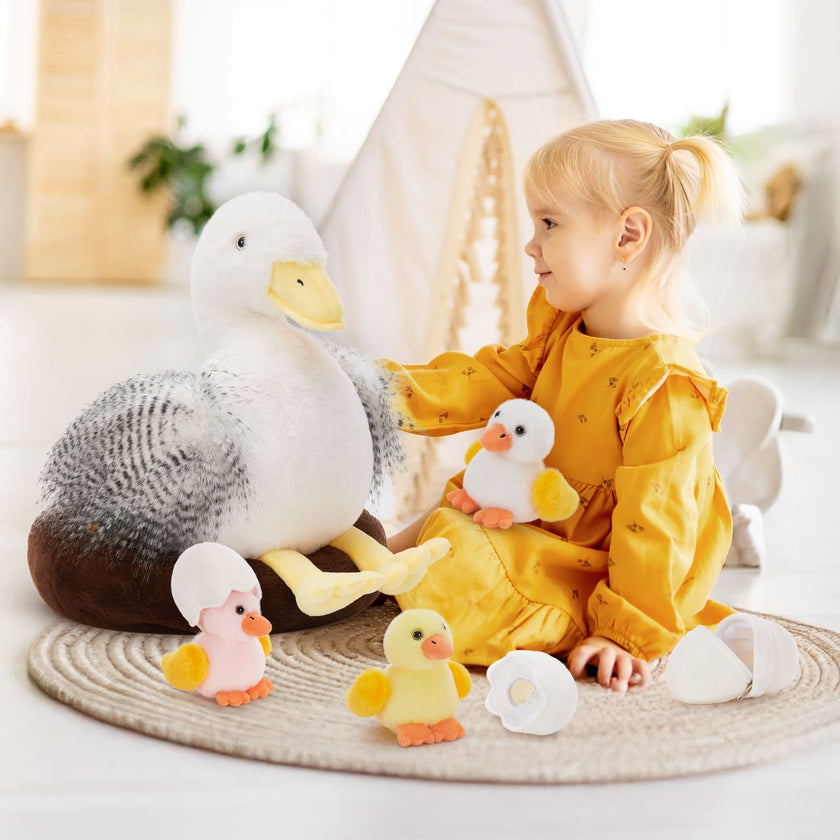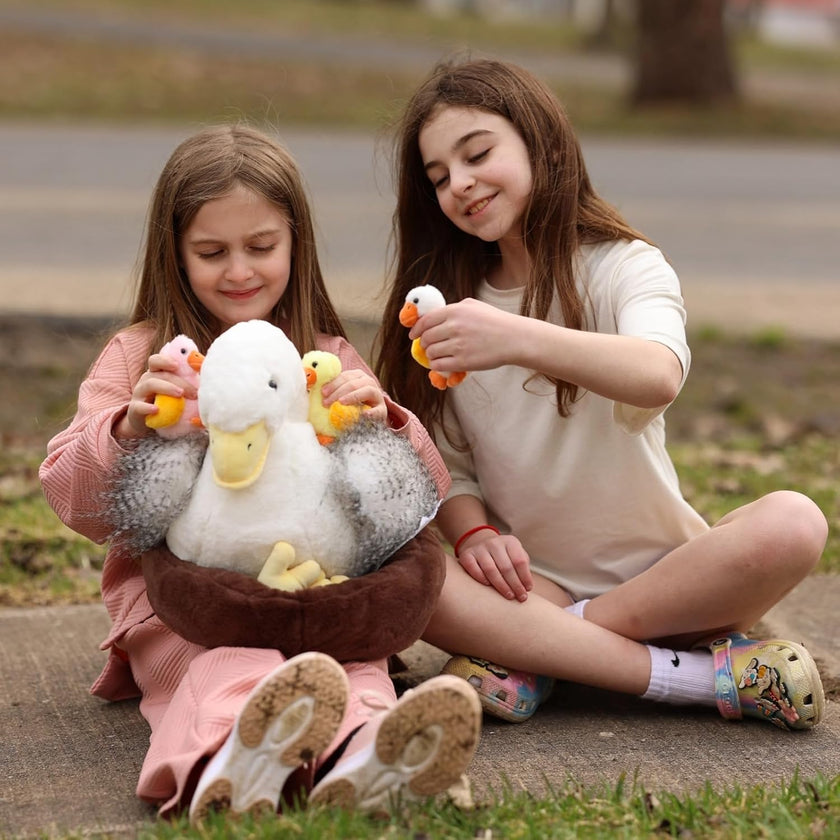Stuffed animals aren’t just toys—they’re beloved companions. Over time, constant cuddles, play, and travel can leave them with loose seams, missing stuffing, or worn-out fabric. The good news? With the right techniques, you can repair your plush friends and give them a second life.
This guide will walk you through how to repair stuffed animals step by step, whether you’re fixing a small tear, replacing stuffing, or tackling a major restoration project.
Why Repair Stuffed Animals Instead of Replacing Them?
- Emotional Value: Many plushies are lifelong companions, making repair more meaningful than replacement.
- Sustainability: Restoring instead of discarding reduces waste and extends the life of textiles.
- Cost-Effective: DIY repairs are often cheaper than buying a new toy.
- Unique Character: A repaired stuffed animal often has more charm, carrying its history proudly.
Common Stuffed Animal Repairs
- Seam Tears – Loose seams along the arms, legs, or belly.
- Loss of Stuffing – Flattened or misshapen plush toys.
- Detached Parts – Missing limbs, ears, tails, or noses.
- Surface Damage – Holes, fabric thinning, or worn fur.
- Accessory Issues – Broken eyes, noses, or clothing.
Tools & Supplies You’ll Need
Before you begin, gather:
- Sewing needles (preferably curved for tricky angles)
- Strong polyester or nylon thread (matches fabric color)
- Fabric scissors
- Seam ripper (for old stitches)
- Replacement stuffing (polyester fiberfill, cotton, or recycled stuffing)
- Fabric patches (matching or contrasting)
- Safety eyes/noses (if needed)
- Pins or clips for holding fabric in place
- Washable marker or chalk for marking repair areas
Step-by-Step: How to Repair Stuffed Animals
1. Assess the Damage
Inspect your plushie under good lighting. Identify:
- Where seams have torn
- Whether stuffing is missing
- If the fabric is salvageable or needs a patch
Take photos if needed so you can track progress.
2. Clean Before Repair
A clean toy is easier to work on and safer for sewing.
- Spot Clean with mild soap and water for small stains.
- Hand-wash delicate or older plushies.
- Machine Wash (Gentle Cycle) only if the tag allows.
Make sure the stuffed animal is completely dry before repairing.
3. Fixing Seams
- Thread your needle with strong, matching thread.
- Use a ladder stitch (invisible stitch) for hidden seams.
- Knot securely inside the toy so knots don’t show.
- For larger tears, reinforce with a whip stitch on the inside.
4. Restuffing Your Plushie
If your stuffed animal feels flat:
- Open a seam carefully with a seam ripper.
- Add polyester fiberfill evenly.
- Avoid overstuffing—keep it soft but firm.
- Close the seam with a ladder stitch.
5. Repairing Holes & Worn Fabric
For fabric damage:
- Cut a small patch from matching fabric.
- Place the patch inside the toy and stitch around the hole.
- For visible repairs, use contrasting fabric for a “customized” look.
6. Reattaching Limbs, Ears, or Tails
- Pin the detached piece in place.
- Use a strong thread and secure stitches around the joint.
- For added durability, sew in a circular pattern.
7. Replacing Eyes & Noses
- Remove damaged plastic eyes or noses with small pliers.
- Insert new safety eyes/noses through the fabric.
- If the original style isn’t available, consider embroidered replacements for safety and durability.
Pro Tips for Plush Toy Repair
- Use doll needles for thicker stuffed animals.
- Always double-knot your thread.
- Store leftover fabric scraps for future patches.
- For valuable or antique toys, consult a professional stuffed animal hospital.
When to Call a Professional
If your stuffed animal is vintage, fragile, or has sentimental value beyond DIY confidence, professional services exist that specialize in plush restoration. They can replace fur, restore shape, and even preserve original stitching.
Final Thoughts
Learning how to repair stuffed animals is not only practical but also deeply rewarding. Every stitch restores more than fabric—it preserves the memories and comfort tied to your plush companion. Whether you’re fixing a small seam or fully rebuilding a childhood favorite, the process ensures your stuffed animal continues to bring joy for years to come.

